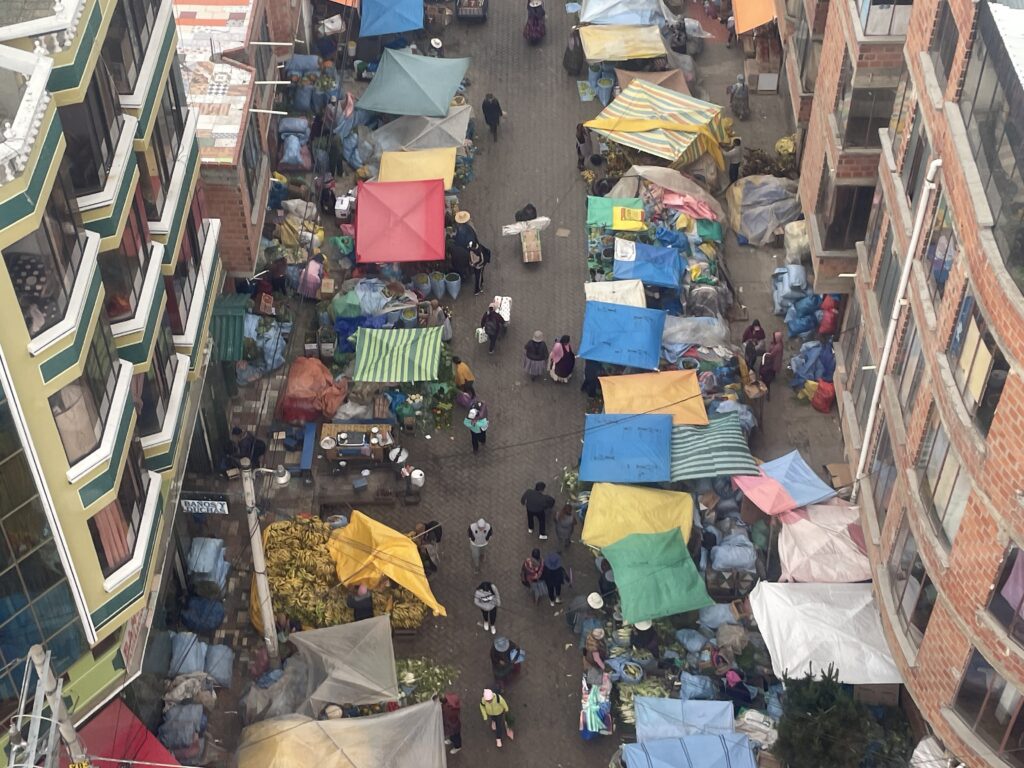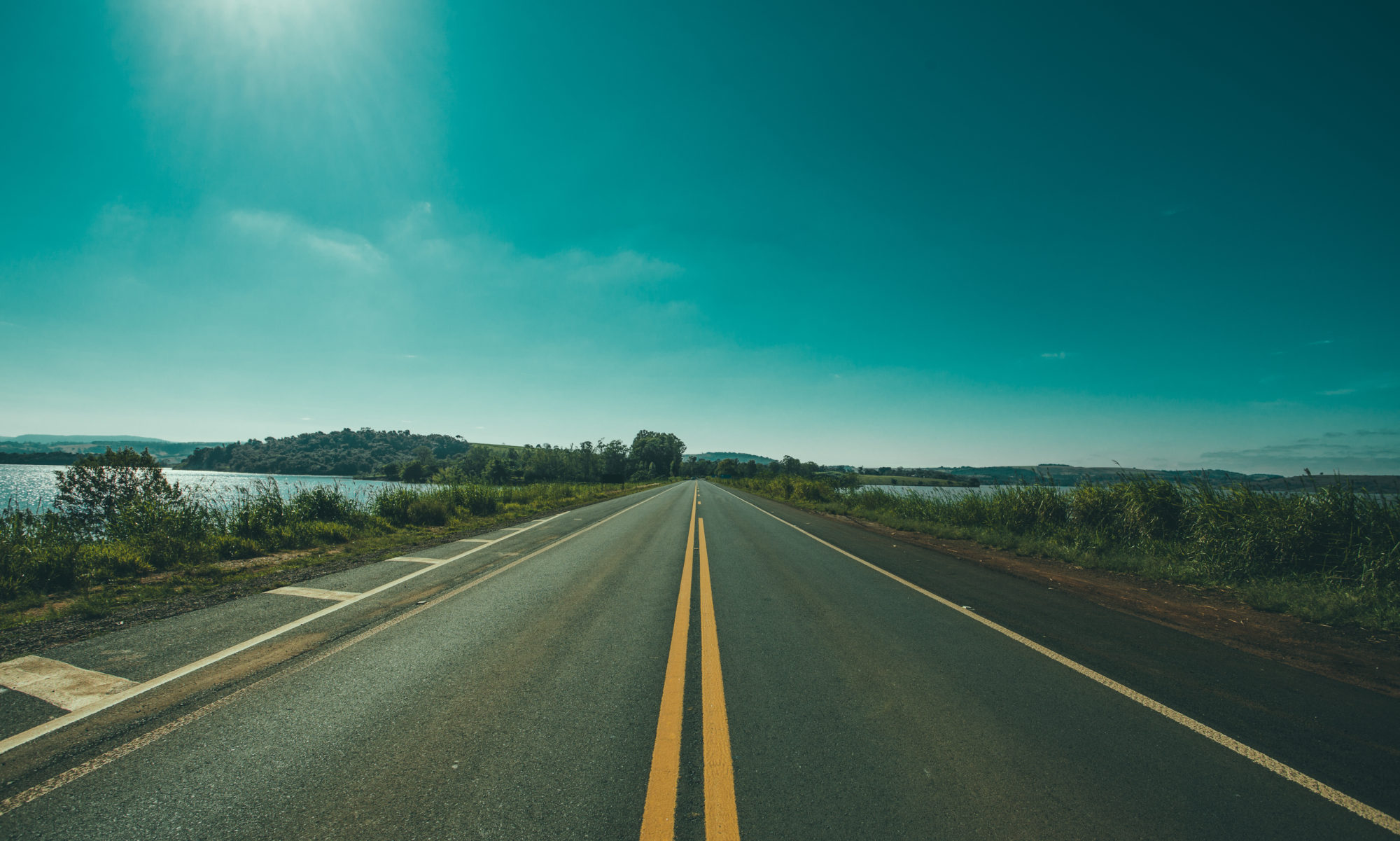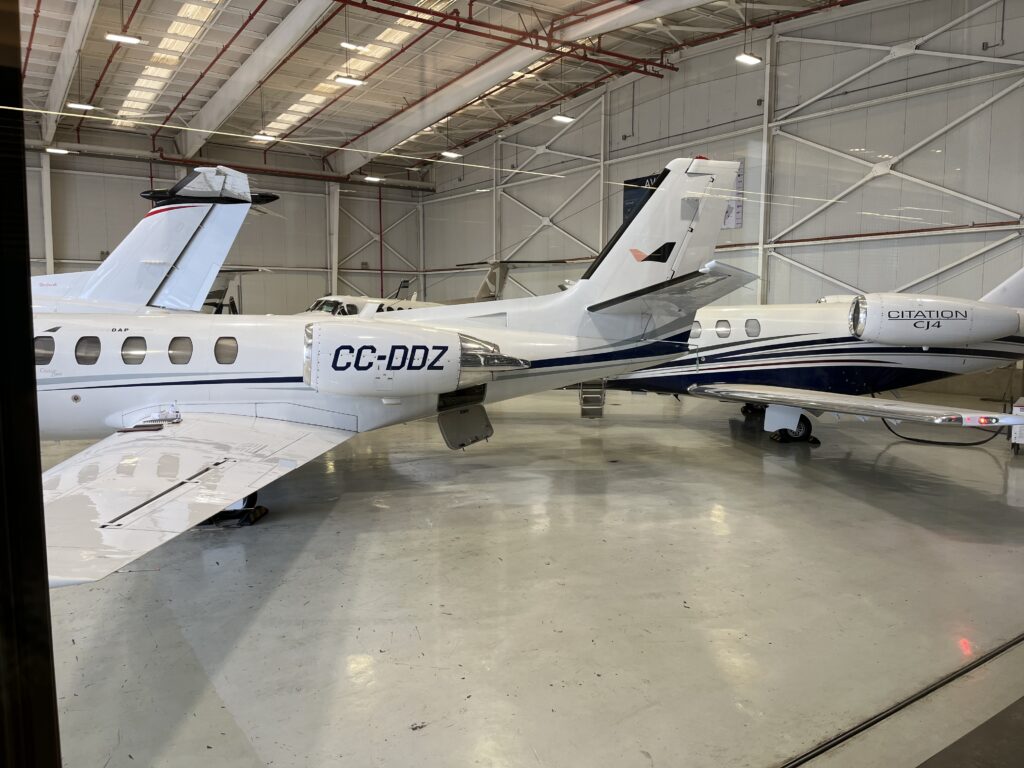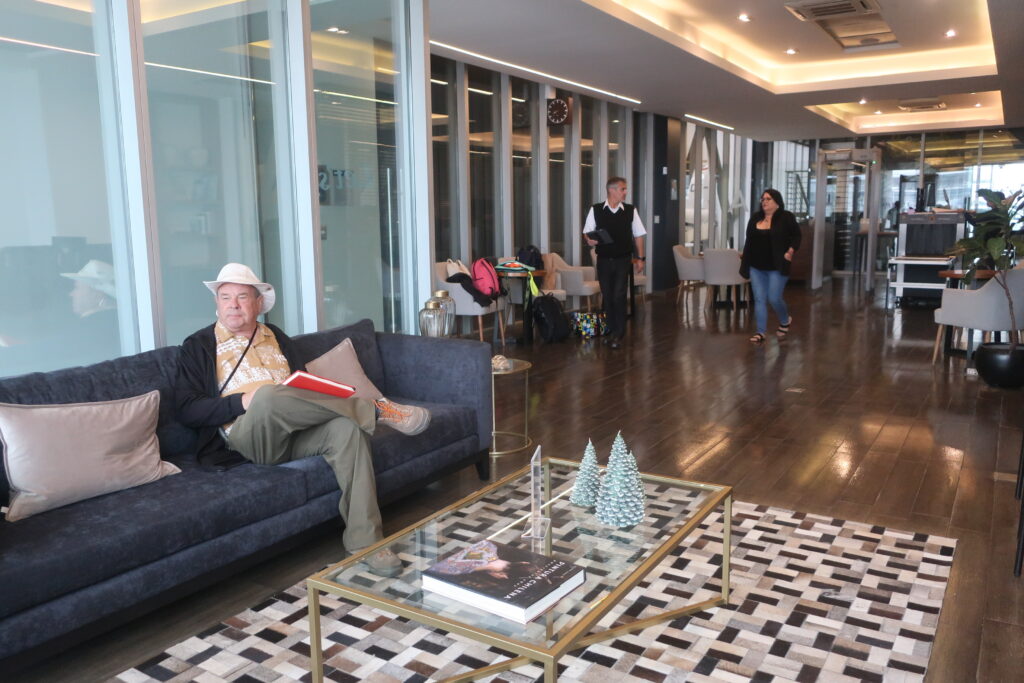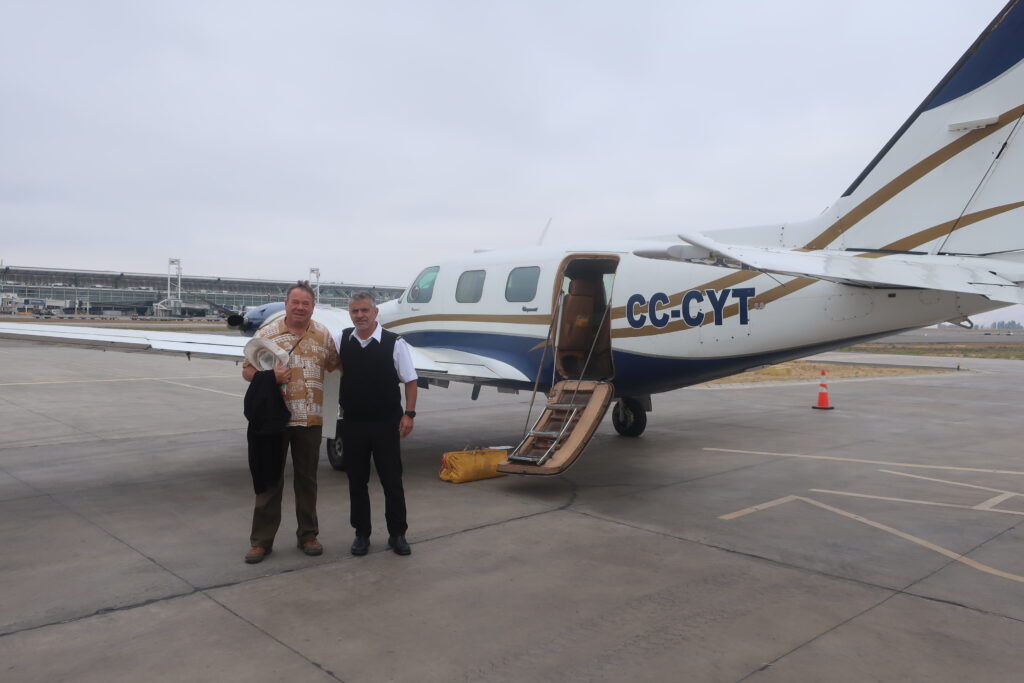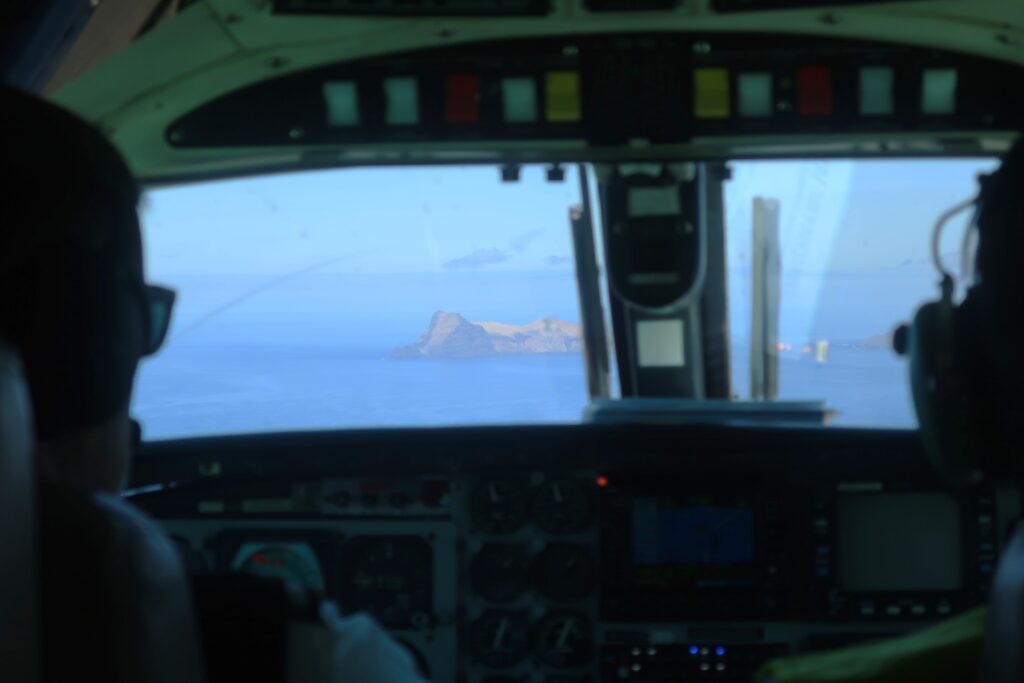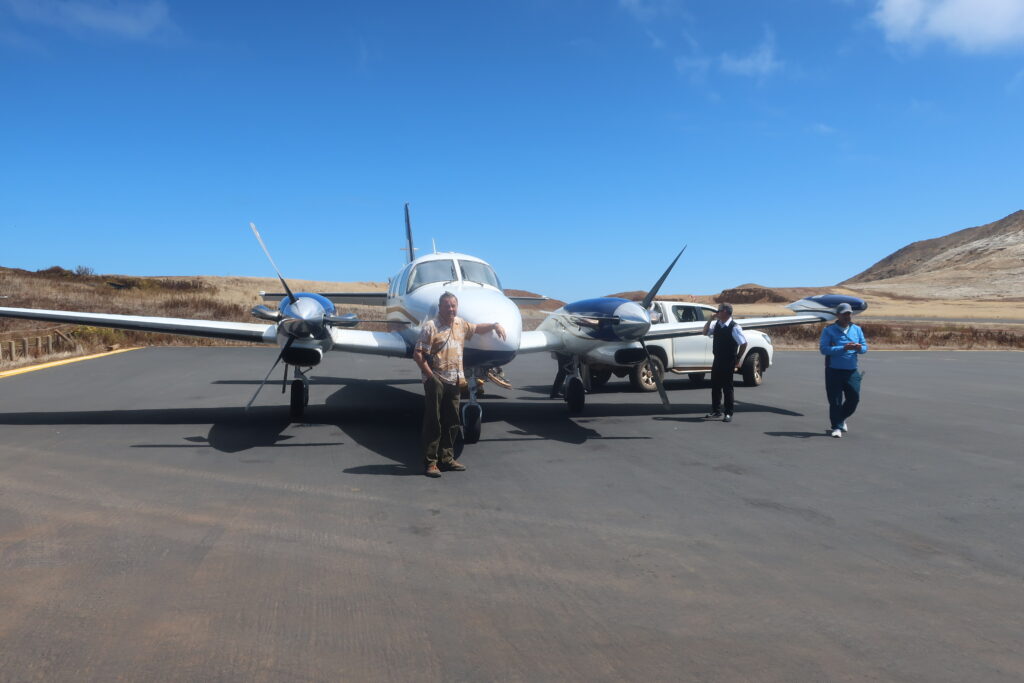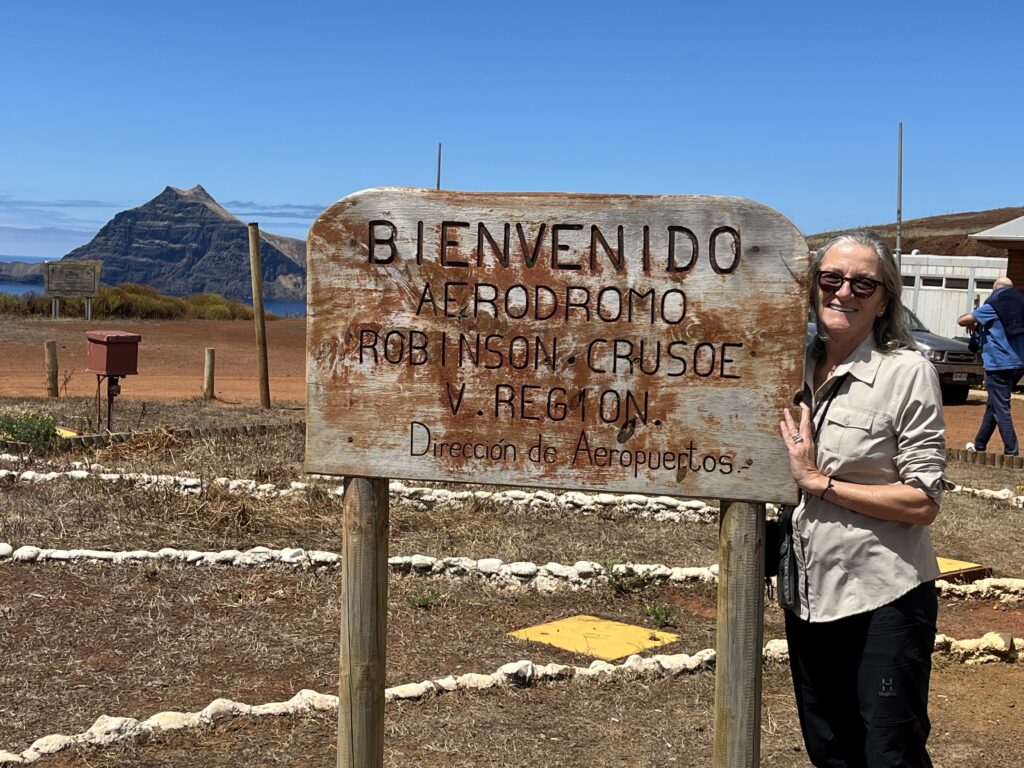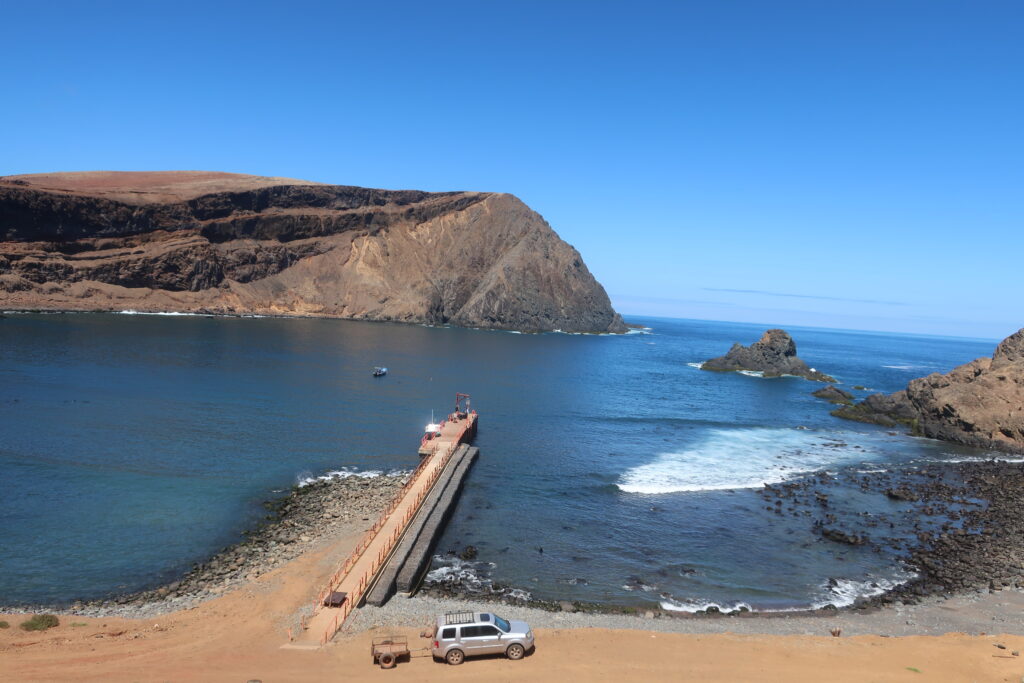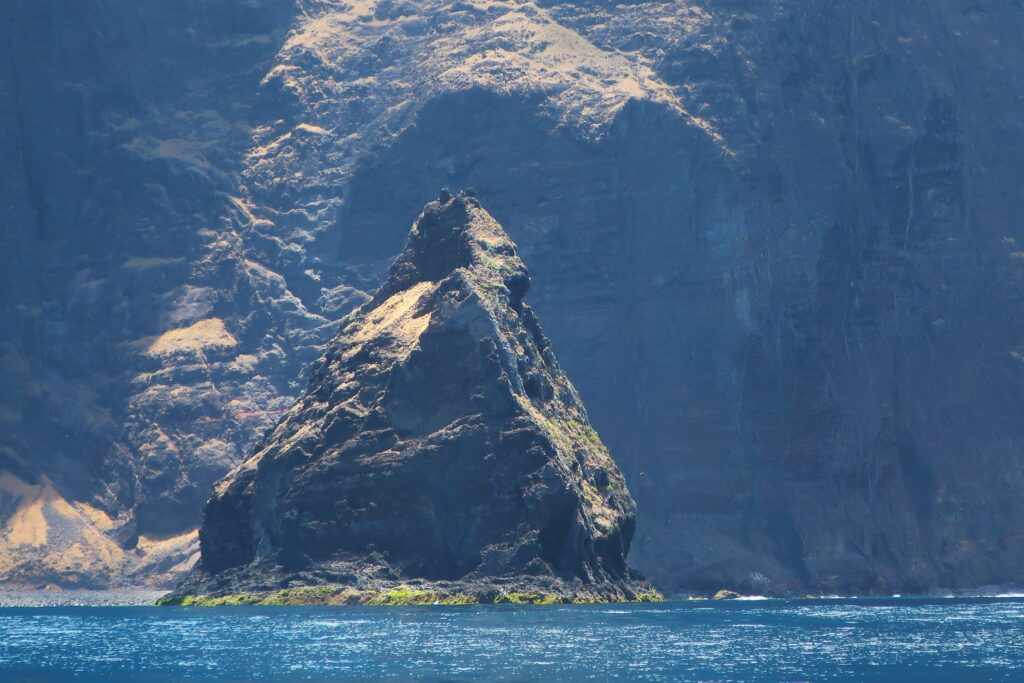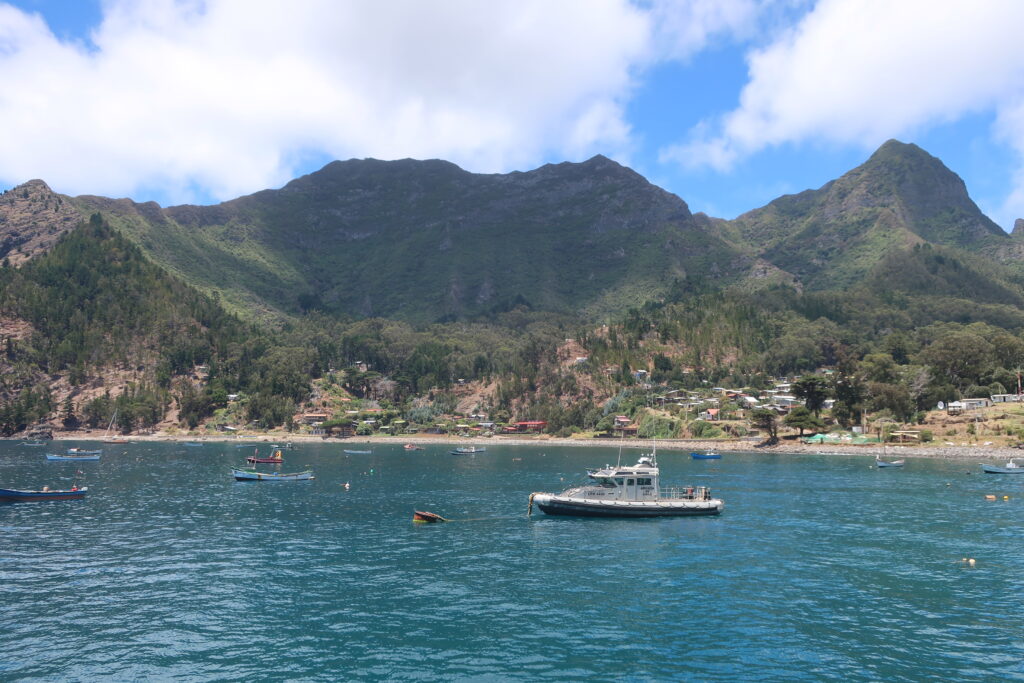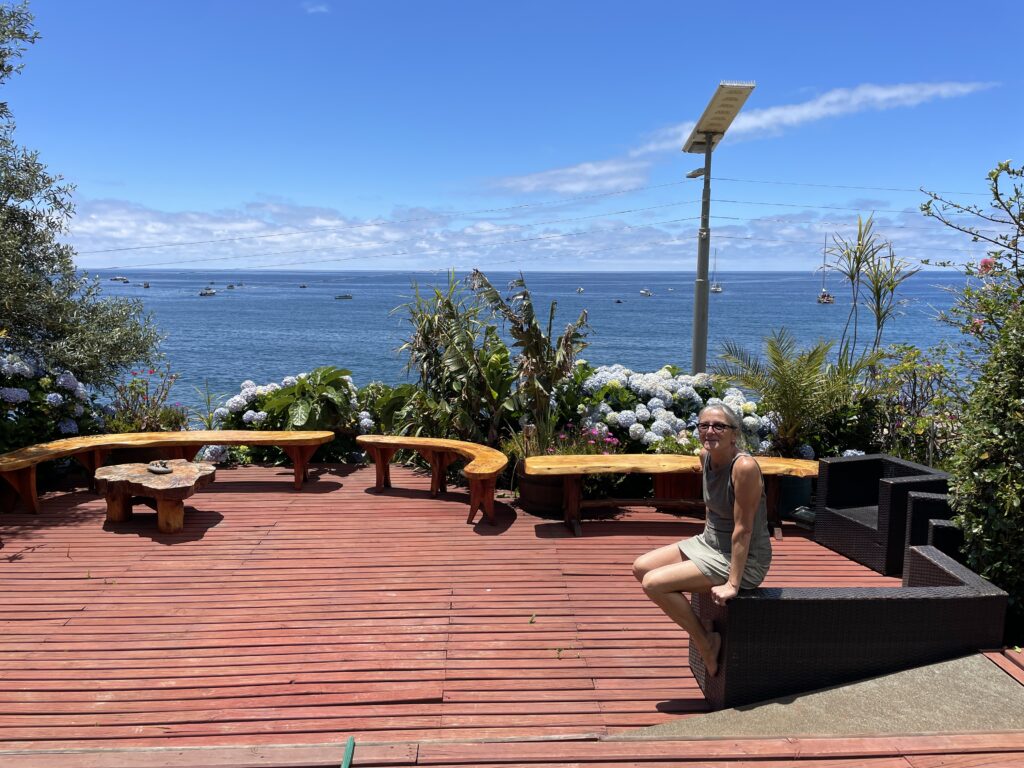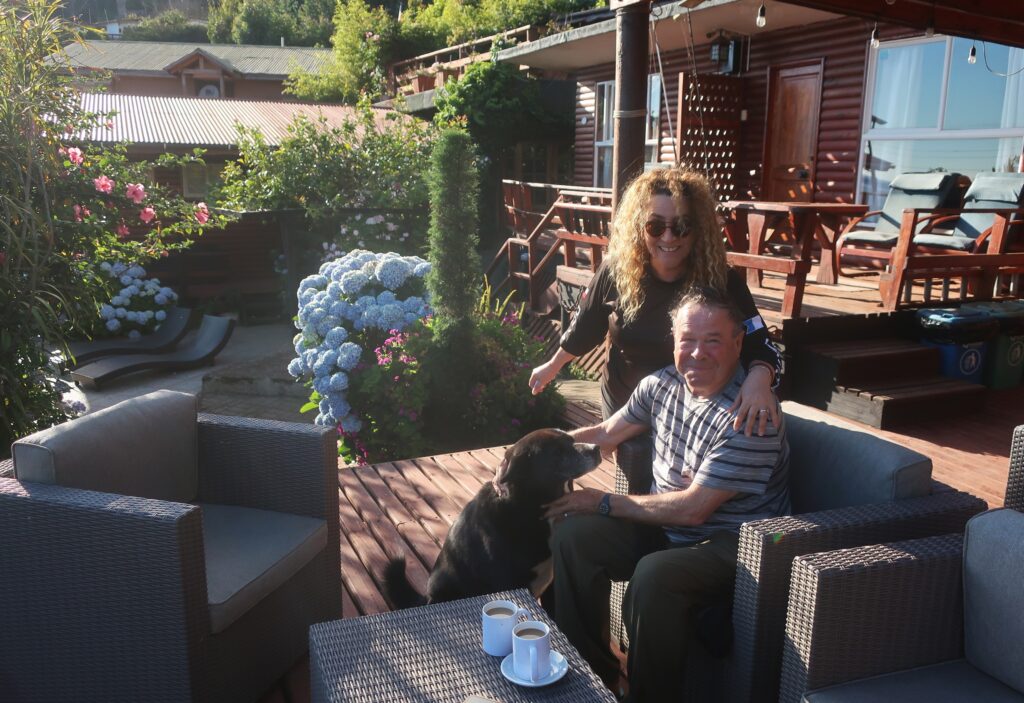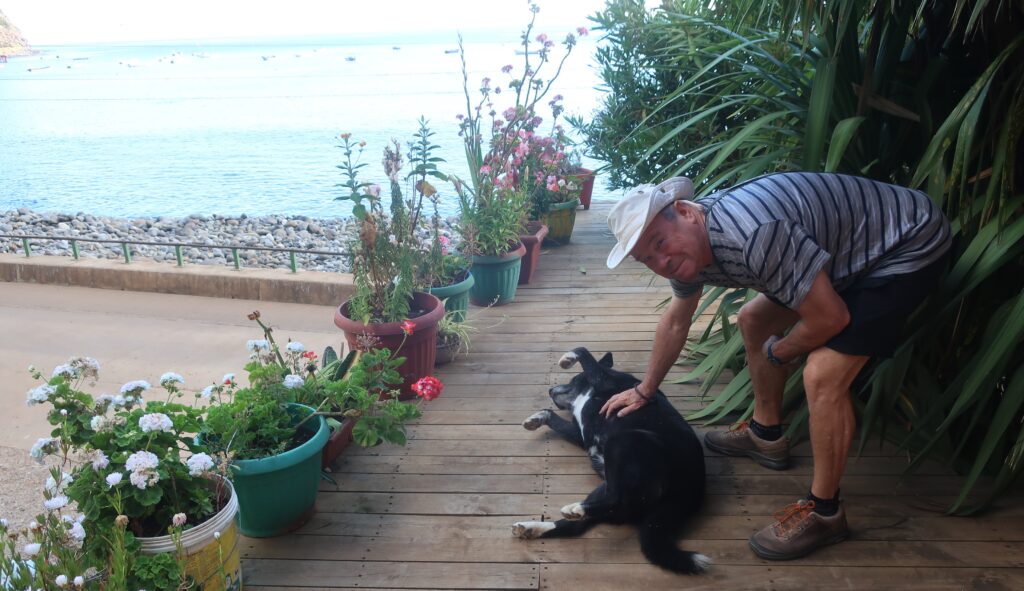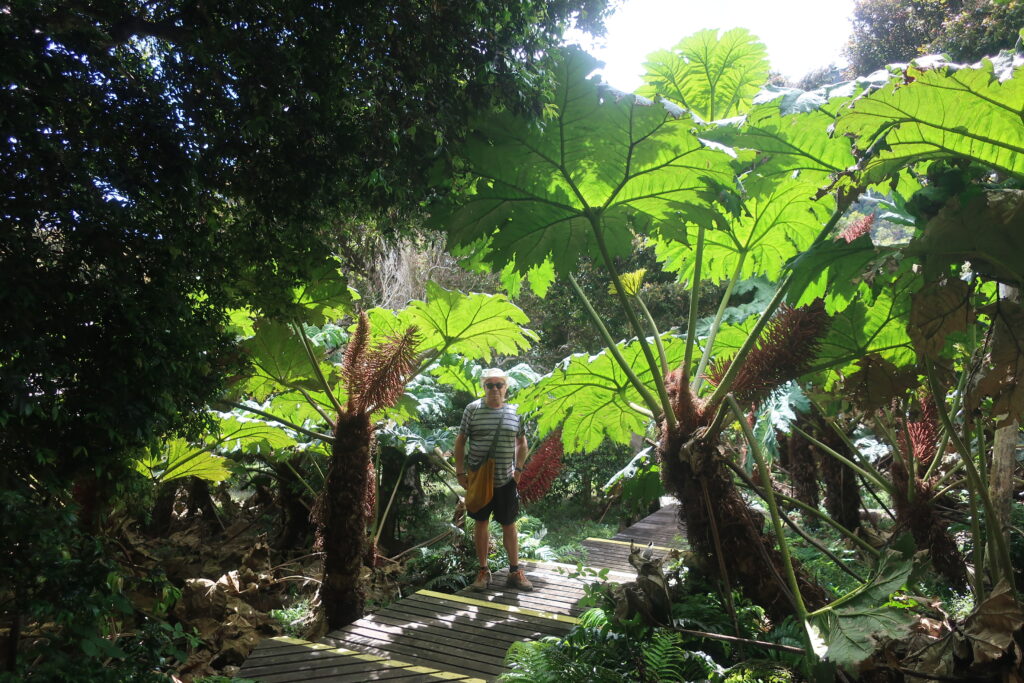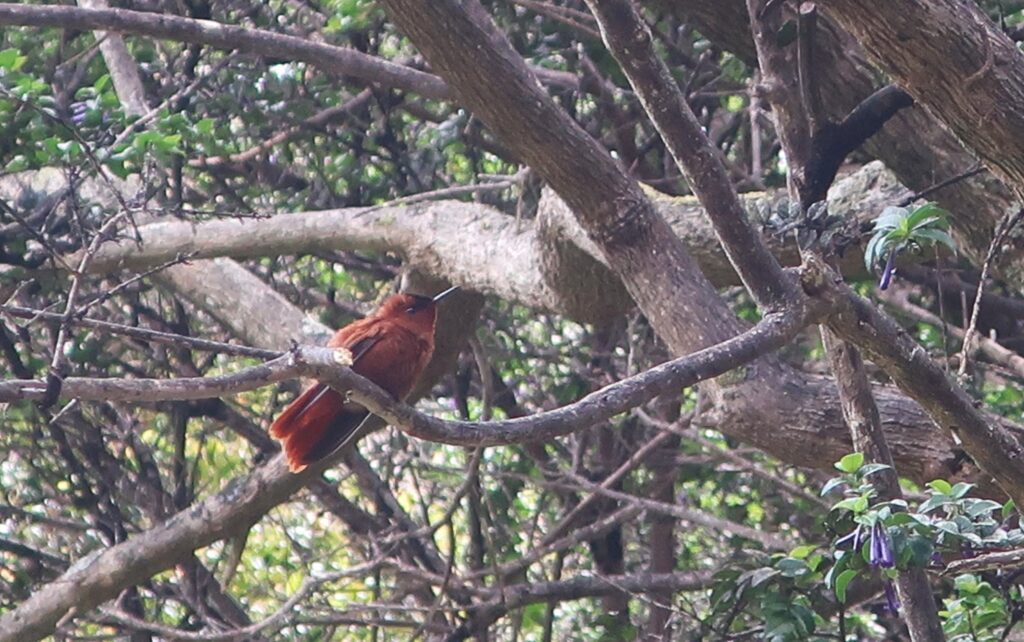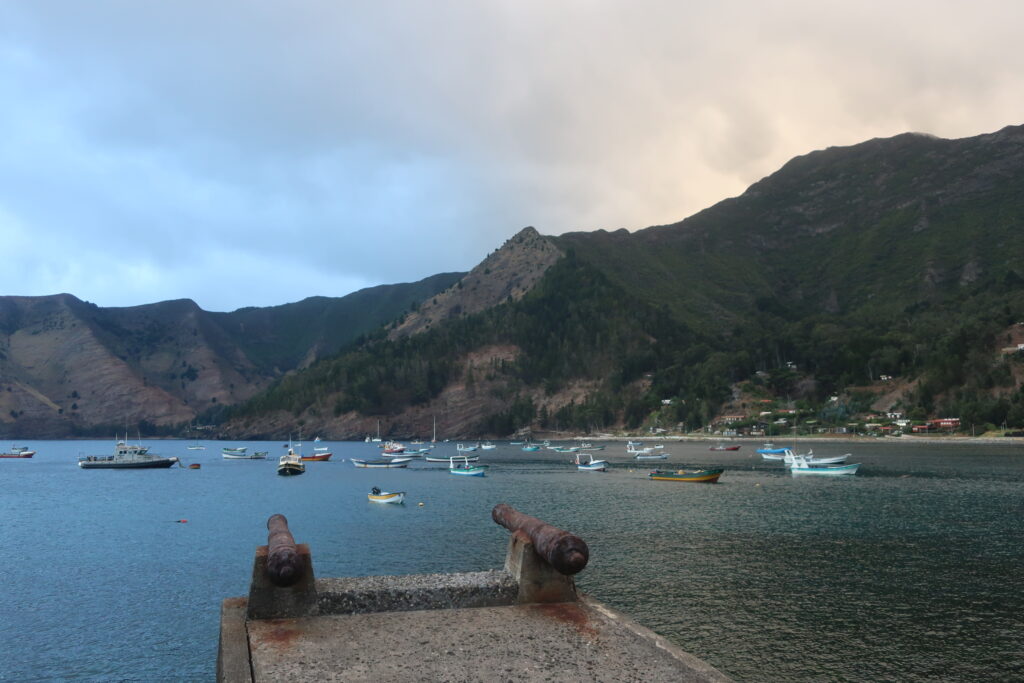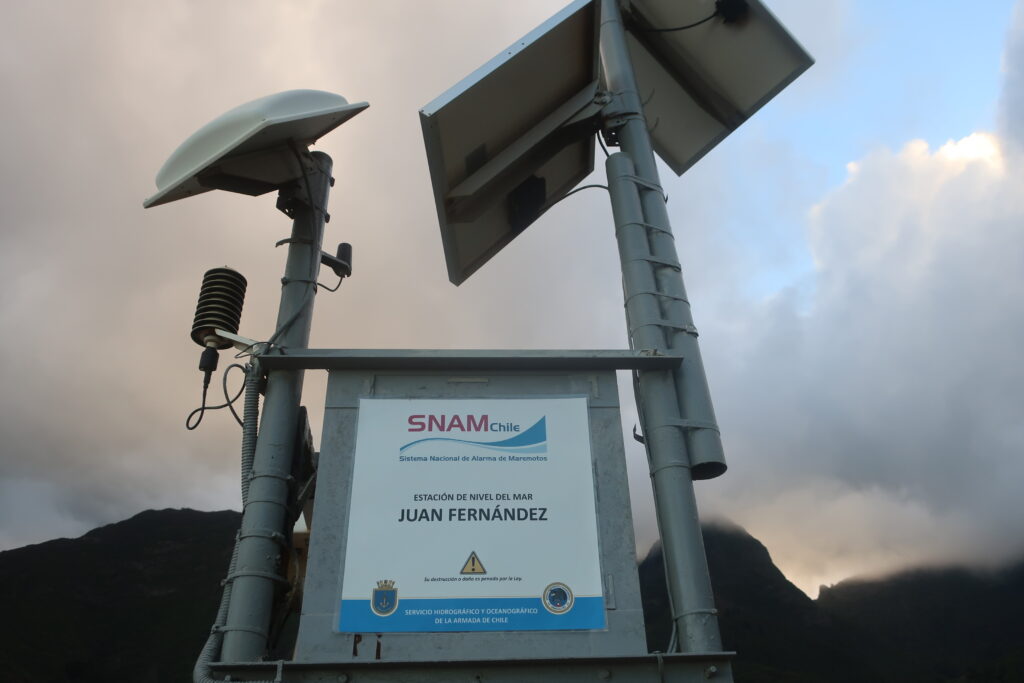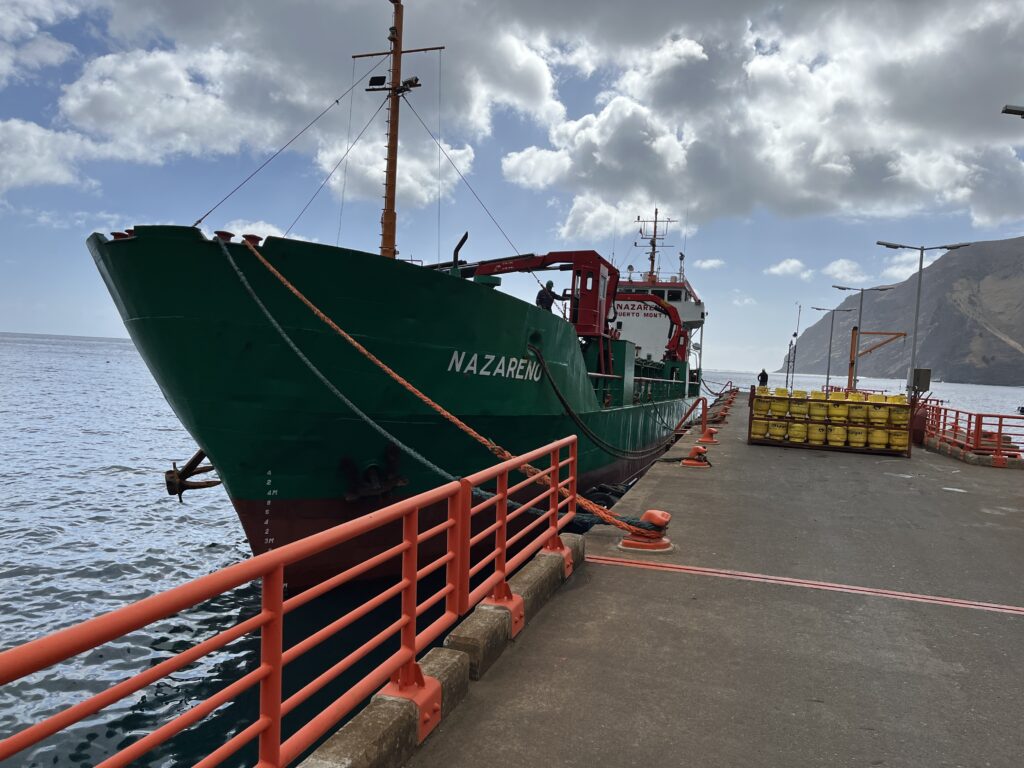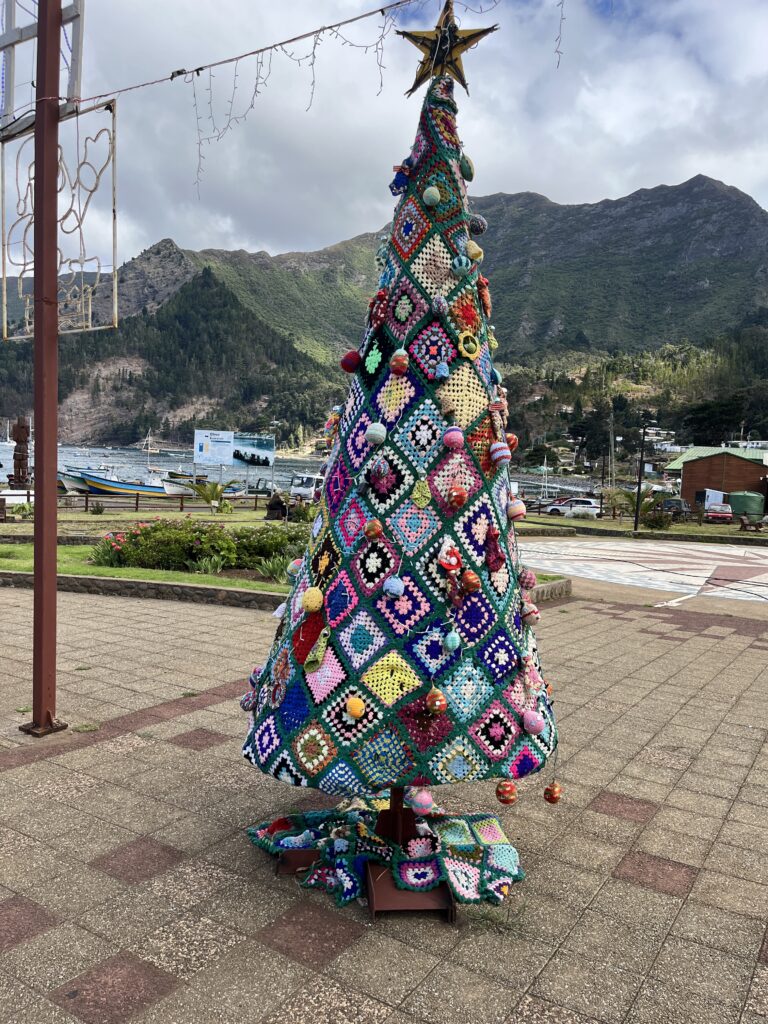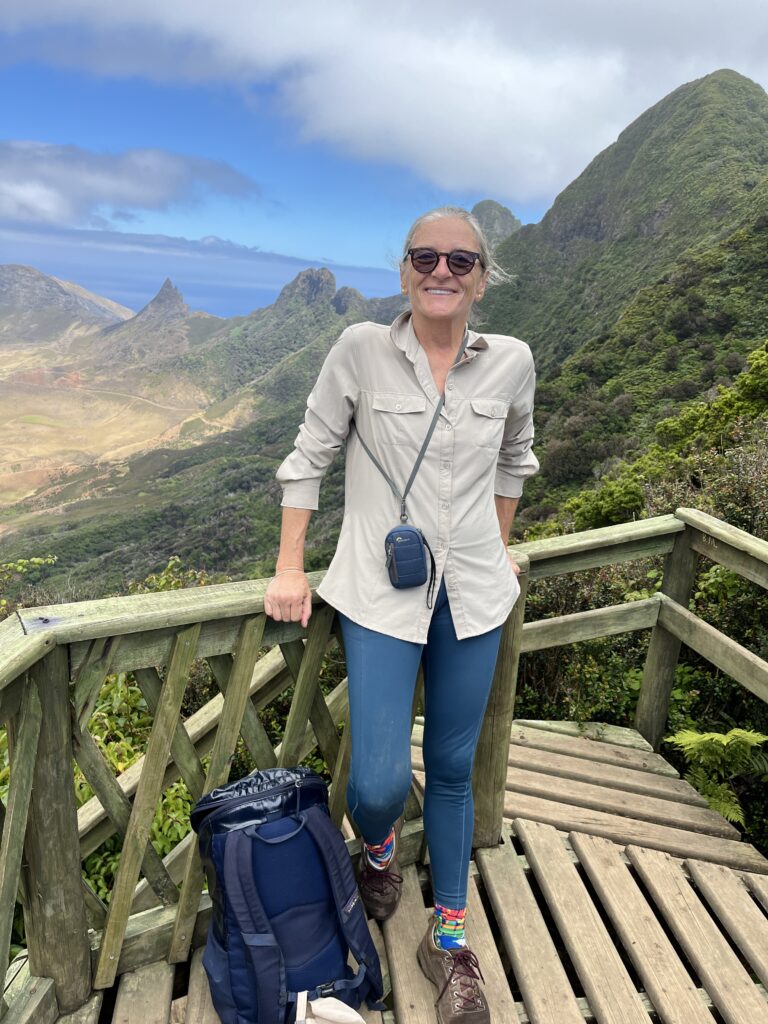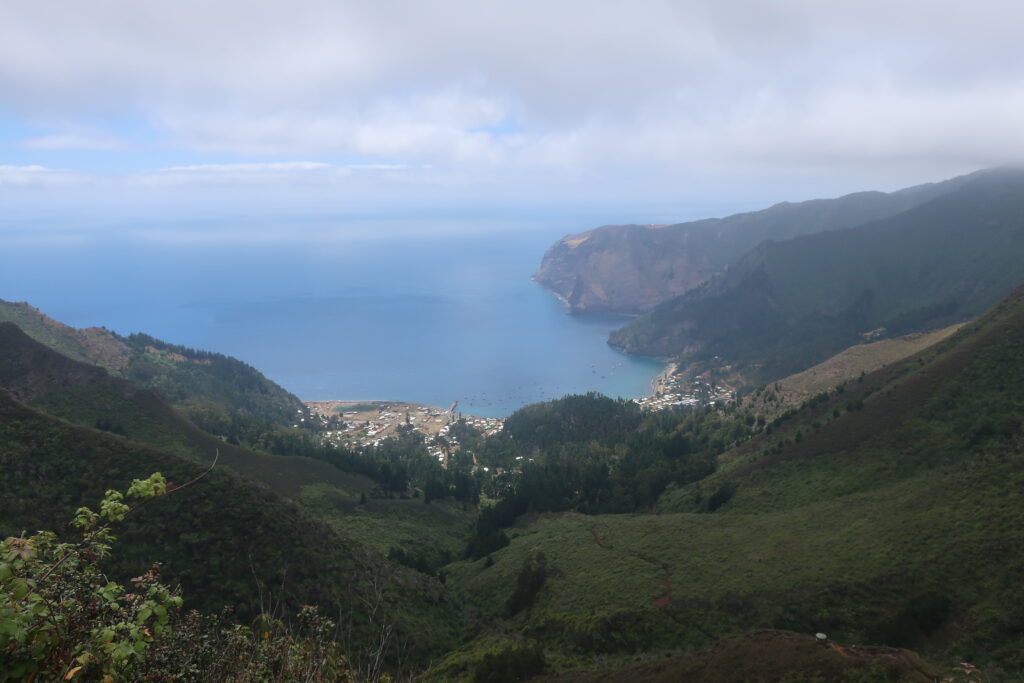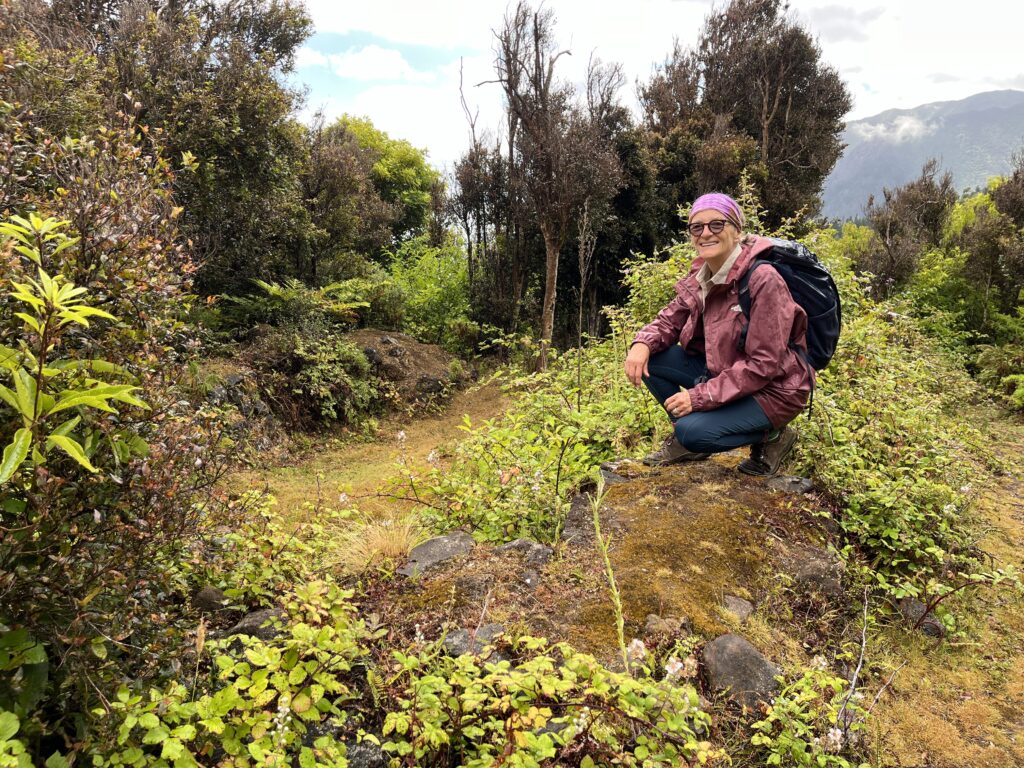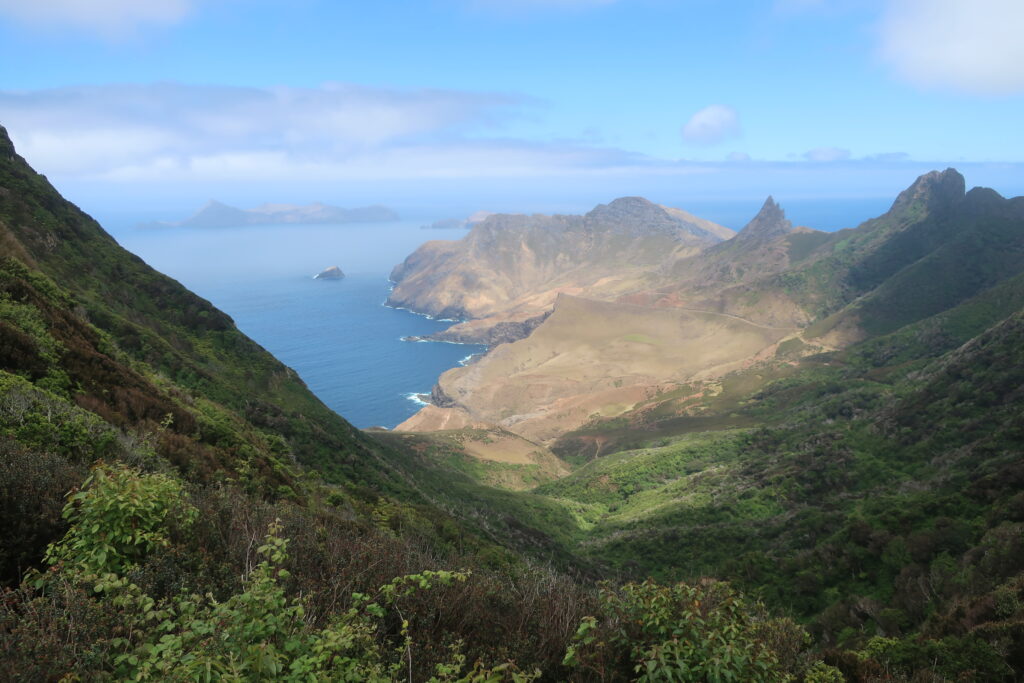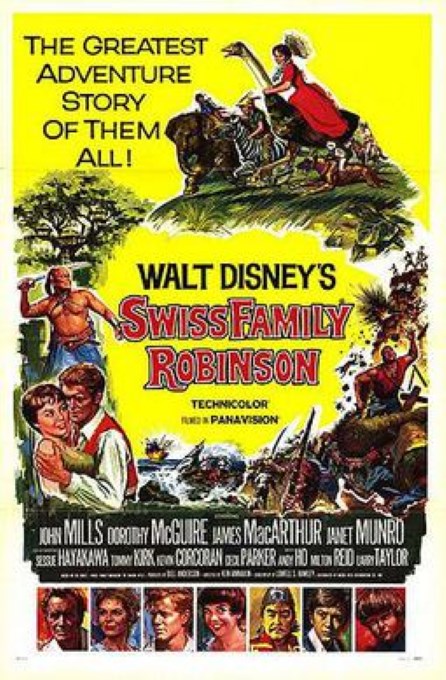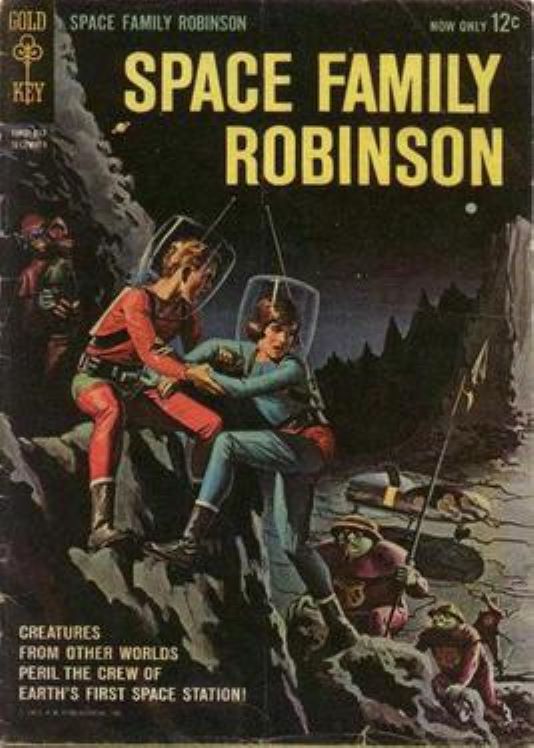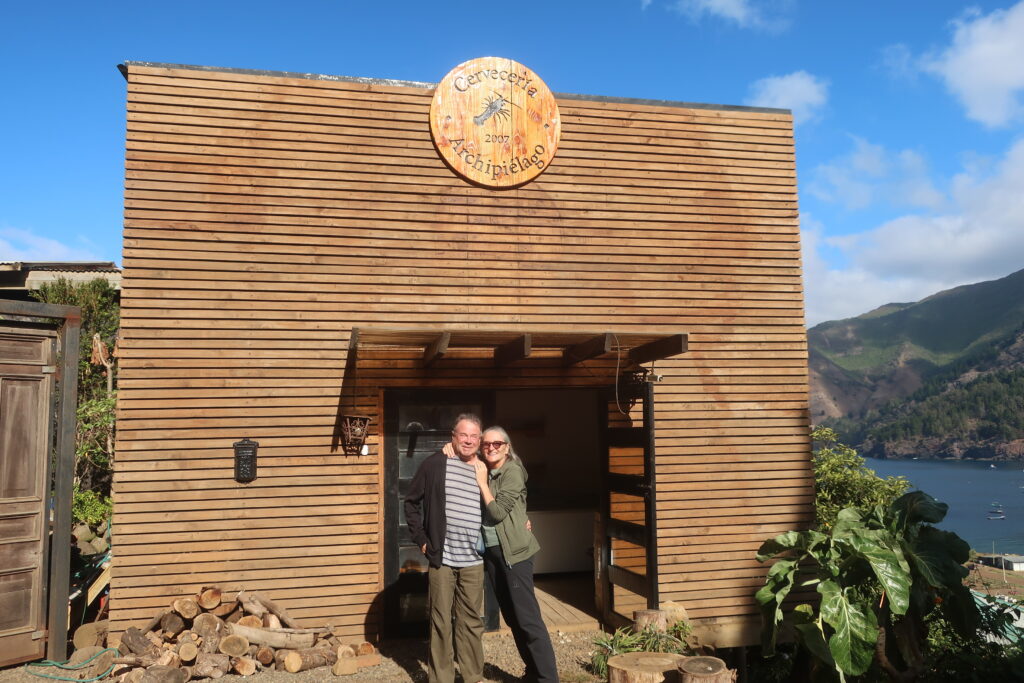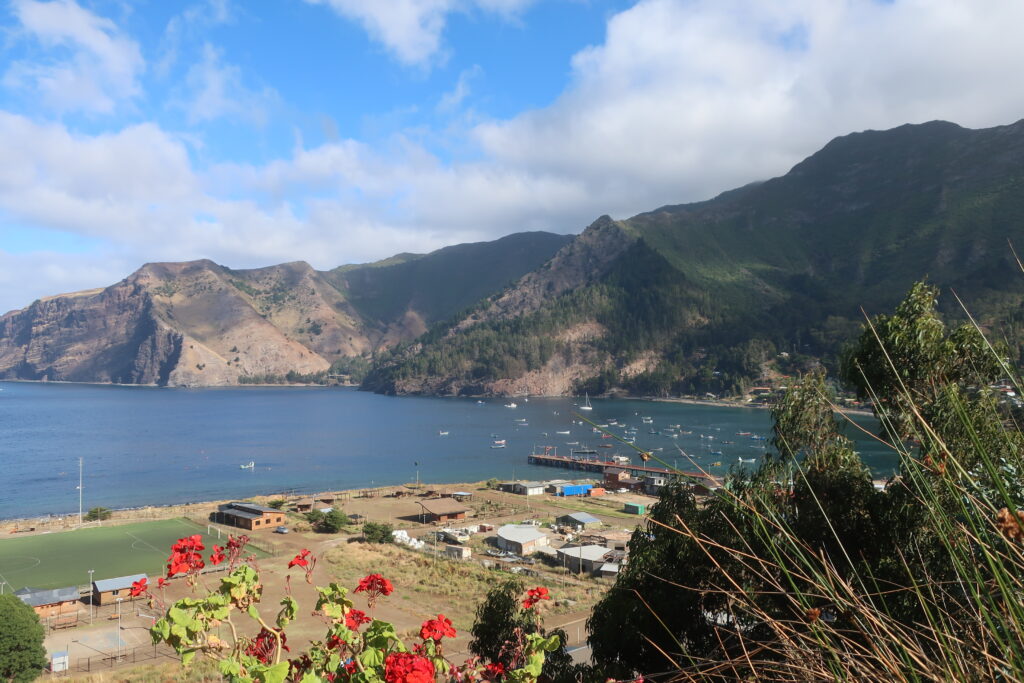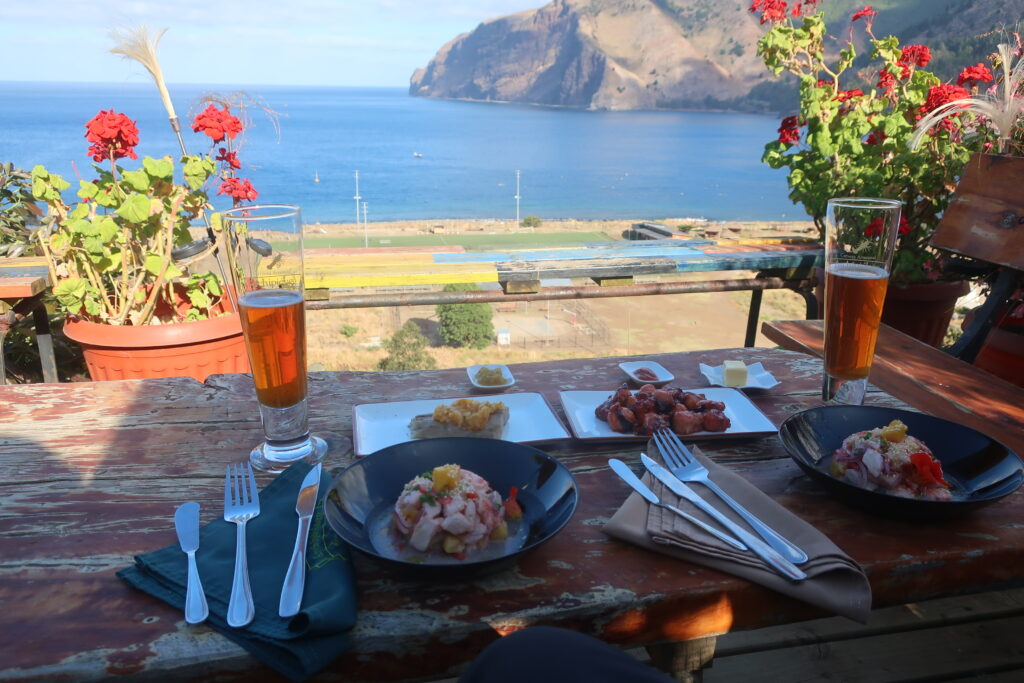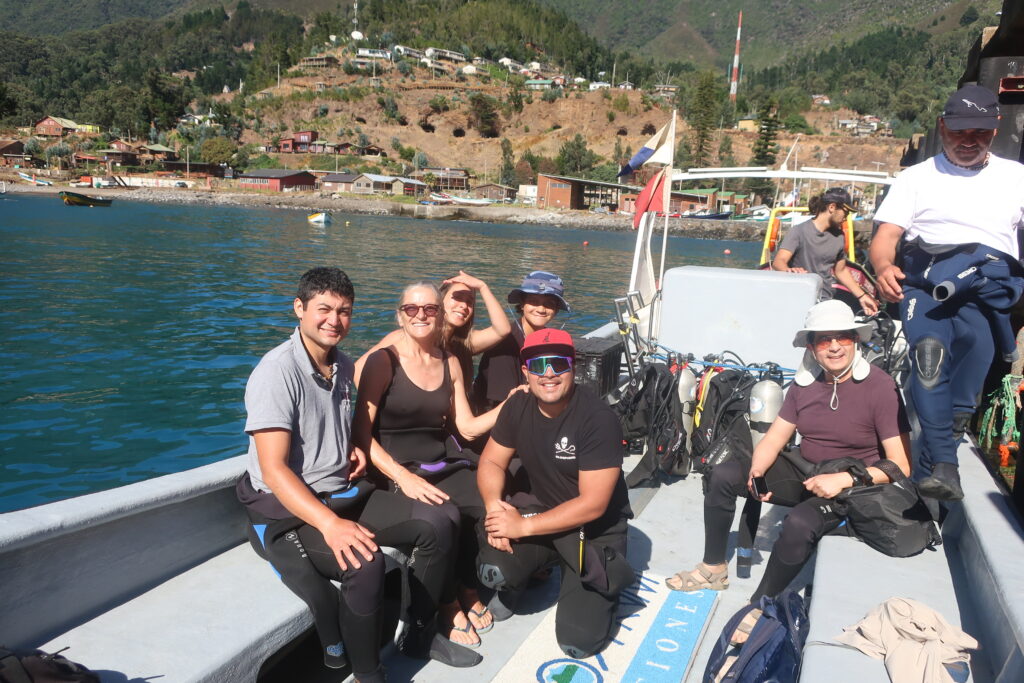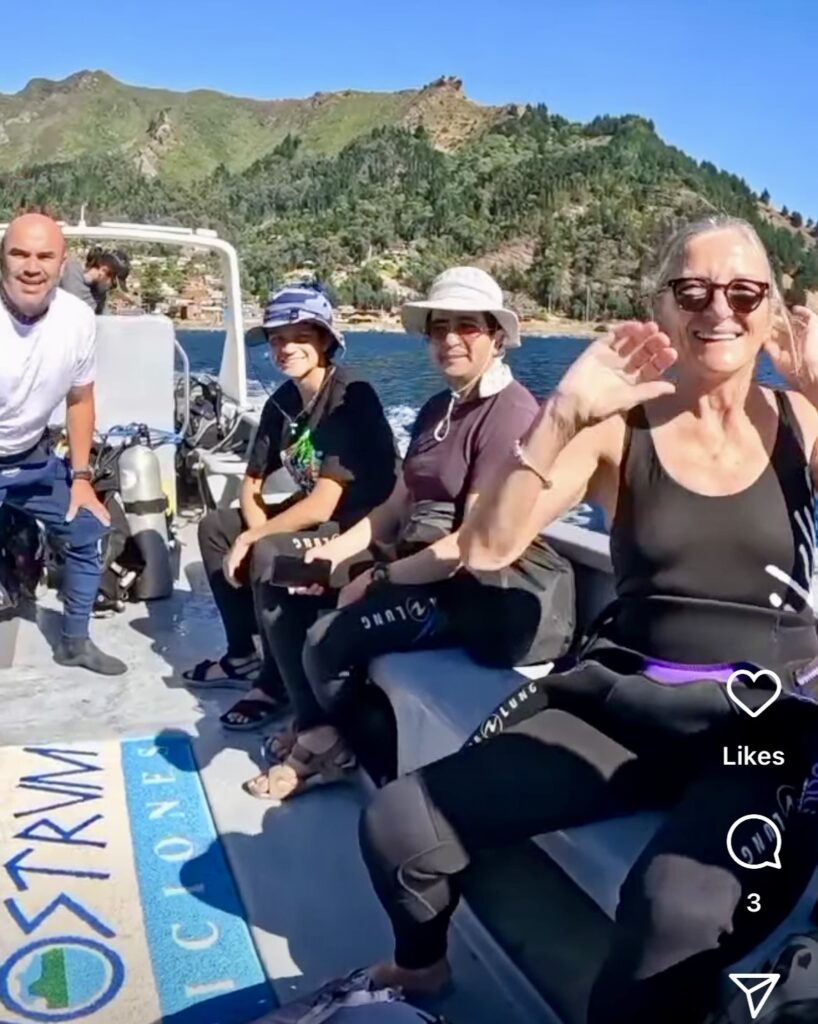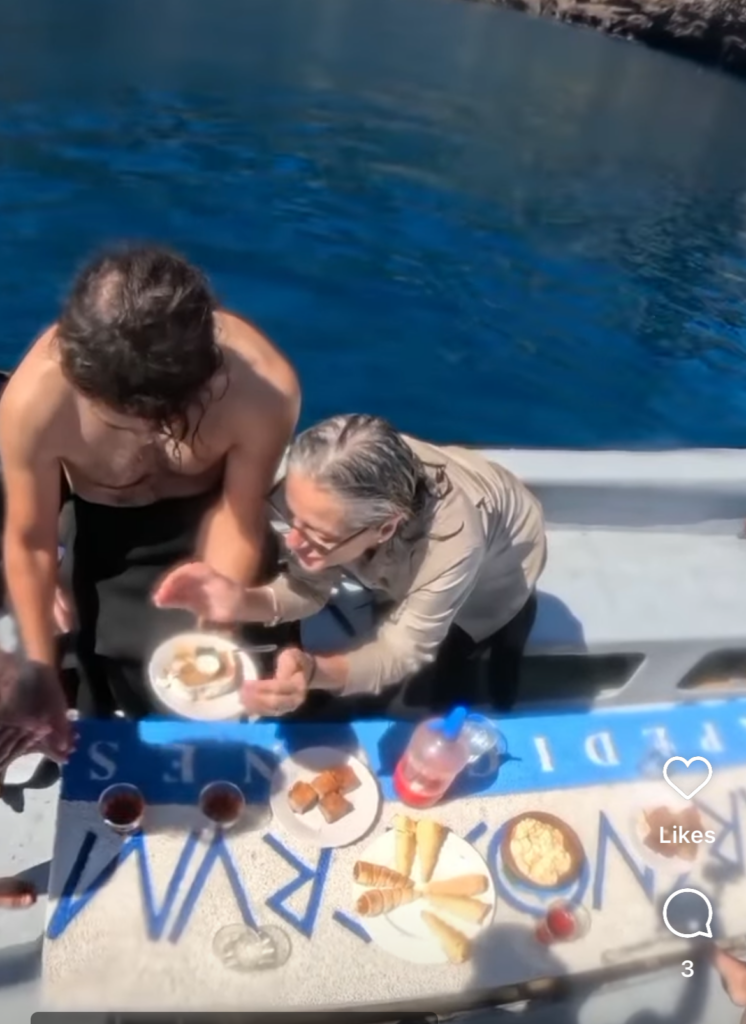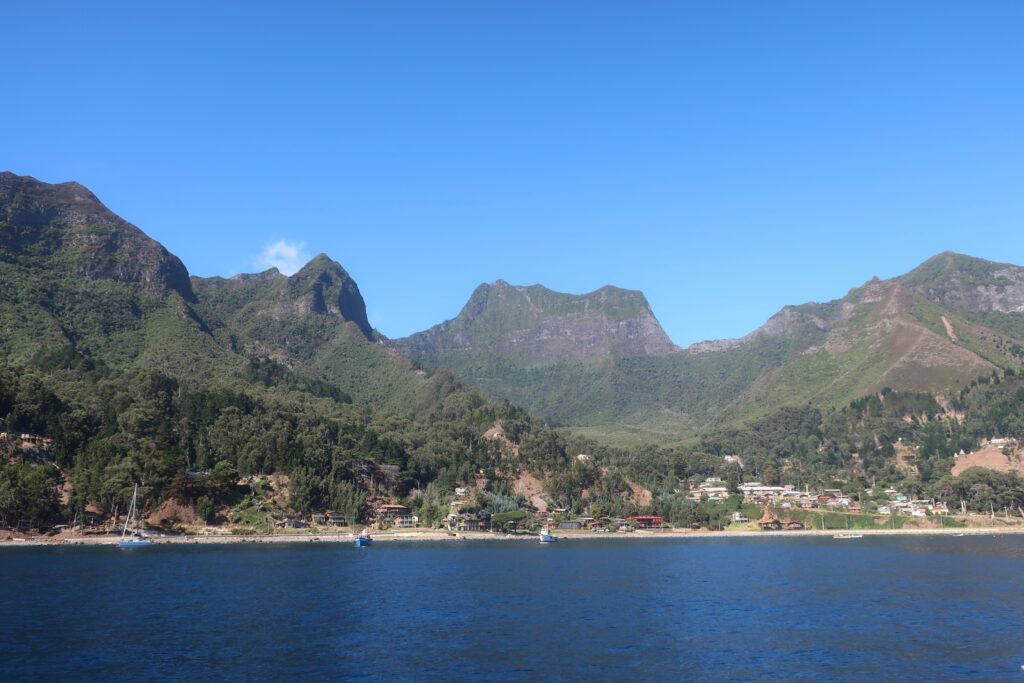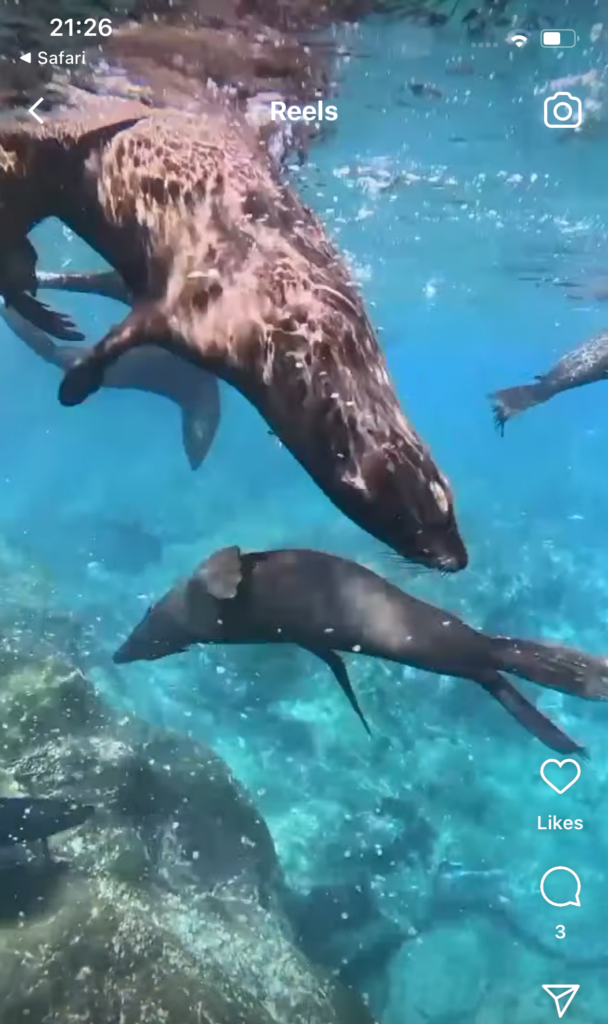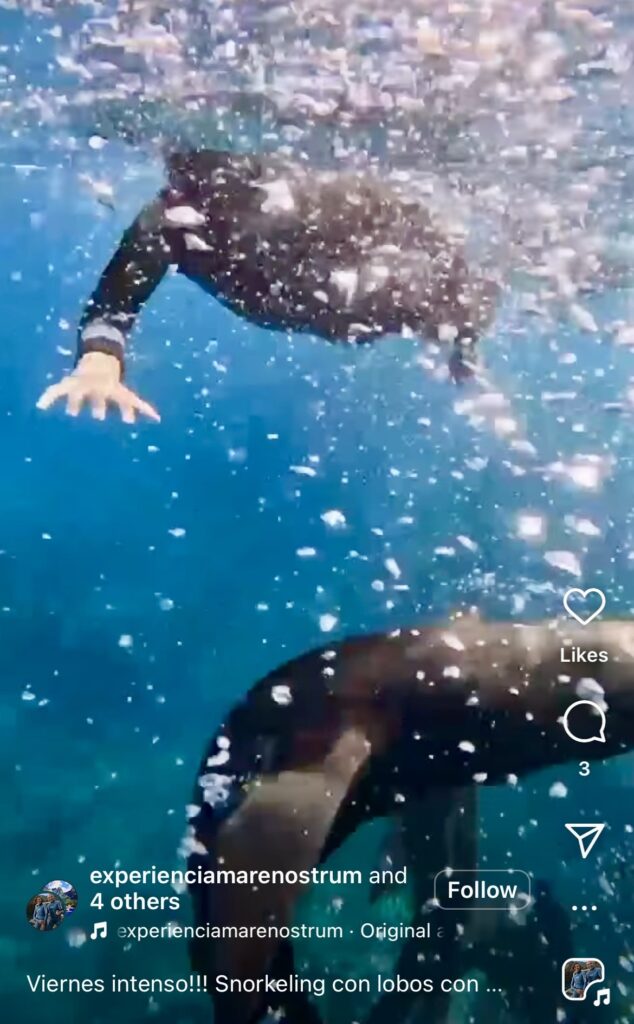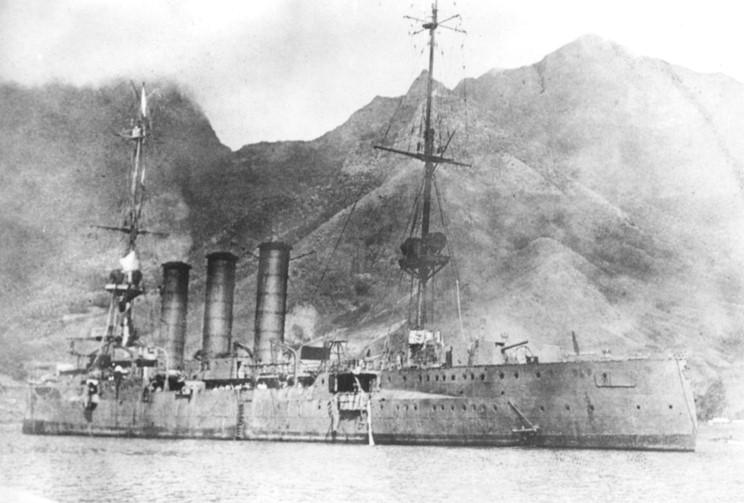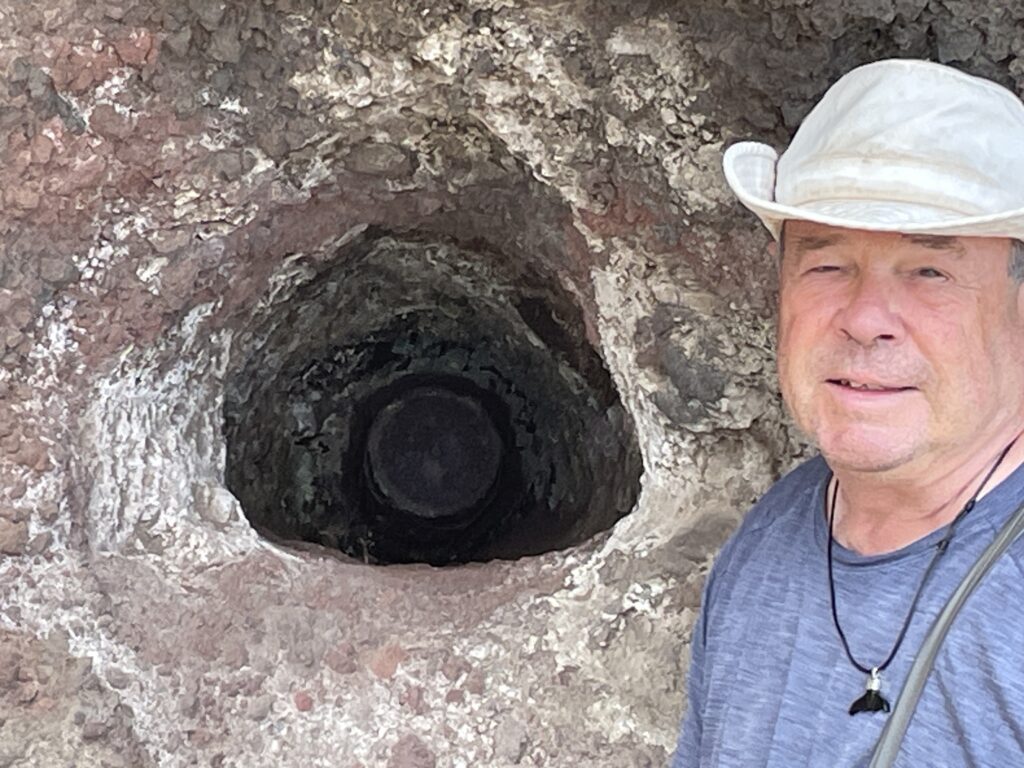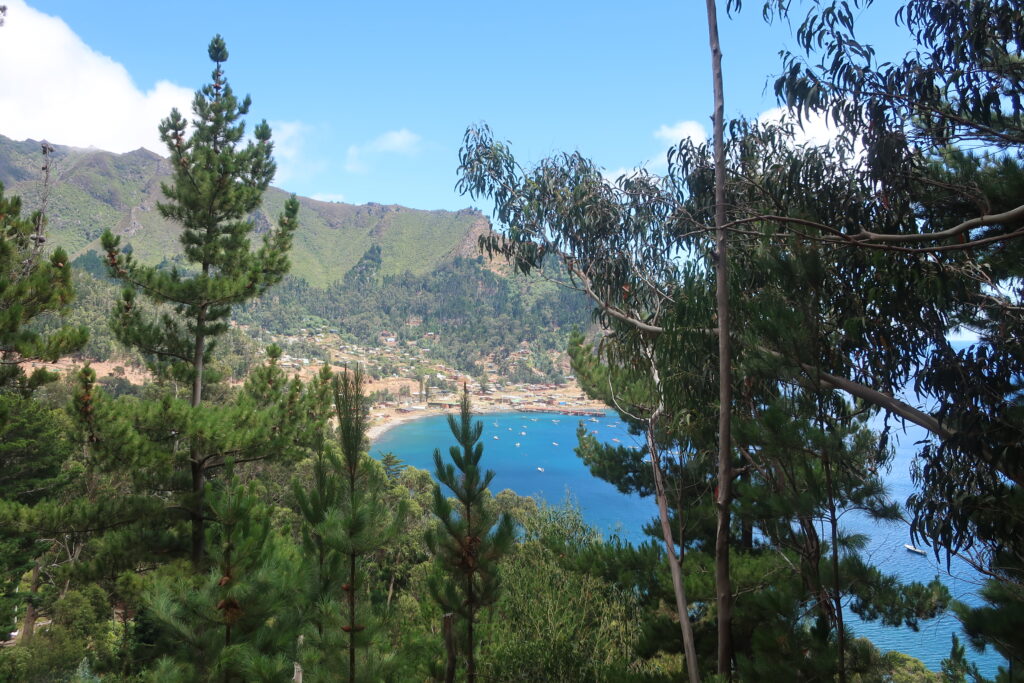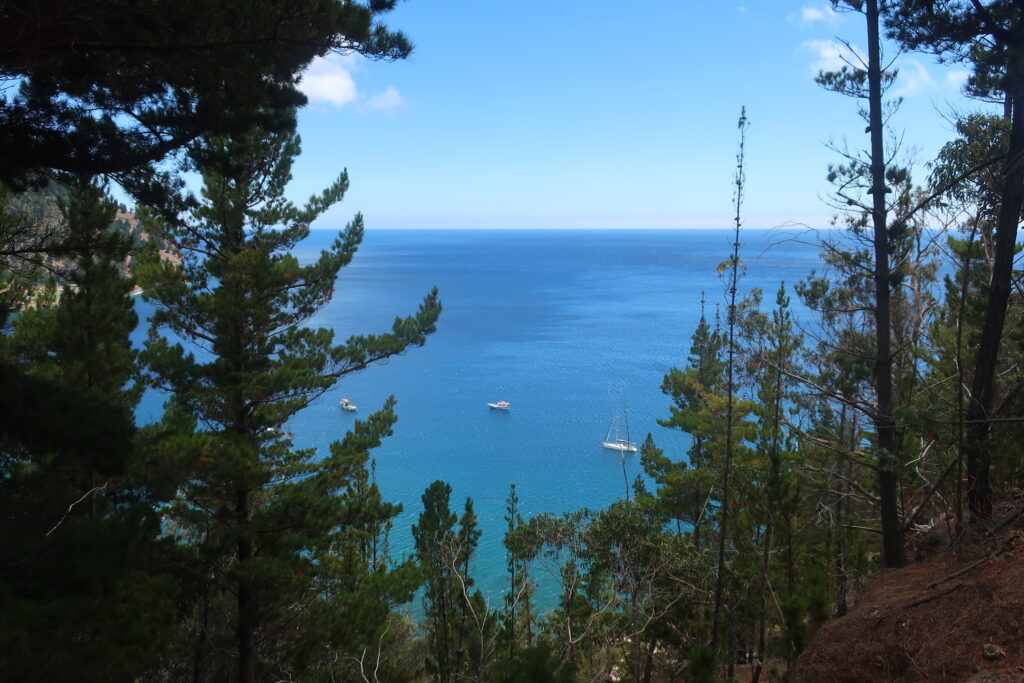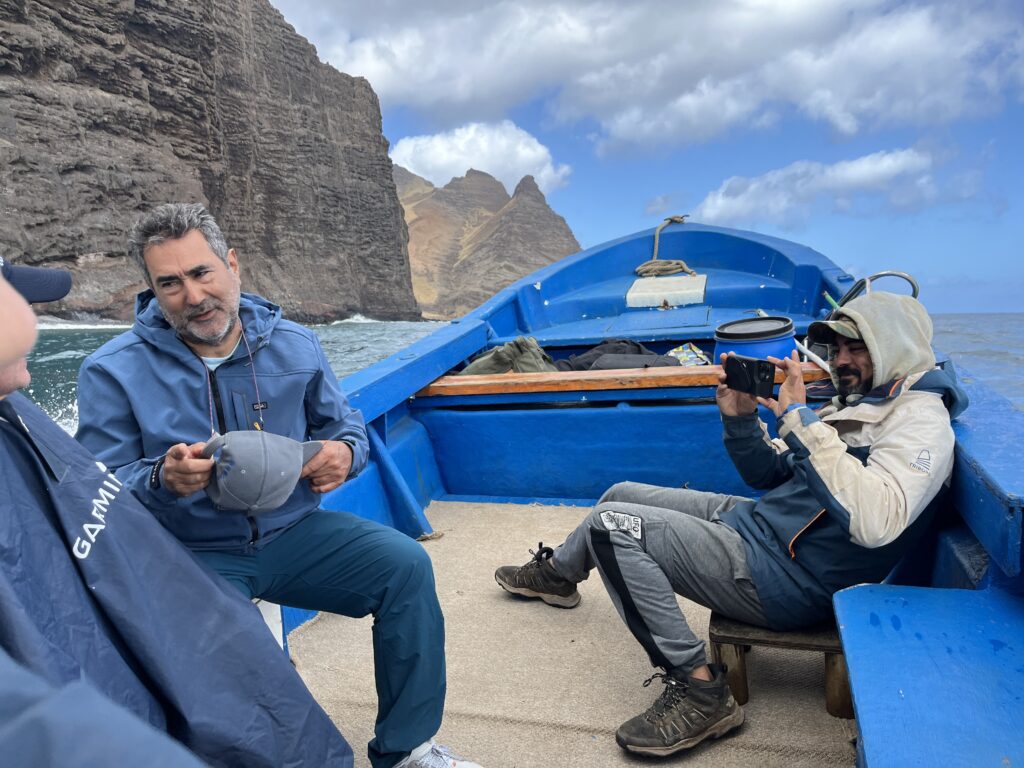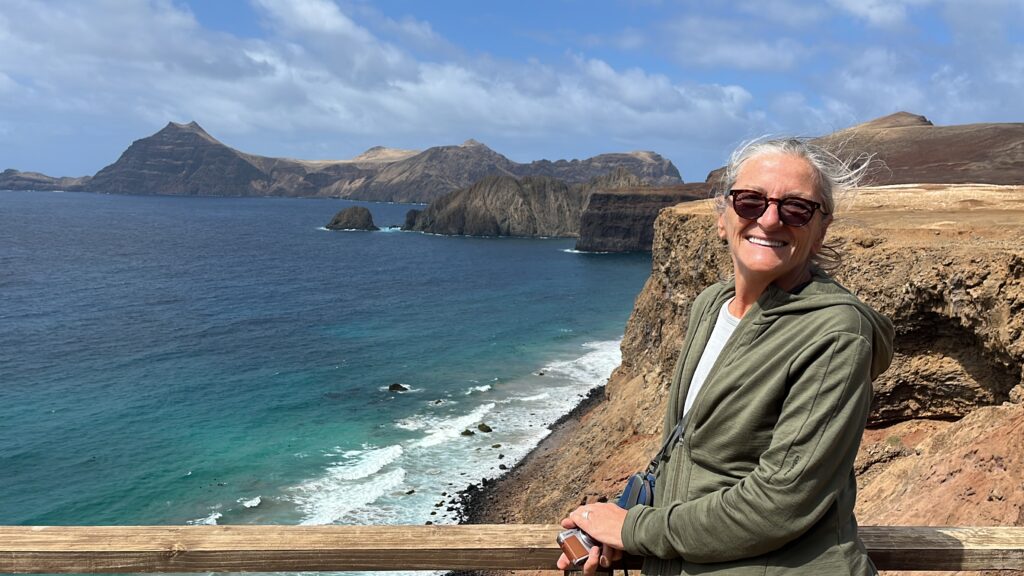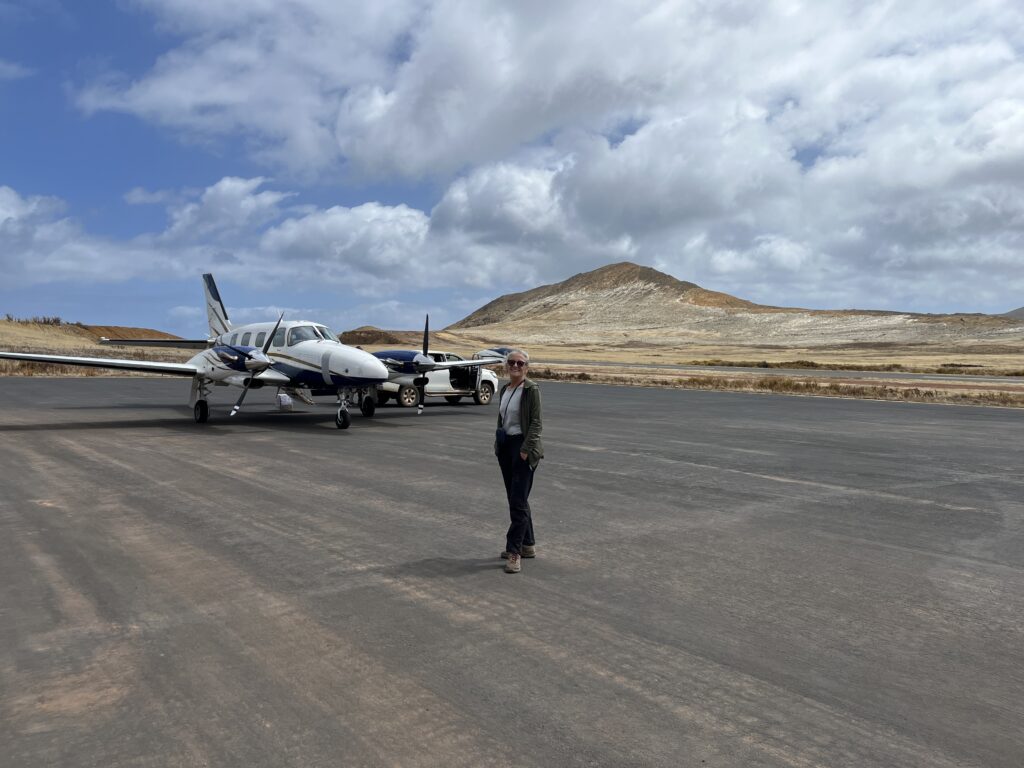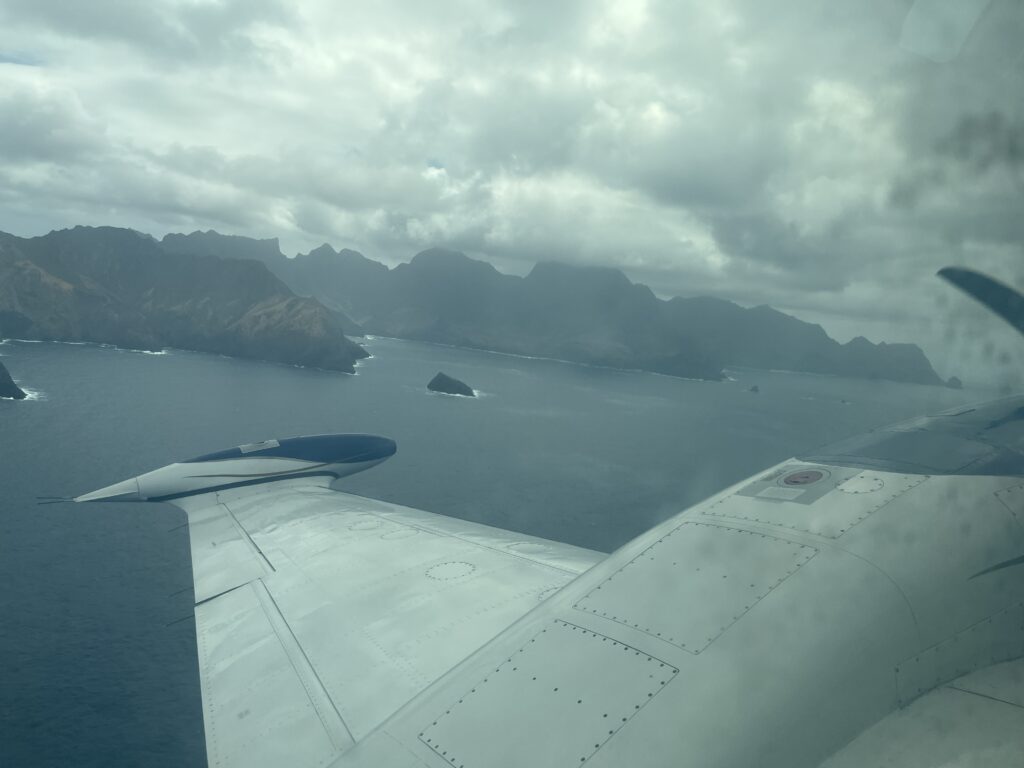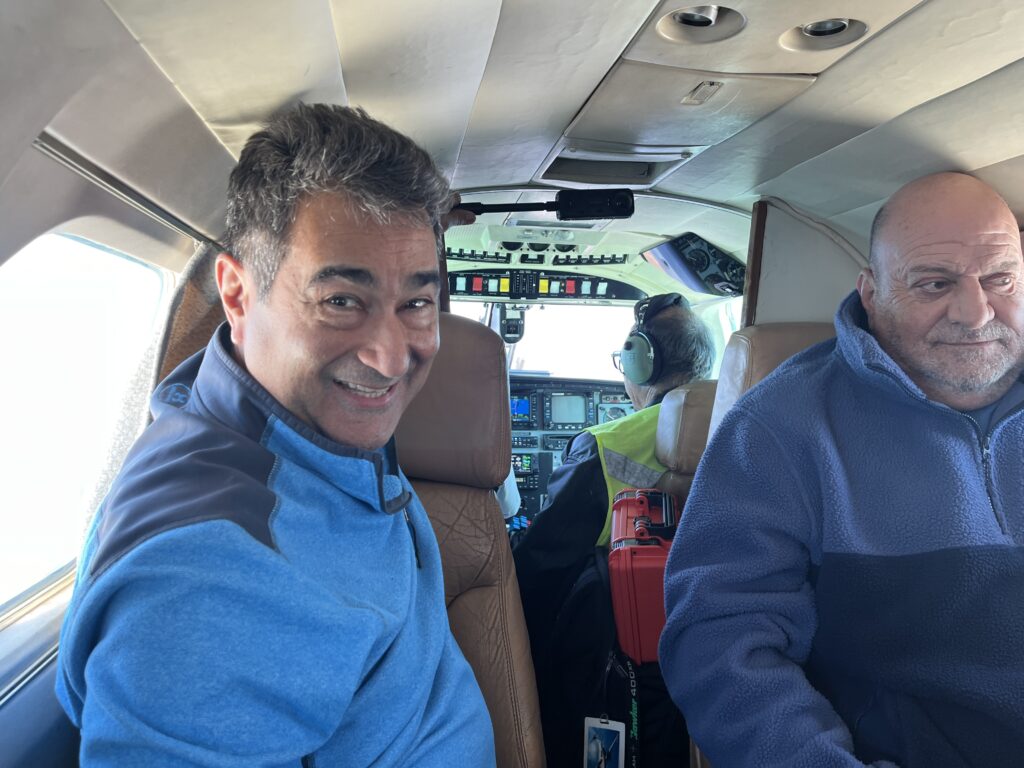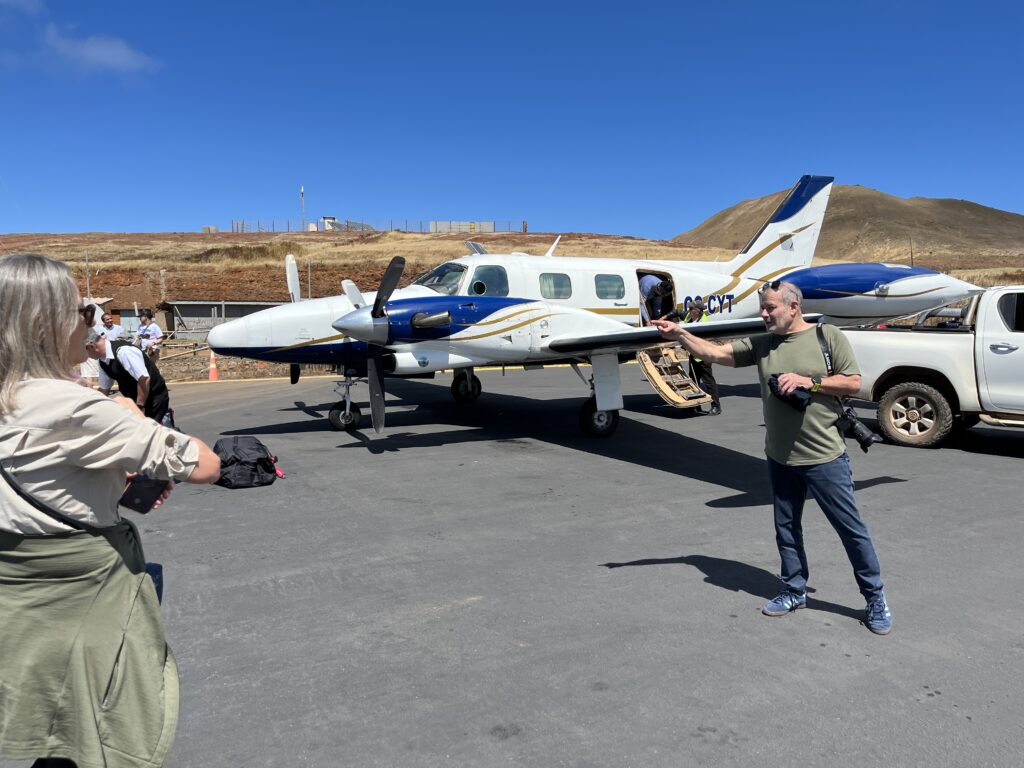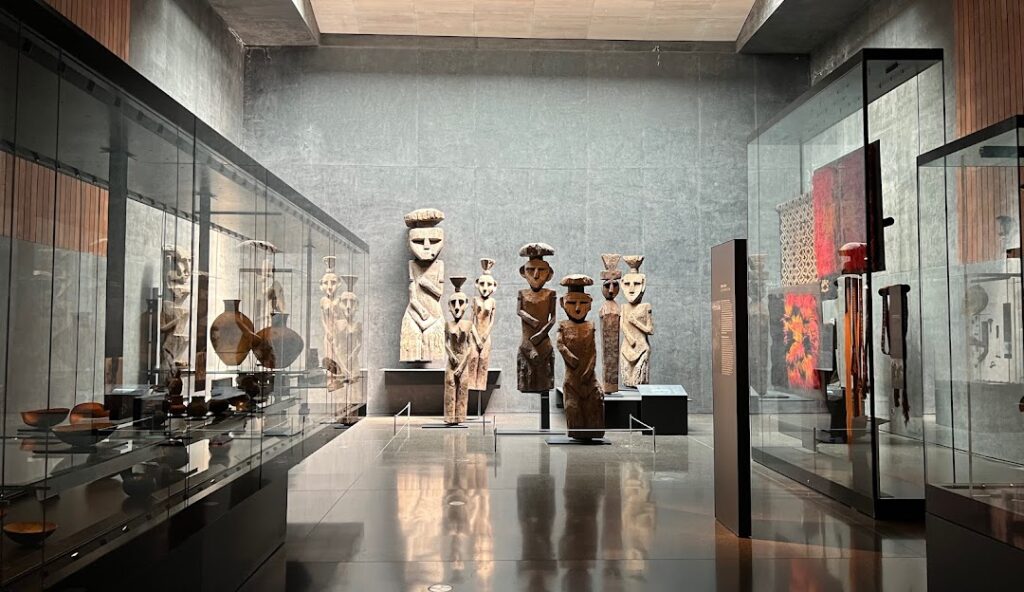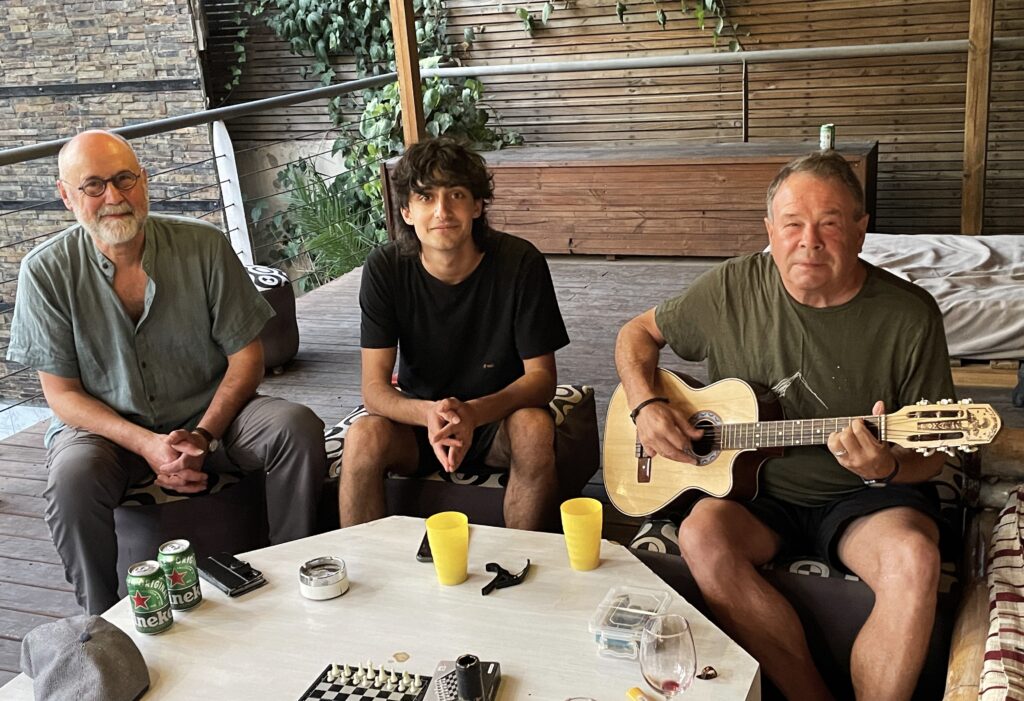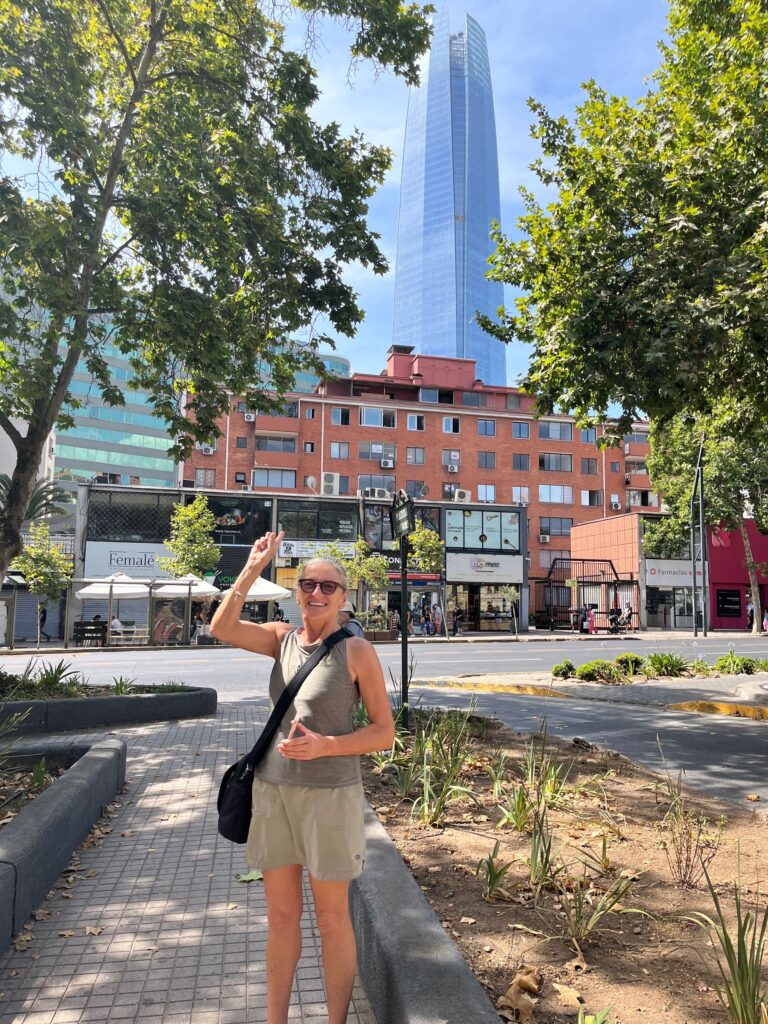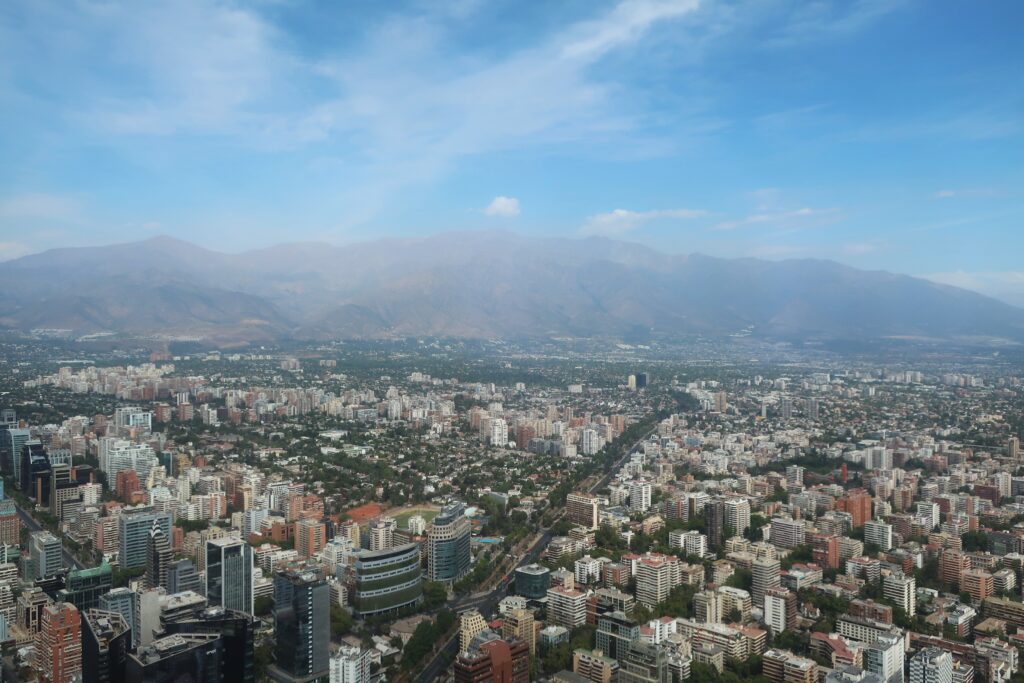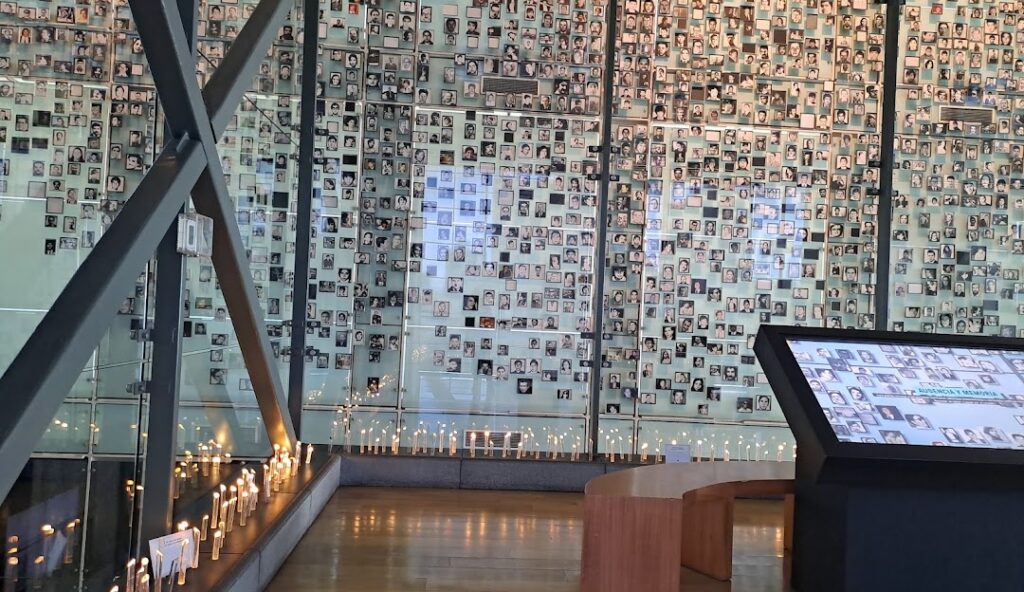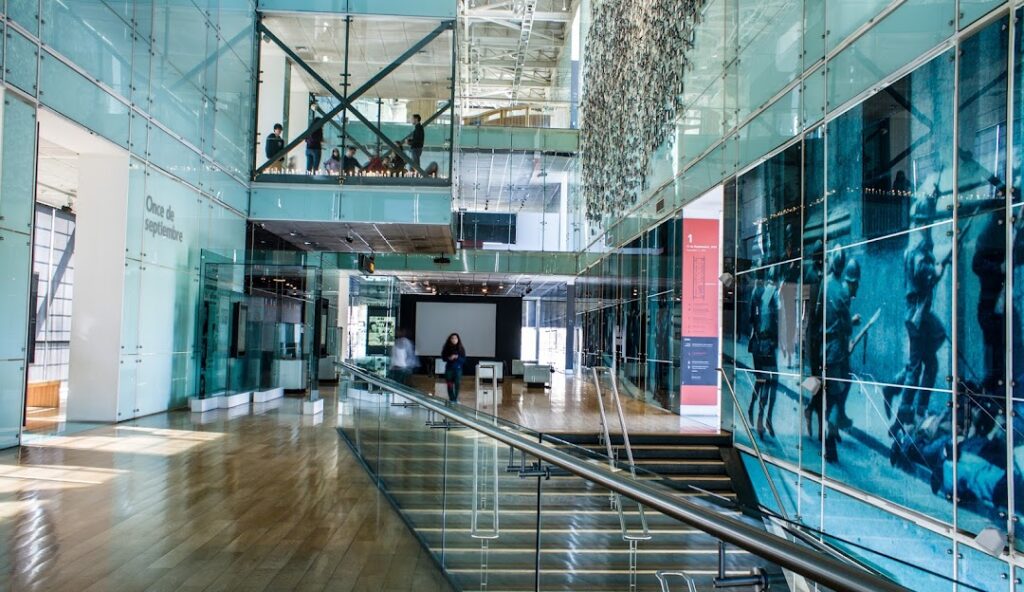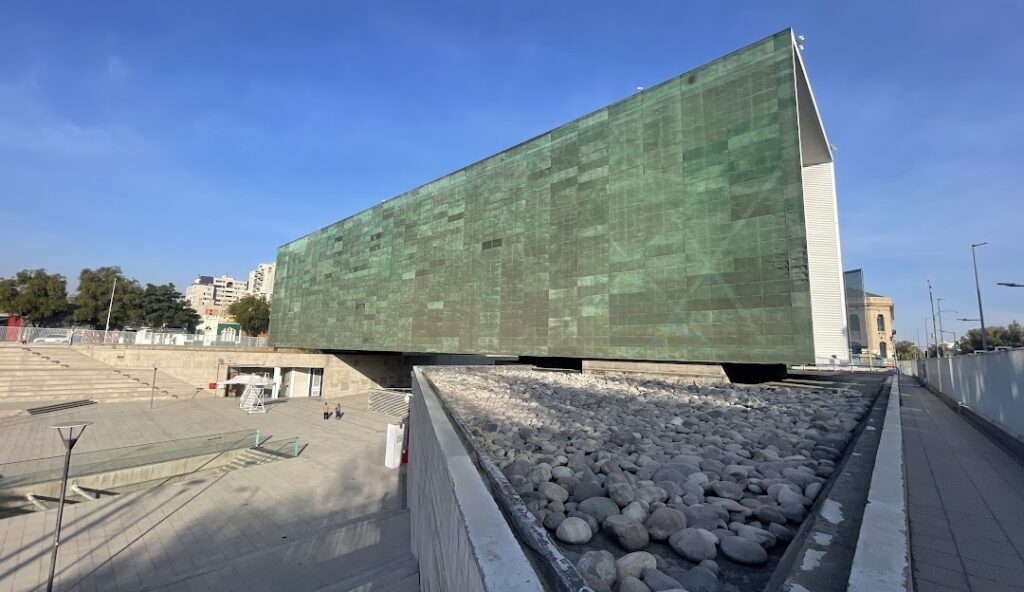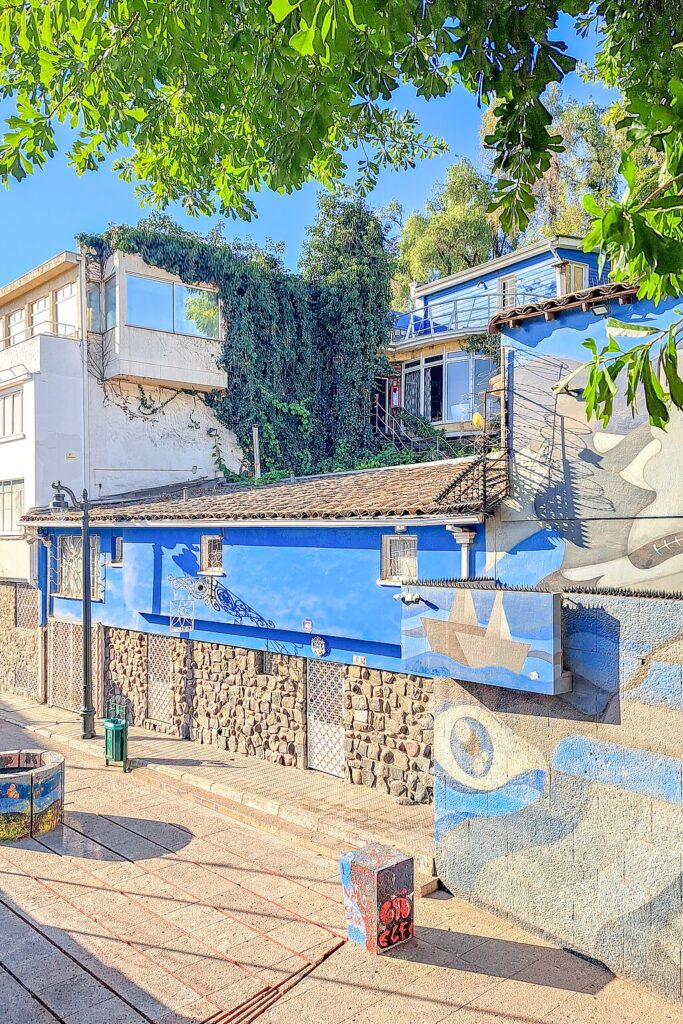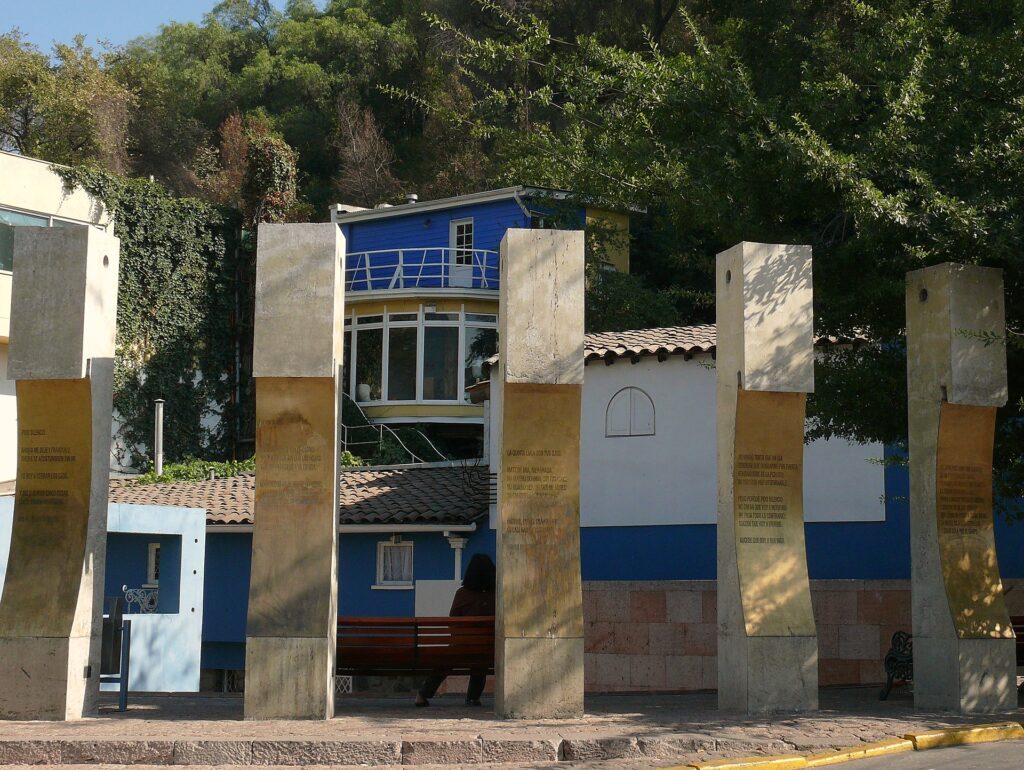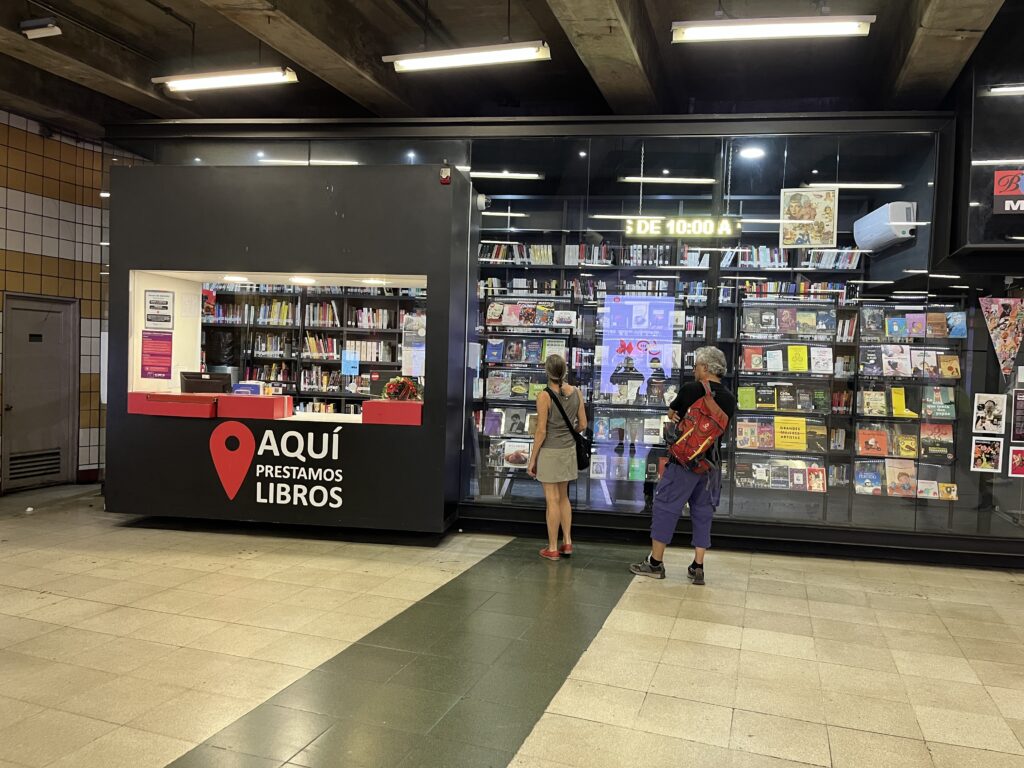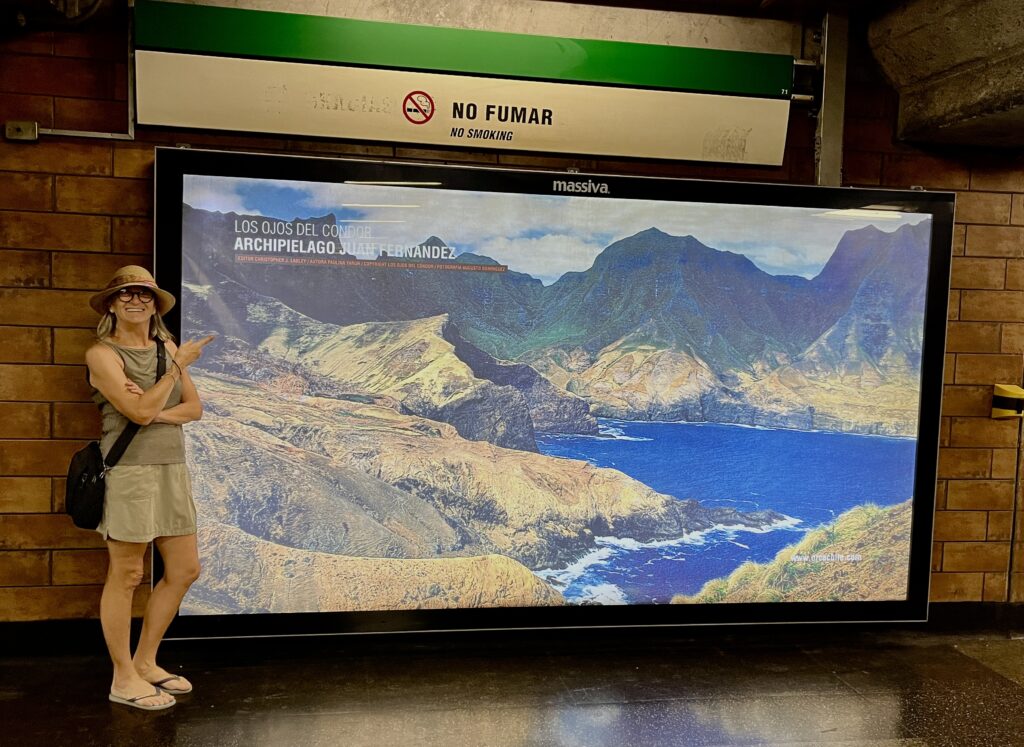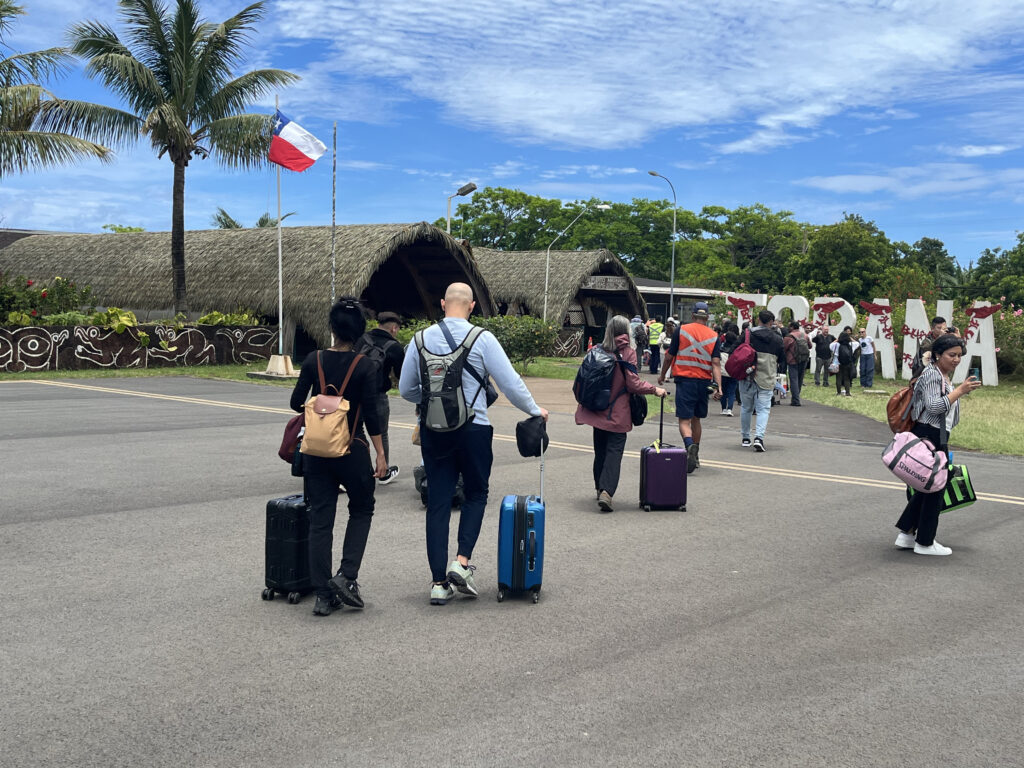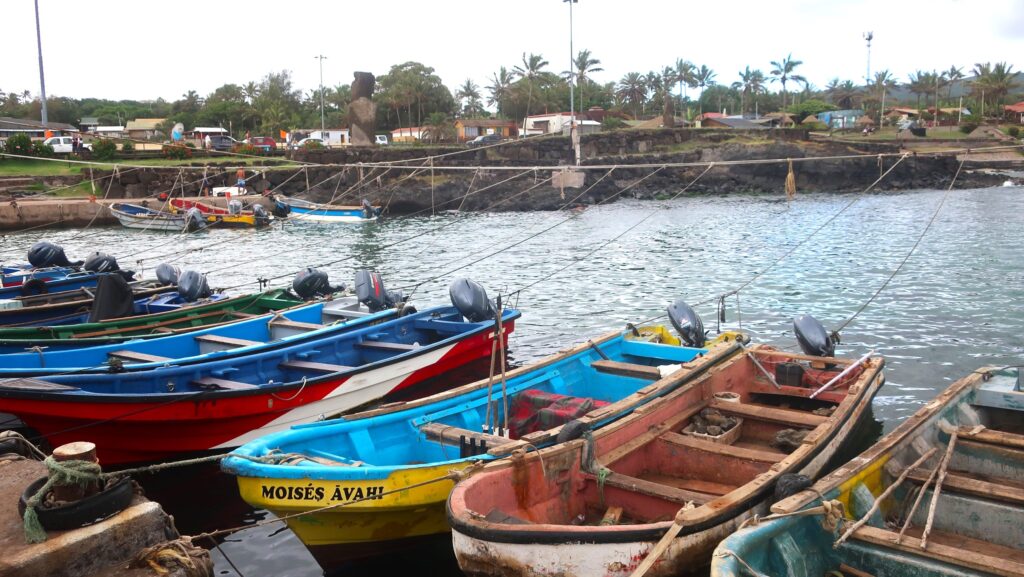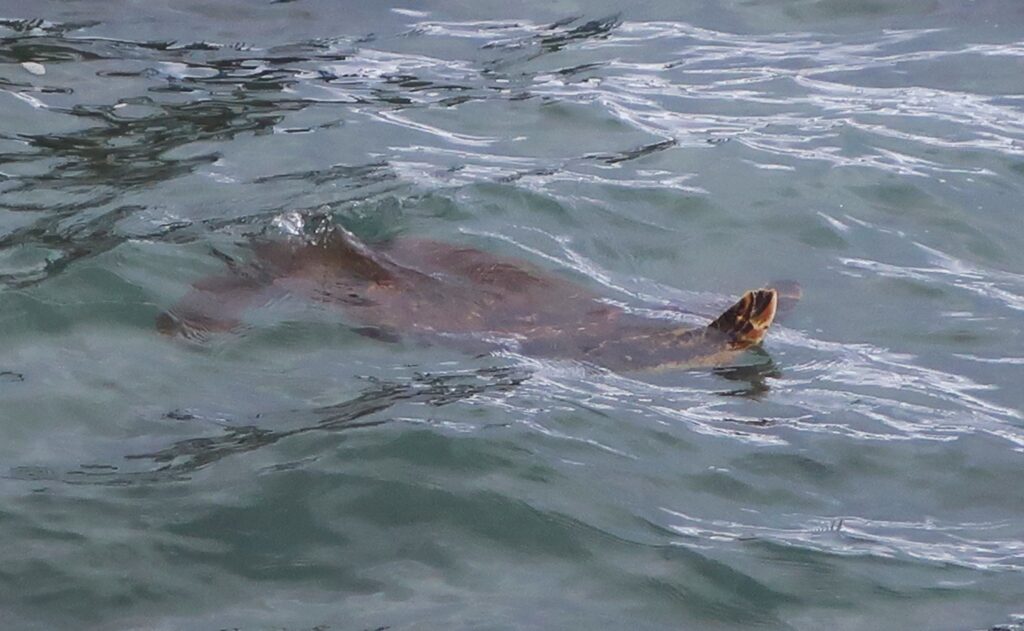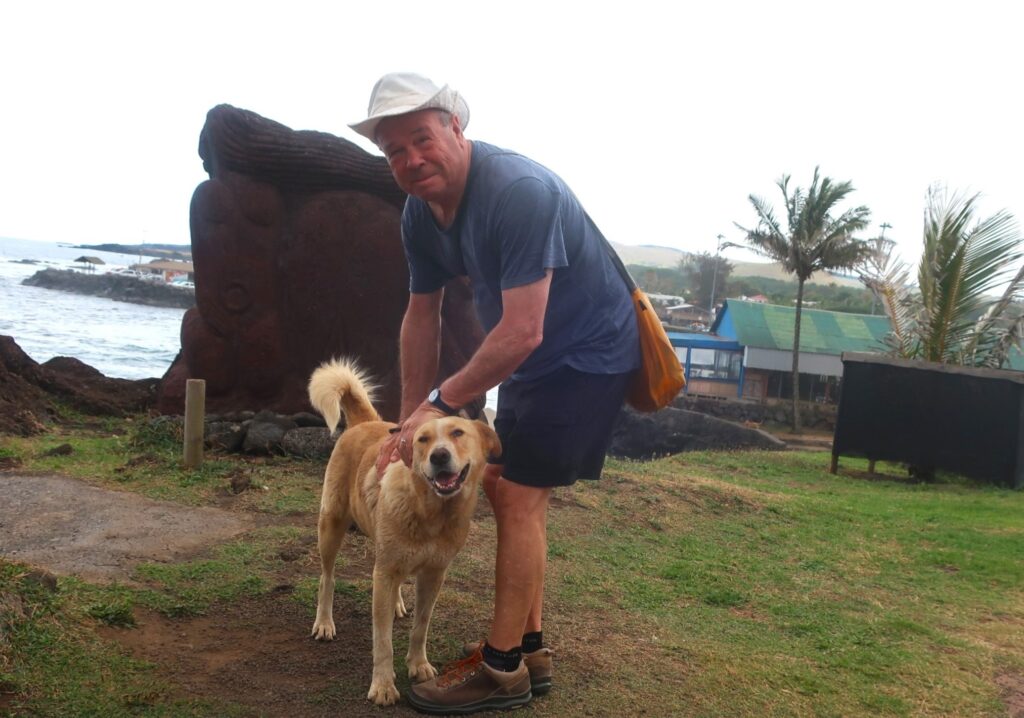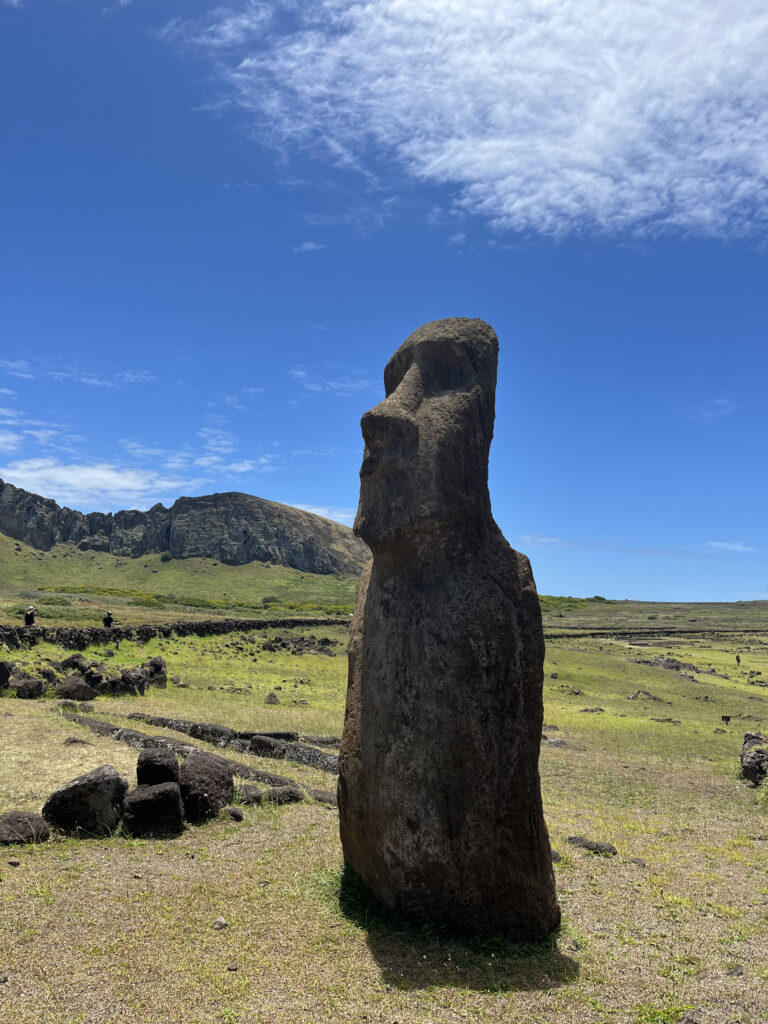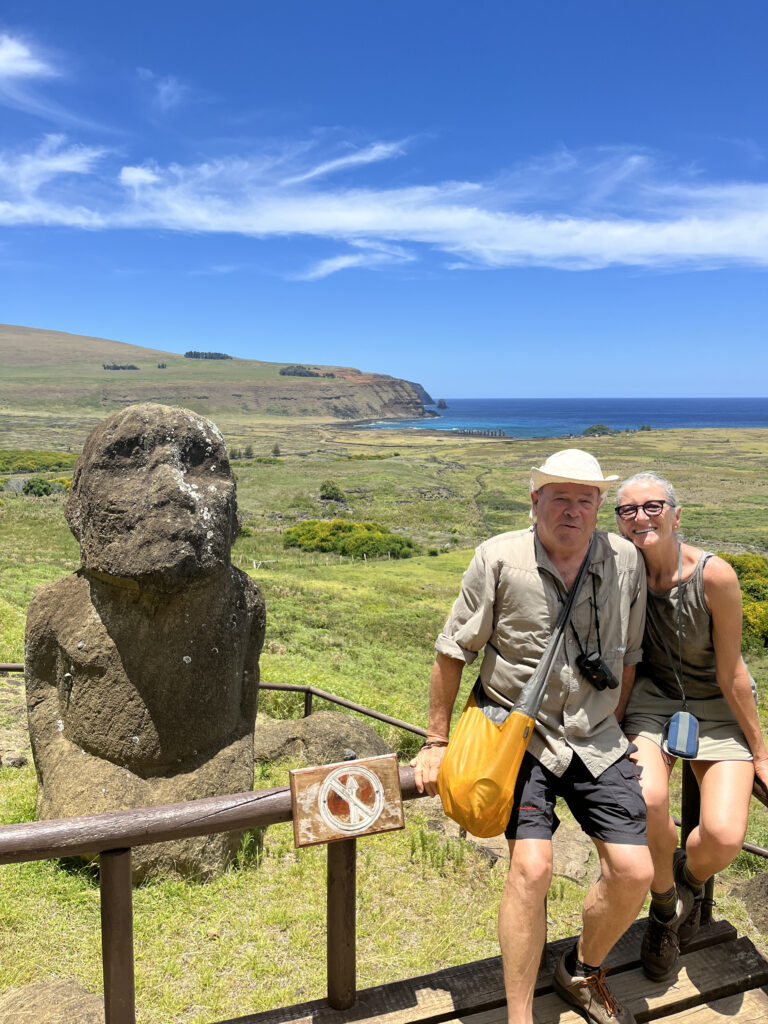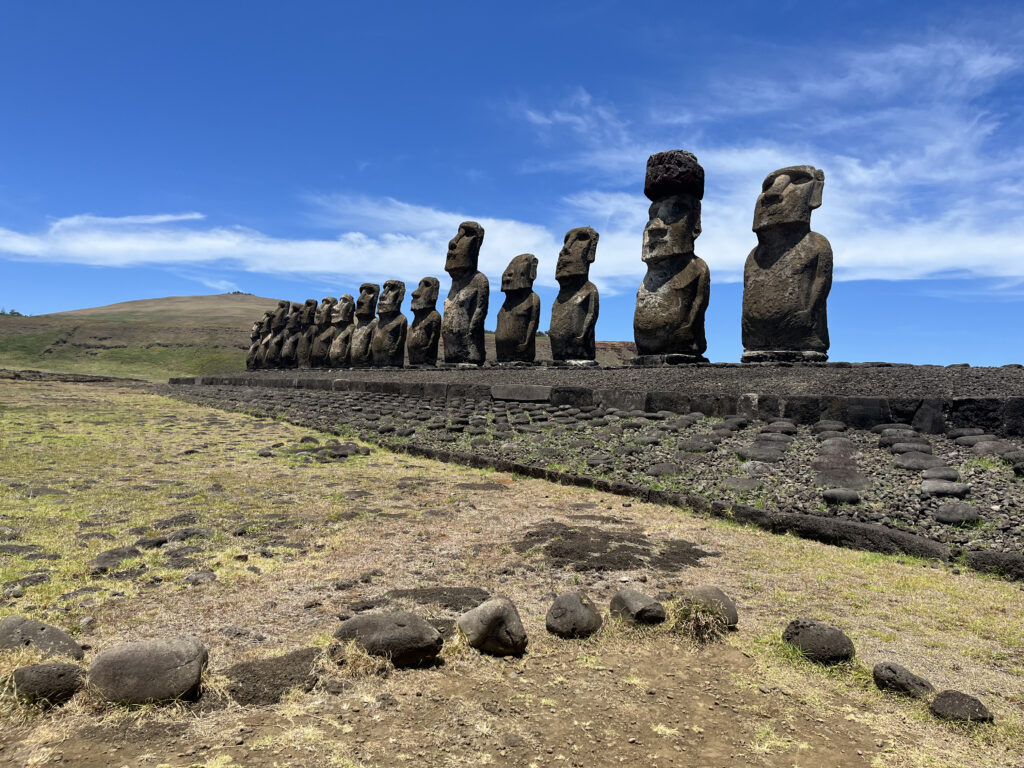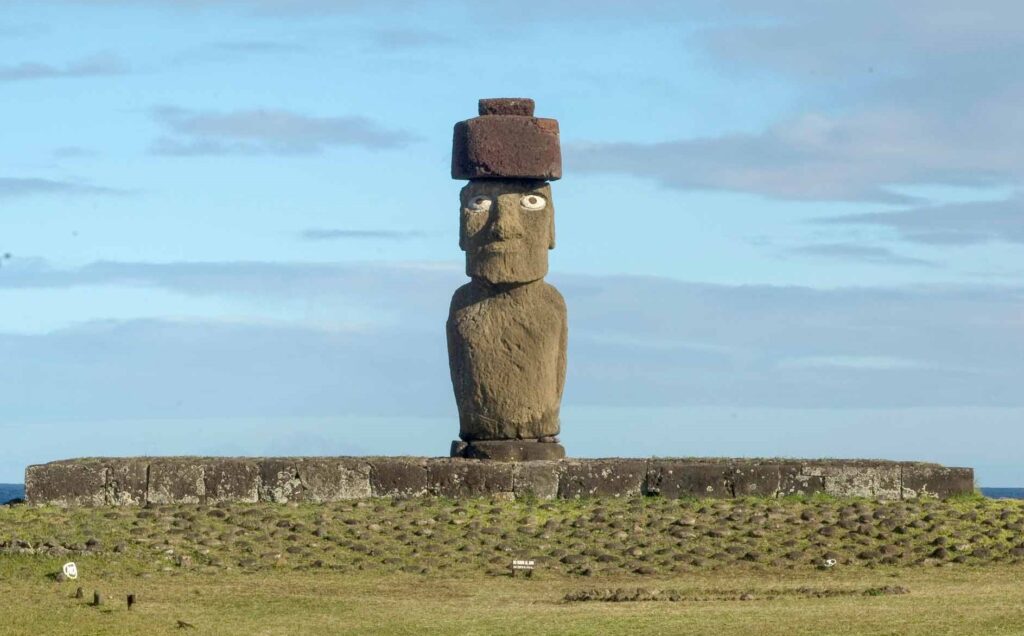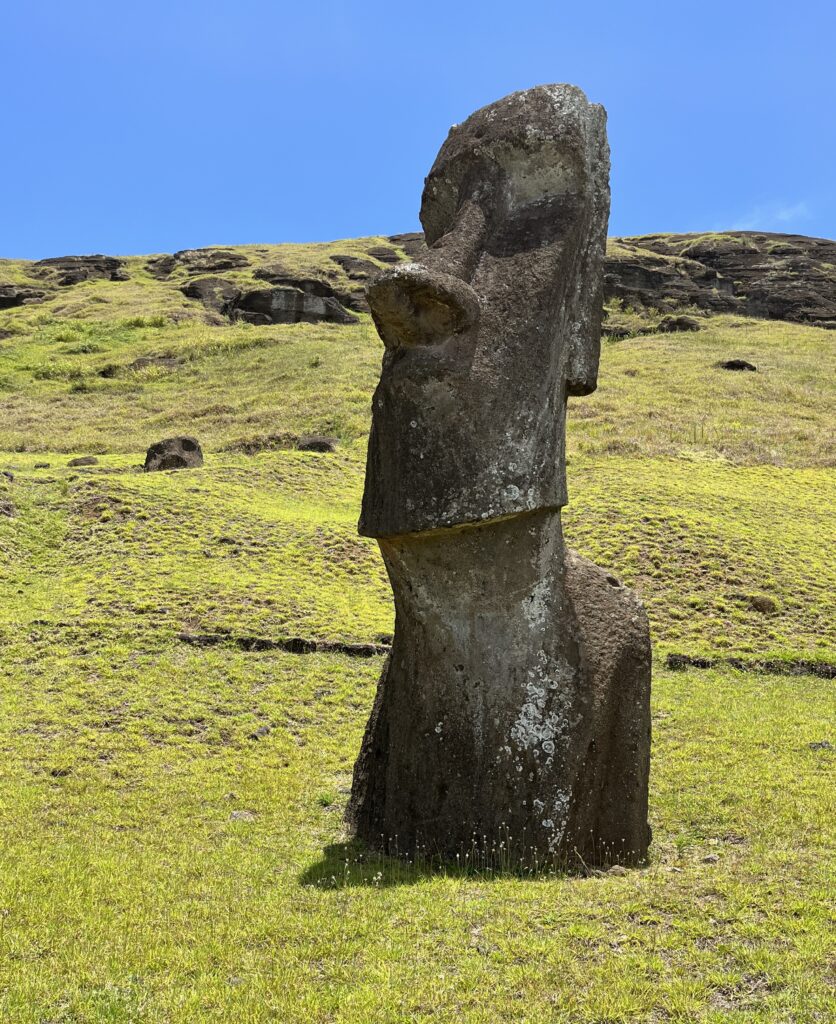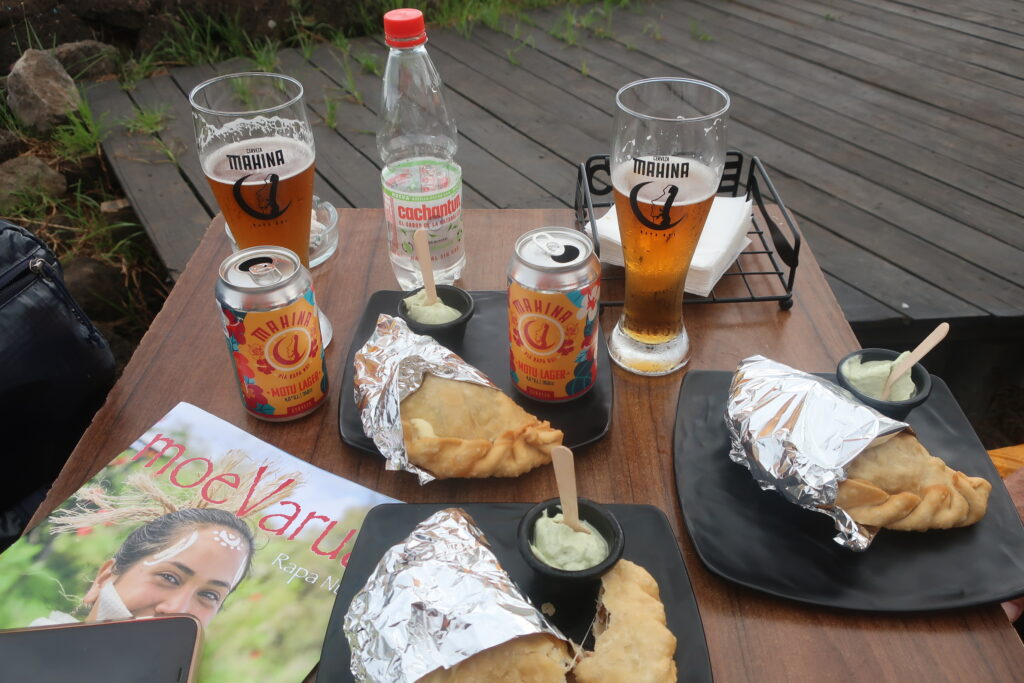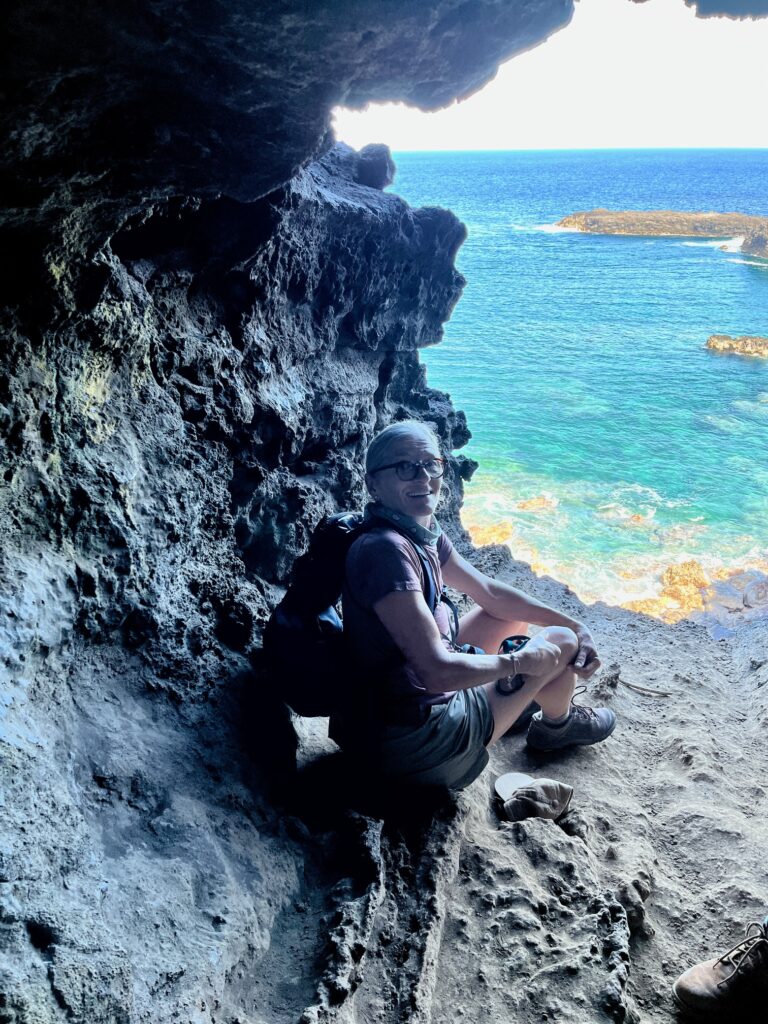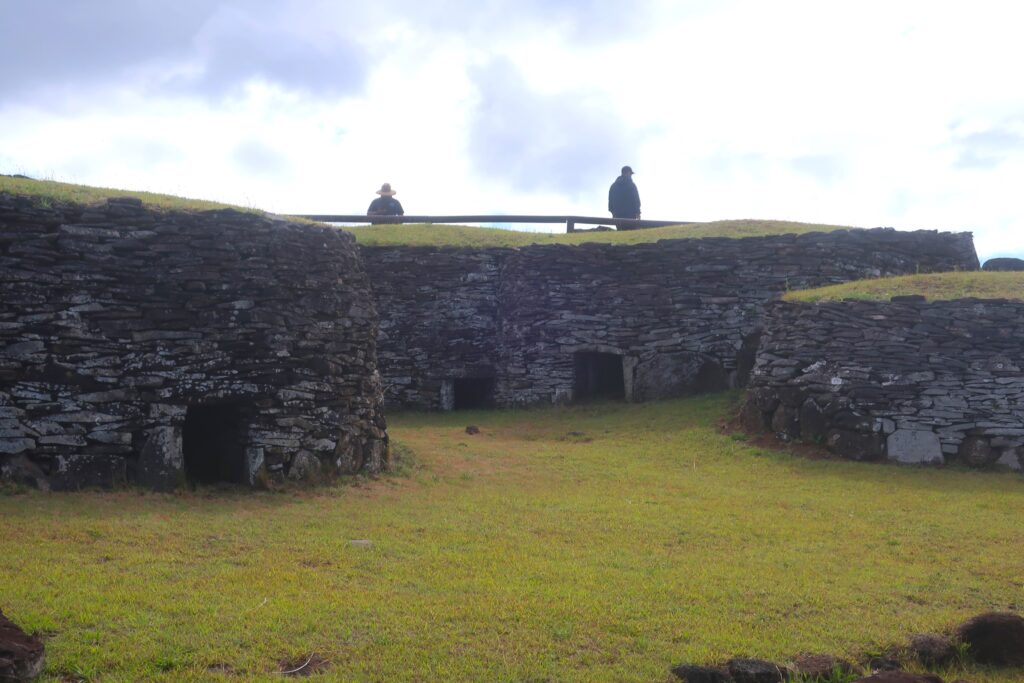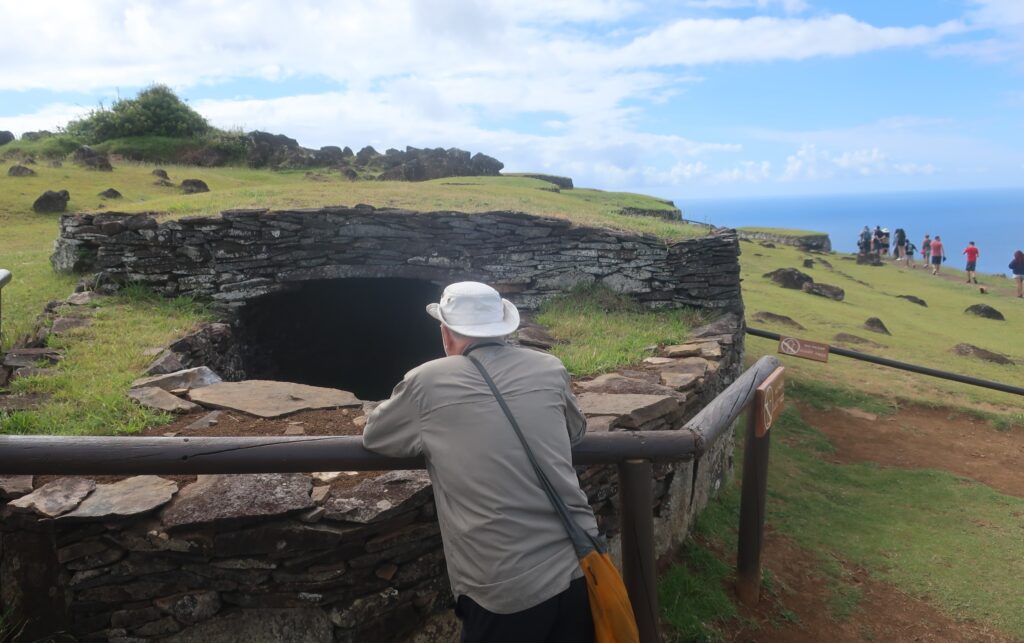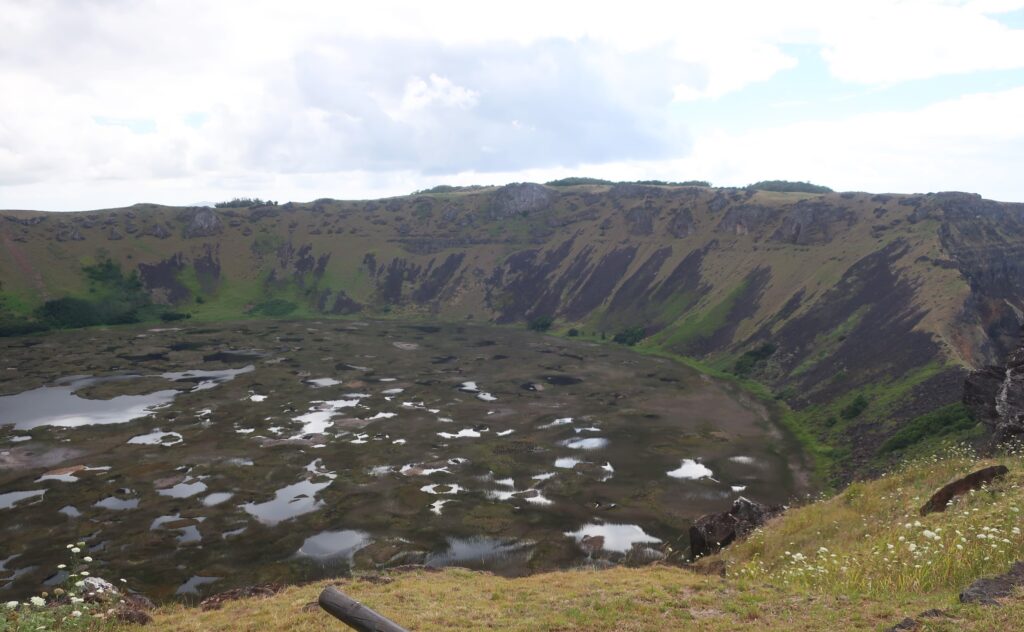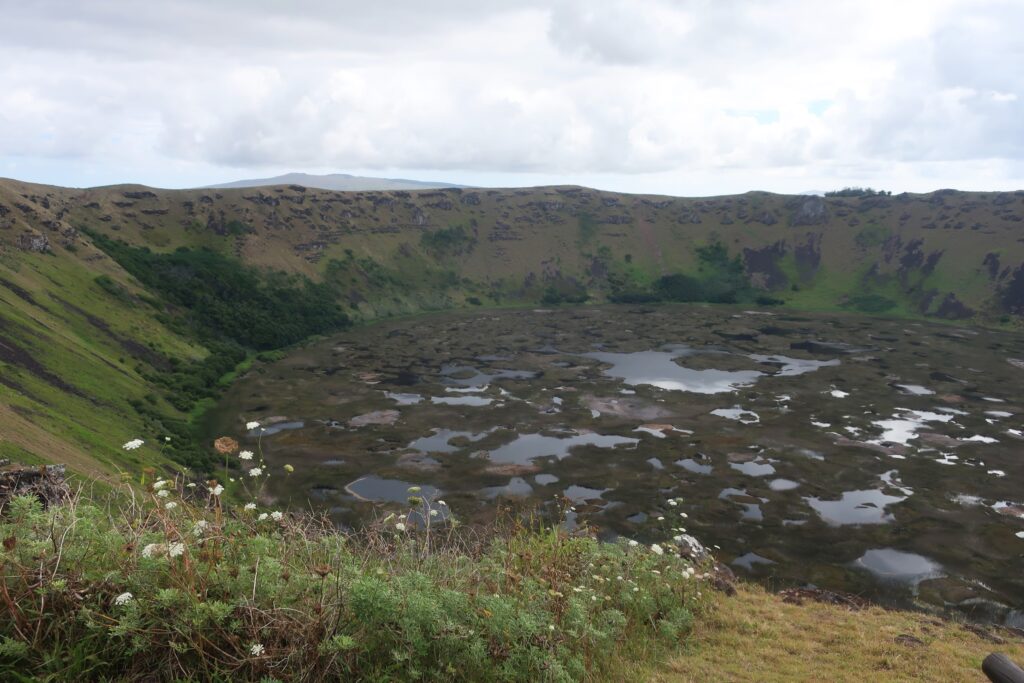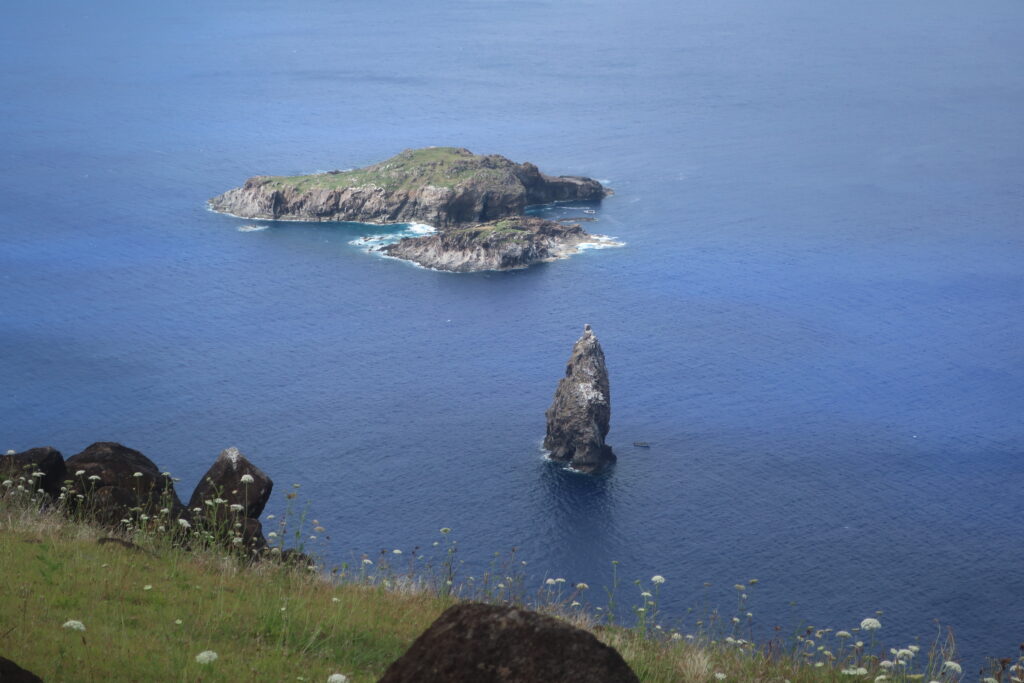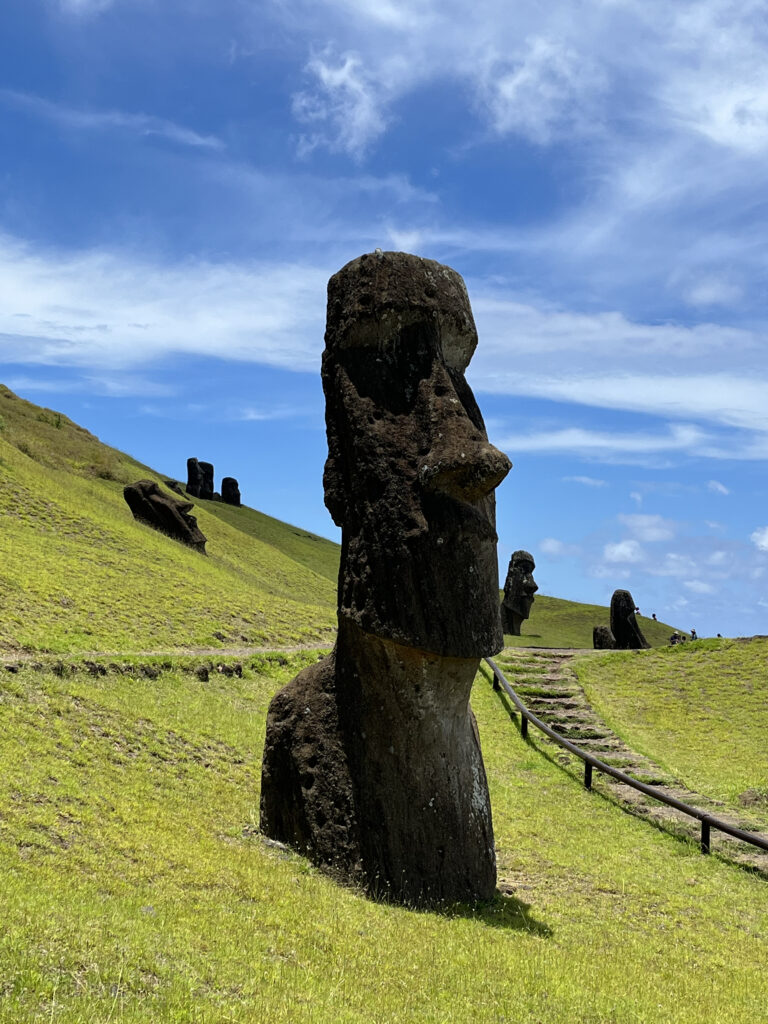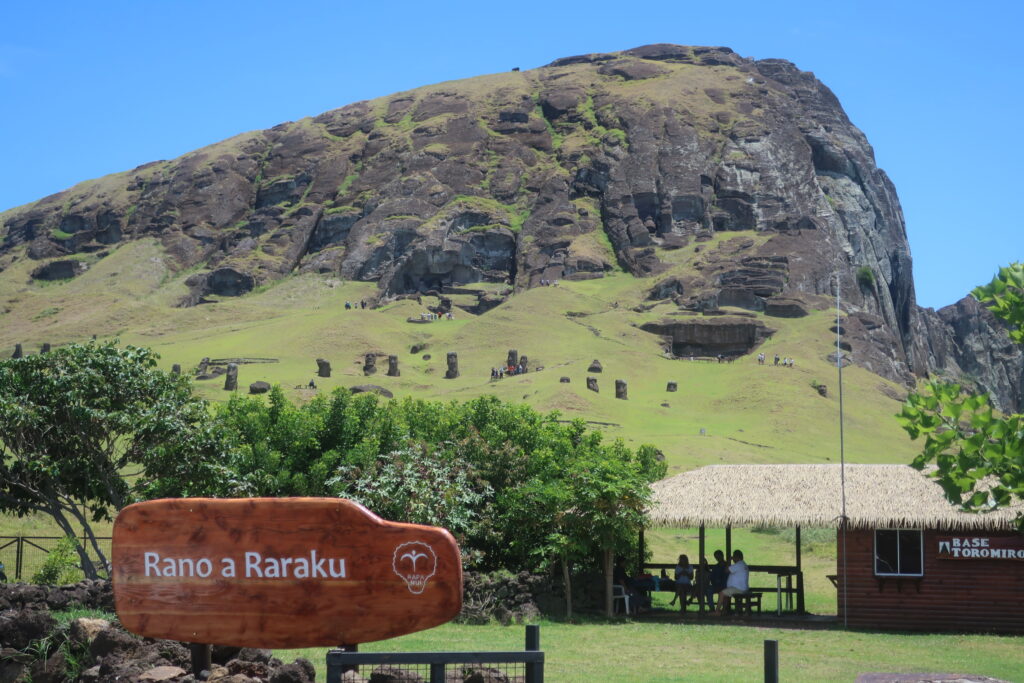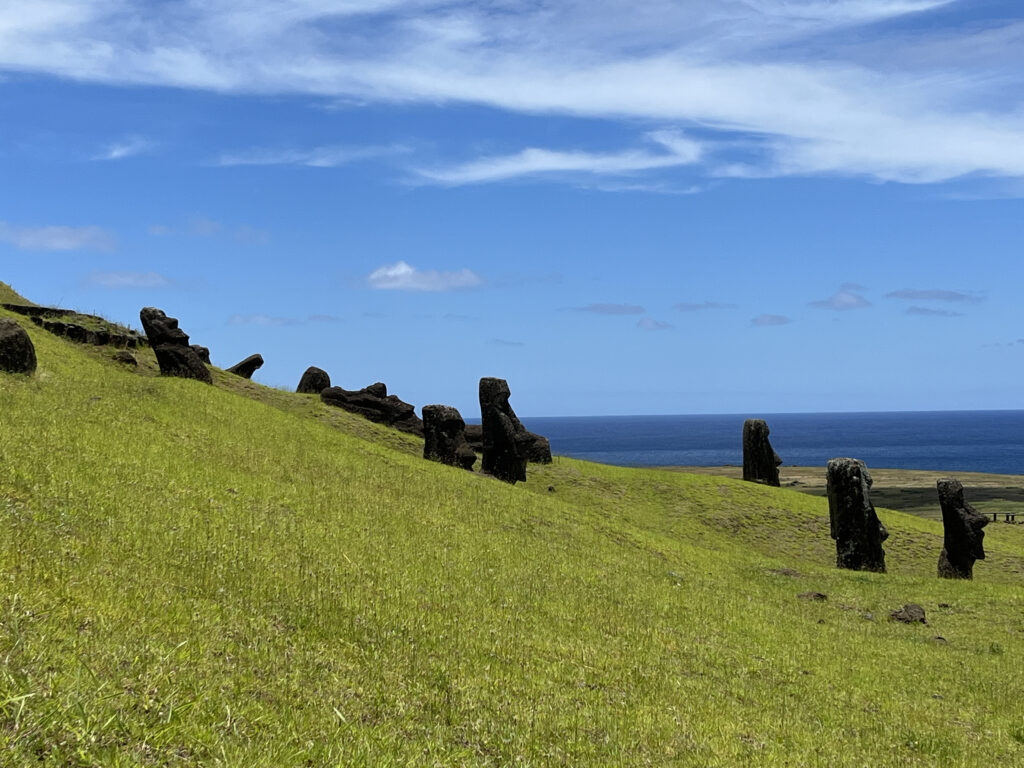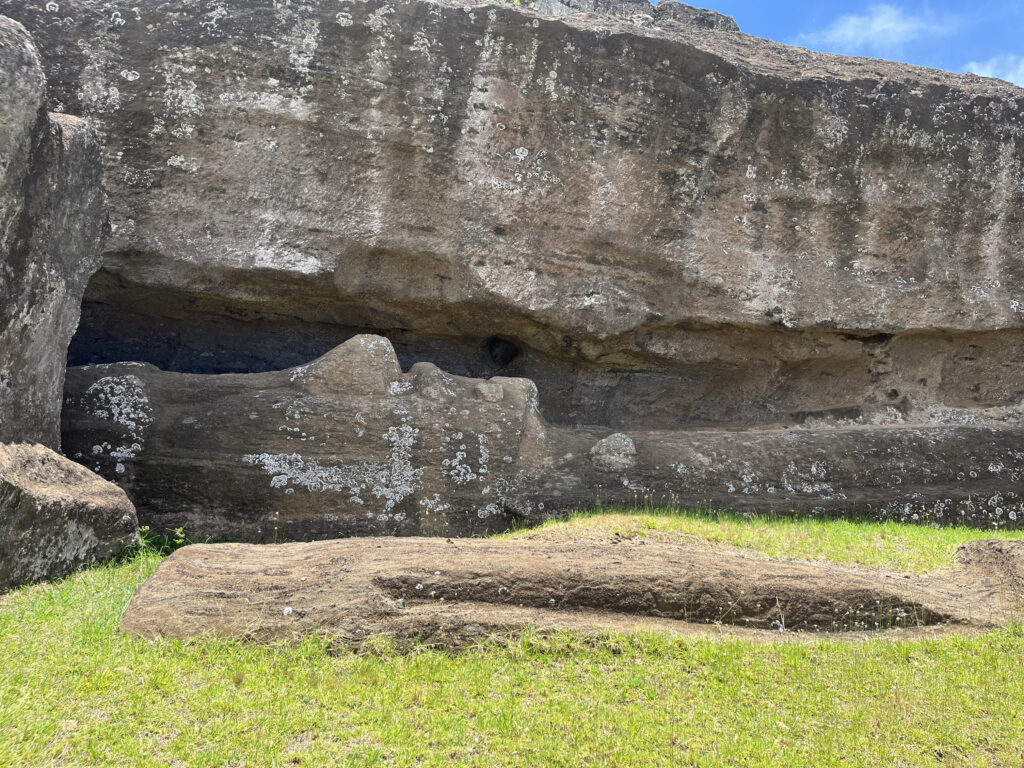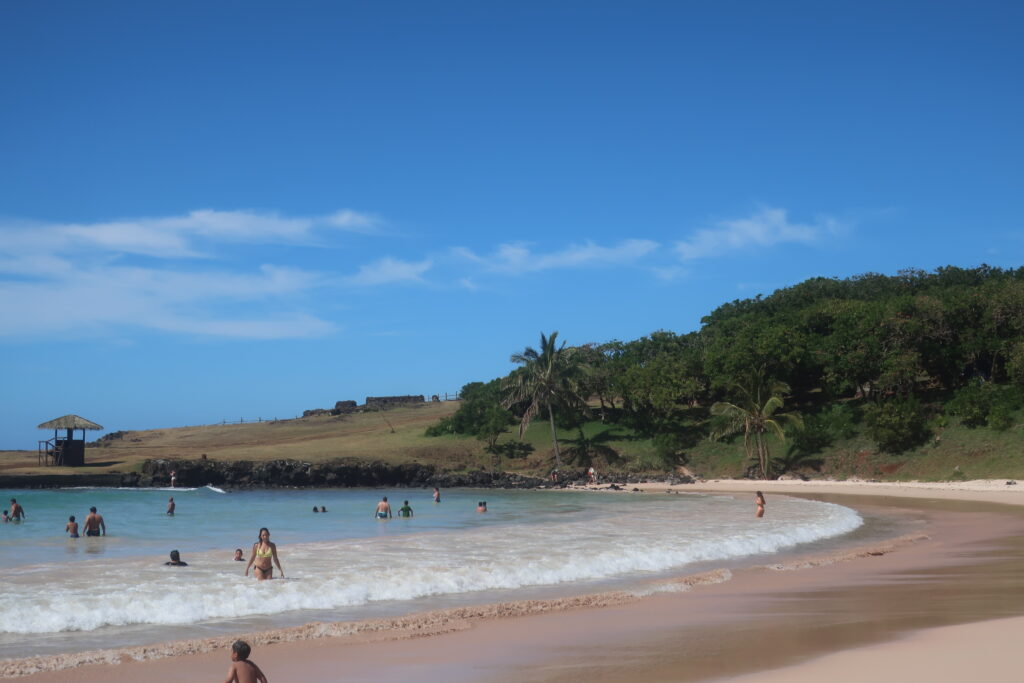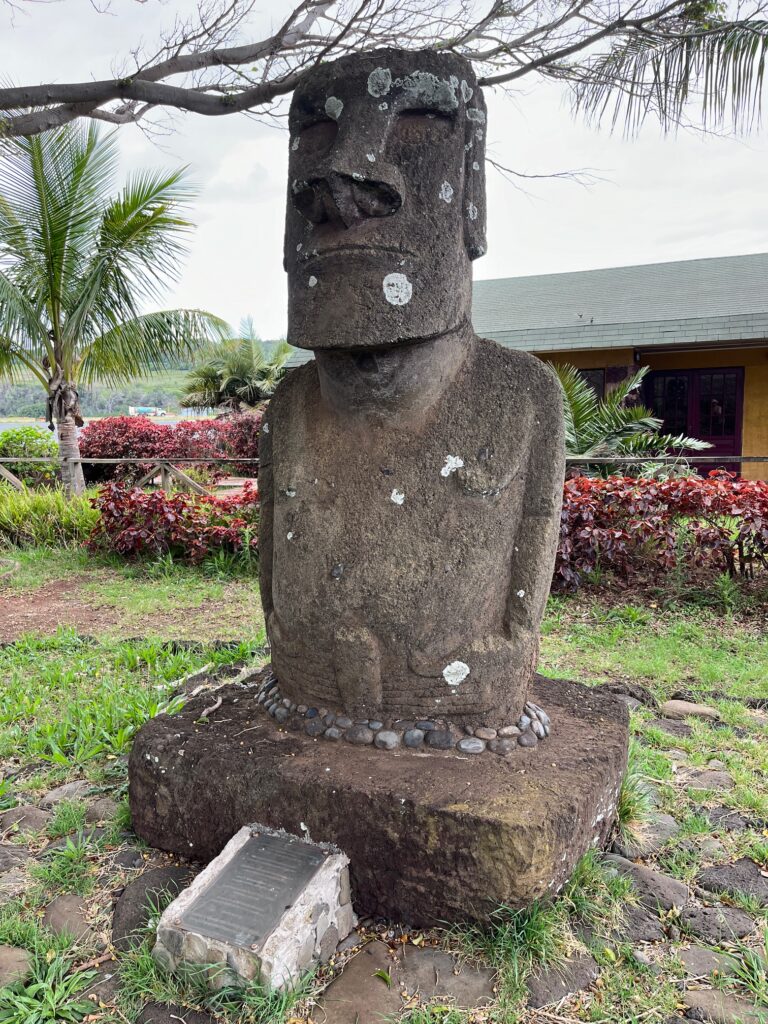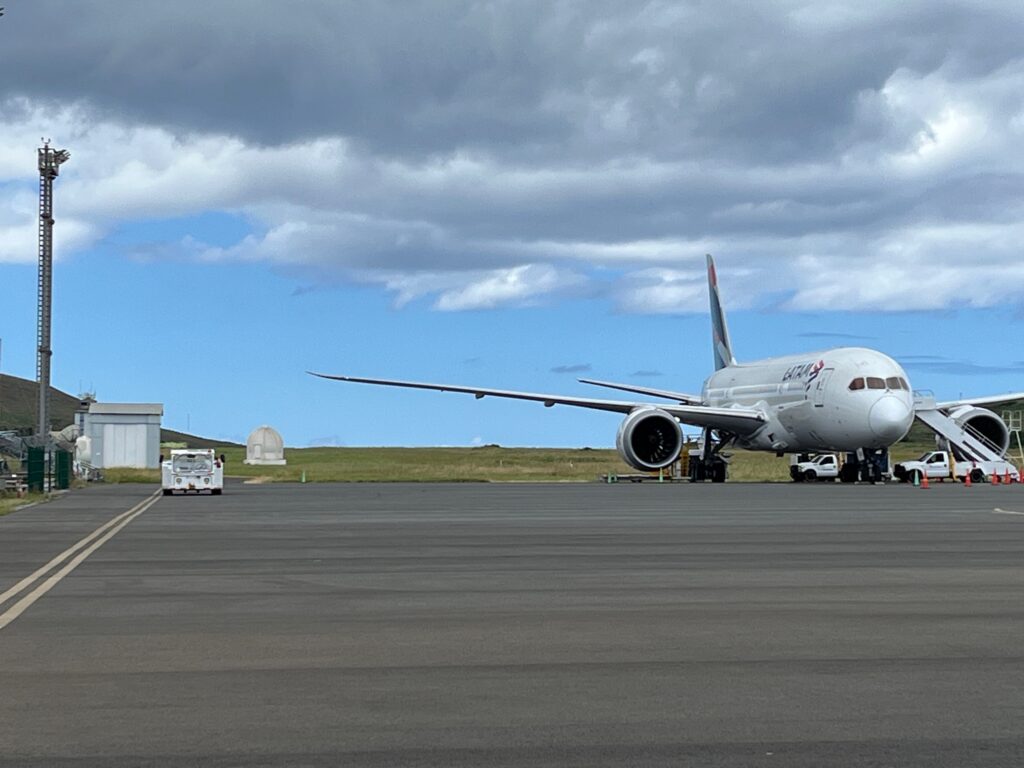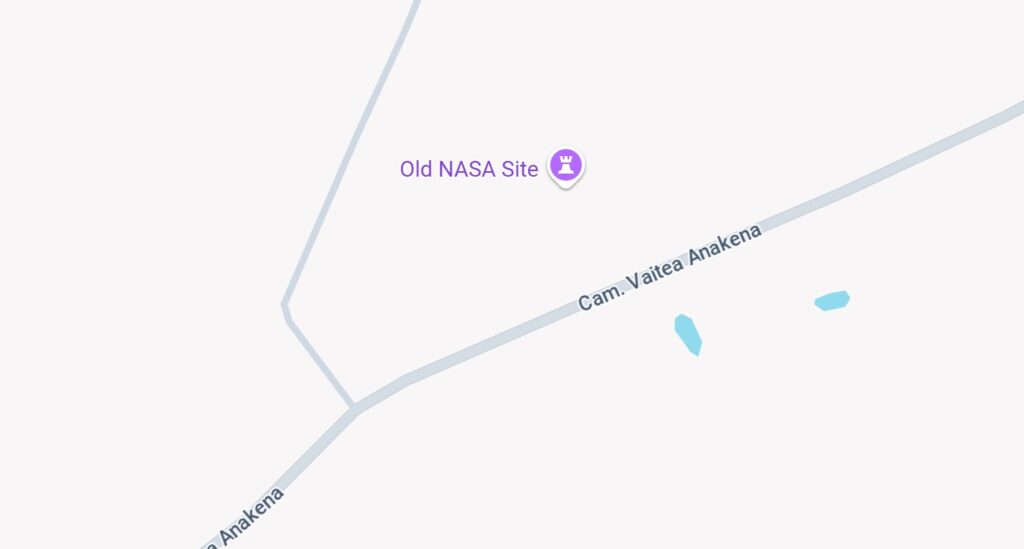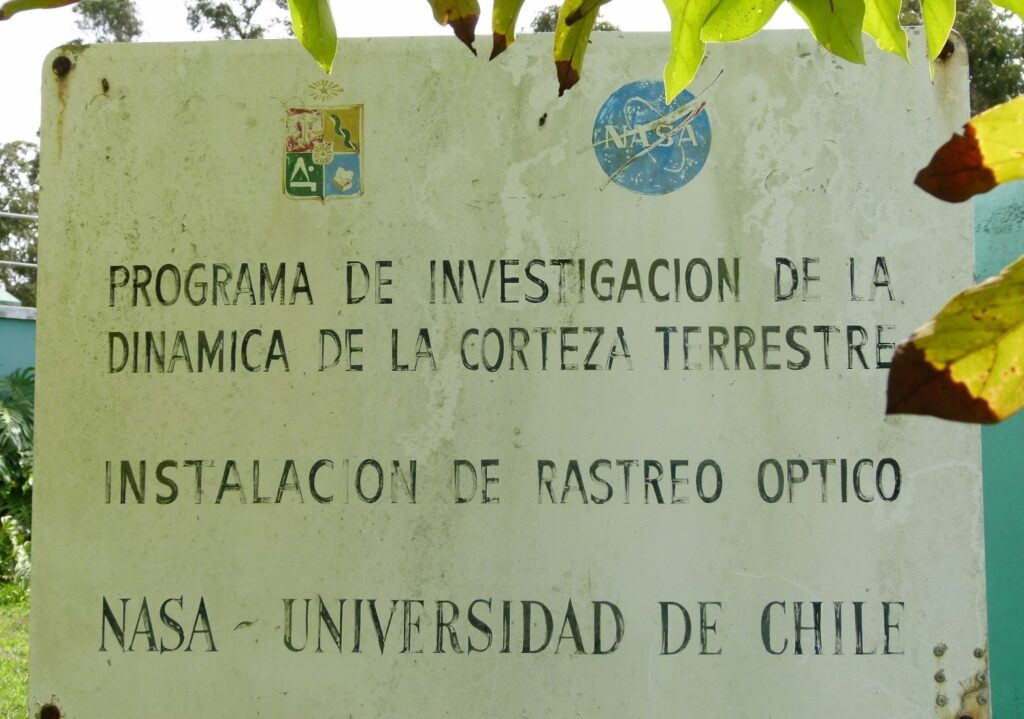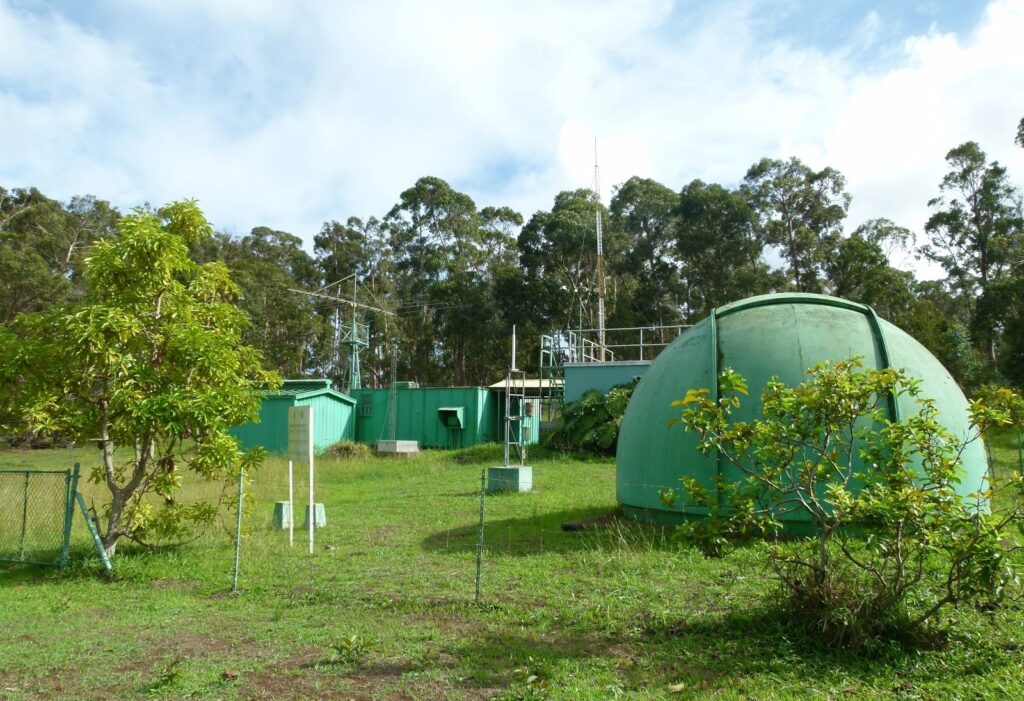What do you think of when you think of Bolivia? Is it the final scene in Butch Cassidy and the Sundance Kid where Paul Newman and Robert Redford make their cinematic last stand near San Vincente, in the south of the country?
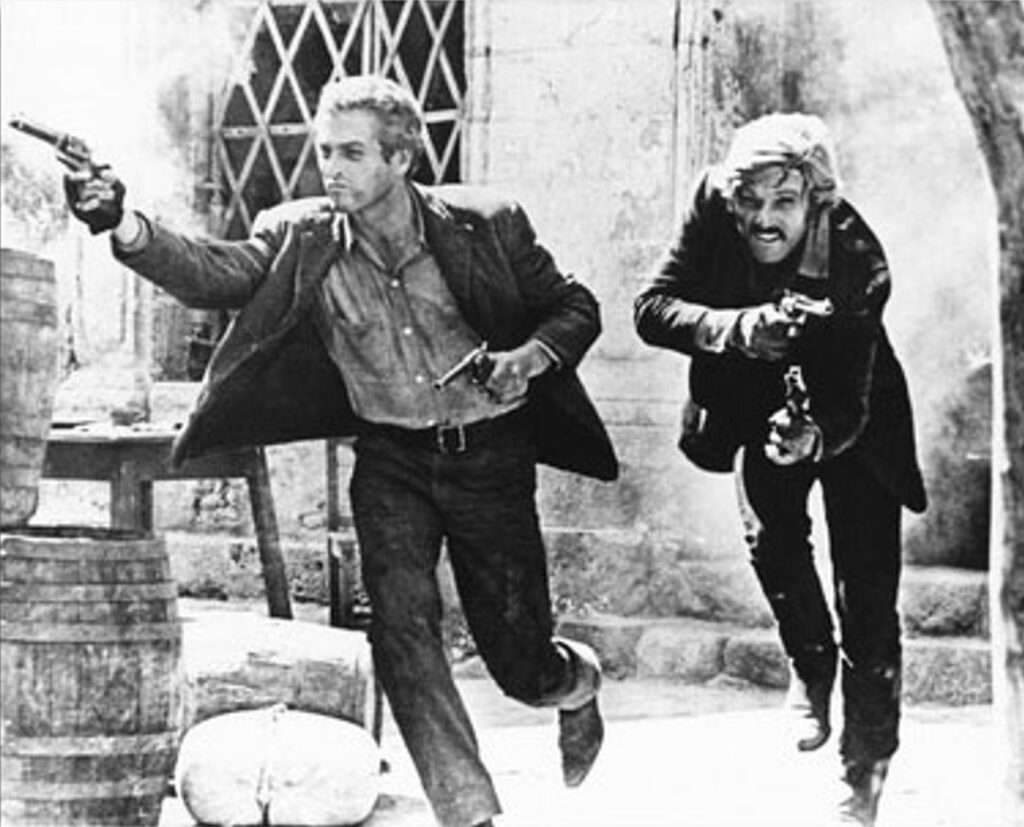
Or maybe Bolivia’s best-known agricultural product, the coca leaf and its derivatives? There’s even a coca museum in La Paz.
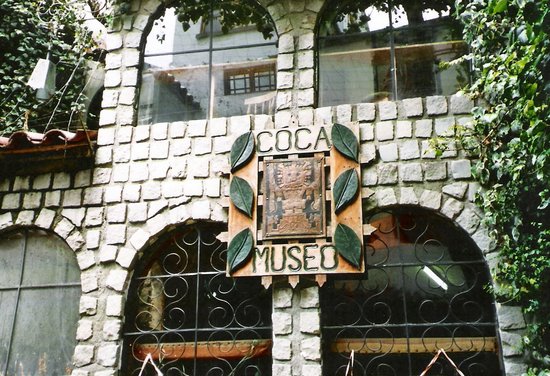
Coca is found in many everyday products here.
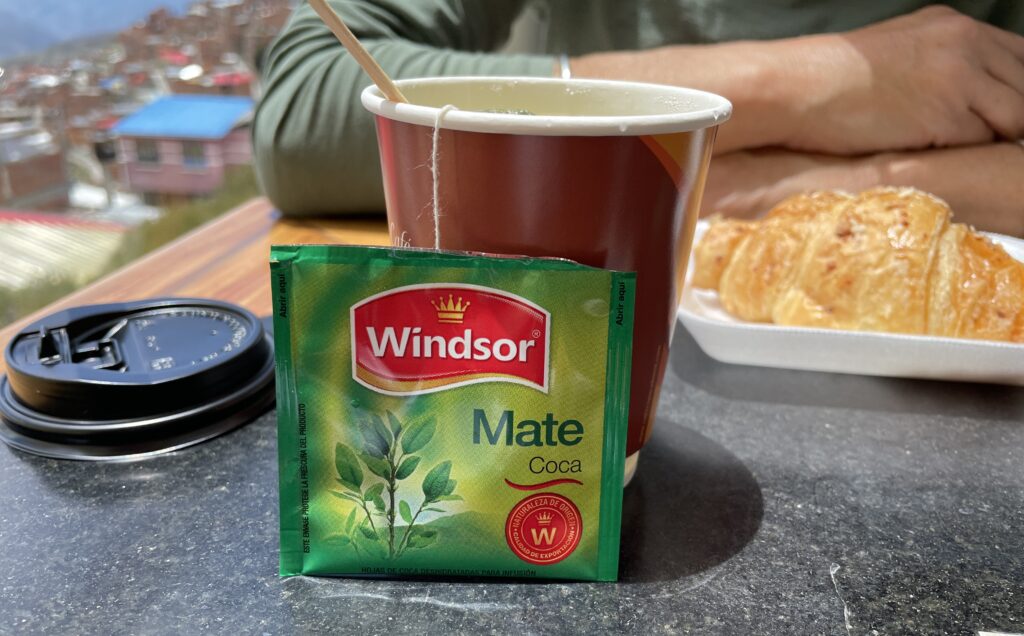
Of course, coca is important to other consumer products.
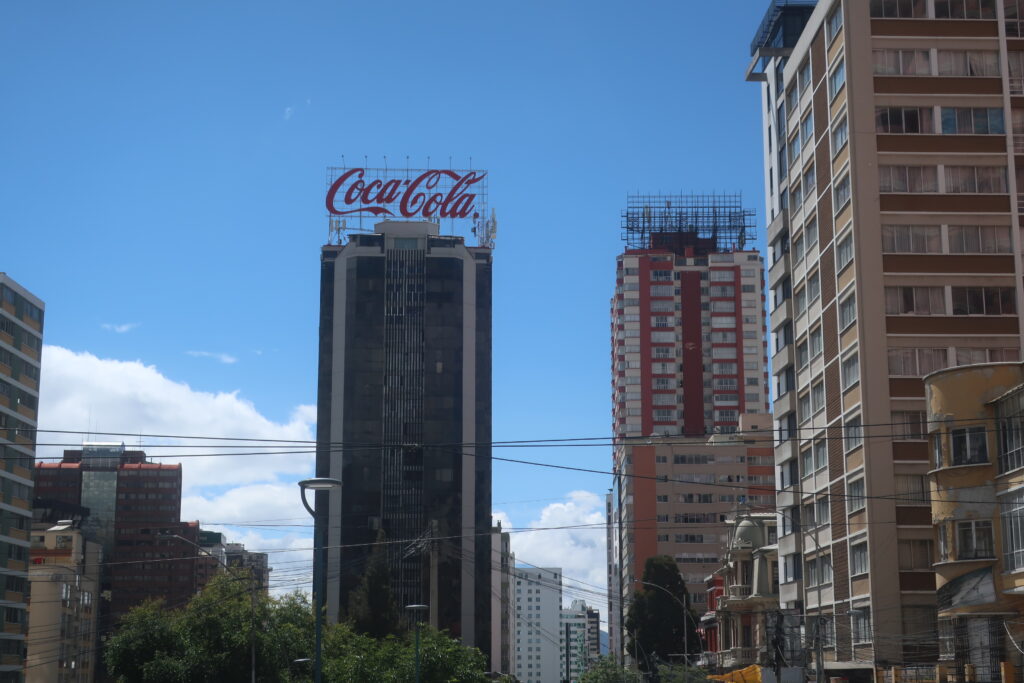
According to Wikipedia:
“When launched, Coca-Cola’s two key ingredients were cocaine and caffeine. The cocaine was derived from the coca leaf and the caffeine from kola nut (also spelled “cola nut” at the time), leading to the name Coca-Cola.
In 1903, the fresh coca leaves were removed from the formula. After 1904, instead of using fresh leaves, Coca-Cola started using “spent” leaves – the leftovers of the cocaine-extraction process with trace levels of cocaine. Since then (by 1929), Coca-Cola has used a cocaine-free coca leaf extract.“
Personally, when I think of Bolivia, I think of the pre-Inca civilization of Tiahuanaco, as exemplified in the iconic Puerta del Sol. Even though I’ve been to Bolivia long ago, I haven’t been to either Tiahuanaco or Lake Titicaca.
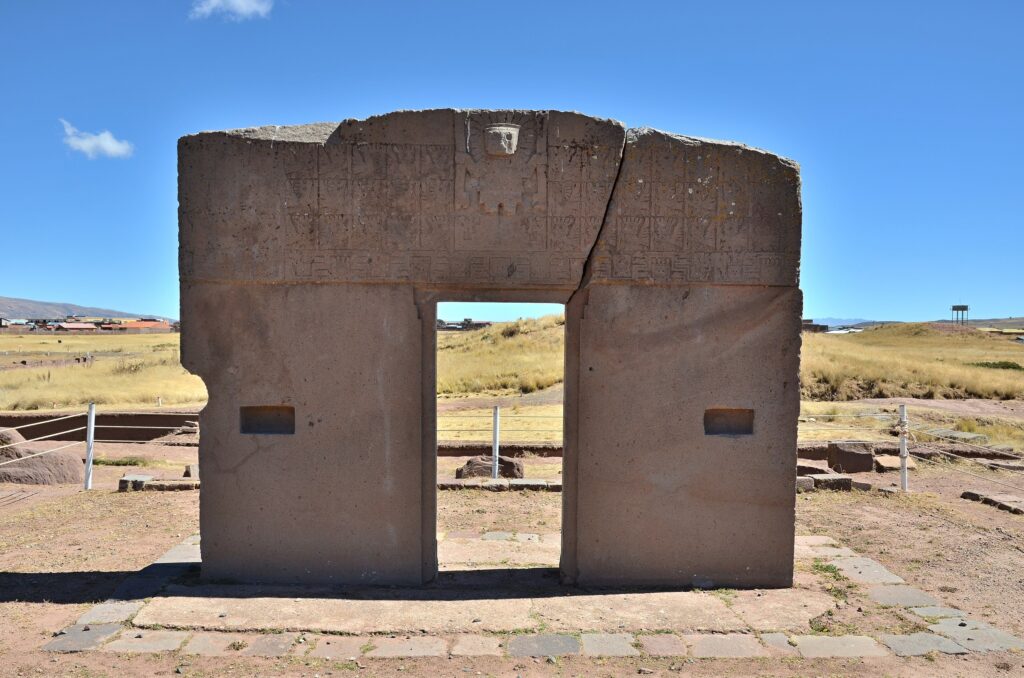
Before our day-trip to Tiahuanaco, we visit the National Archeological Museum in La Paz
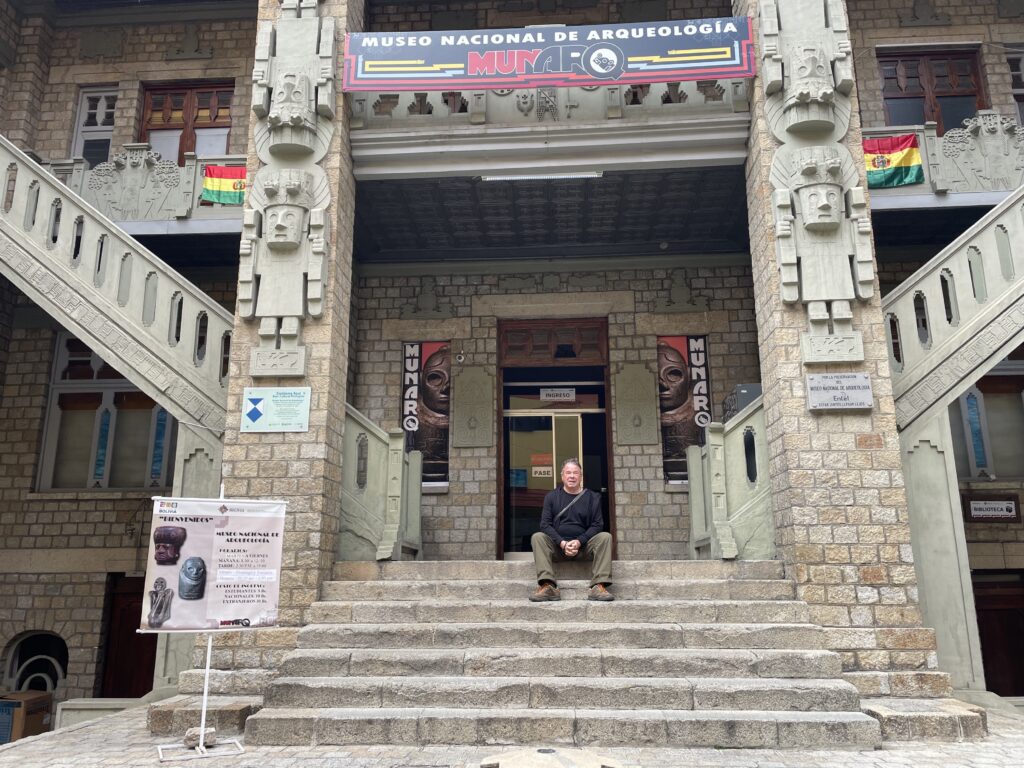
La Paz is a big change from Chile. It’s definitely more third-worldy. It’s cold. And high (3650 metres above sea level.) And it rains a lot.

This is a statue of Christopher Columbus. It has to be fenced off to prevent destruction by irate mobs.
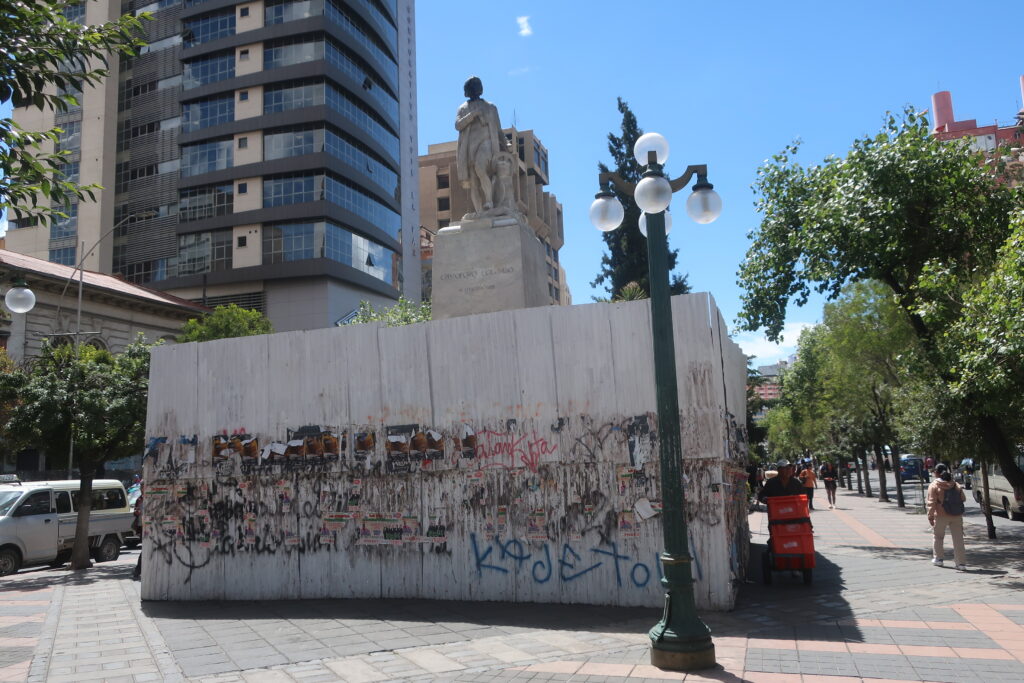
Poor Christopher. Like poor old Sir John A. Macdonald at home, in my lifetime he has been transformed from hero to villain. Manufactured outrage compels folks to prove their 21st century moral superiority over people who have been dead and gone for a long, long time by smashing public property. Statue-toppling seems like a pretty low-IQ endeavor in my book, but that’s just me.
In case you haven’t guessed, this is a personal bugbear of mine. It annoys me that statue-topplers always claim to be acting in the spirit of ‘social justice’, but it’s a sad fact that dumb people just like to break stuff.
While in La Paz, we visit a few markets.
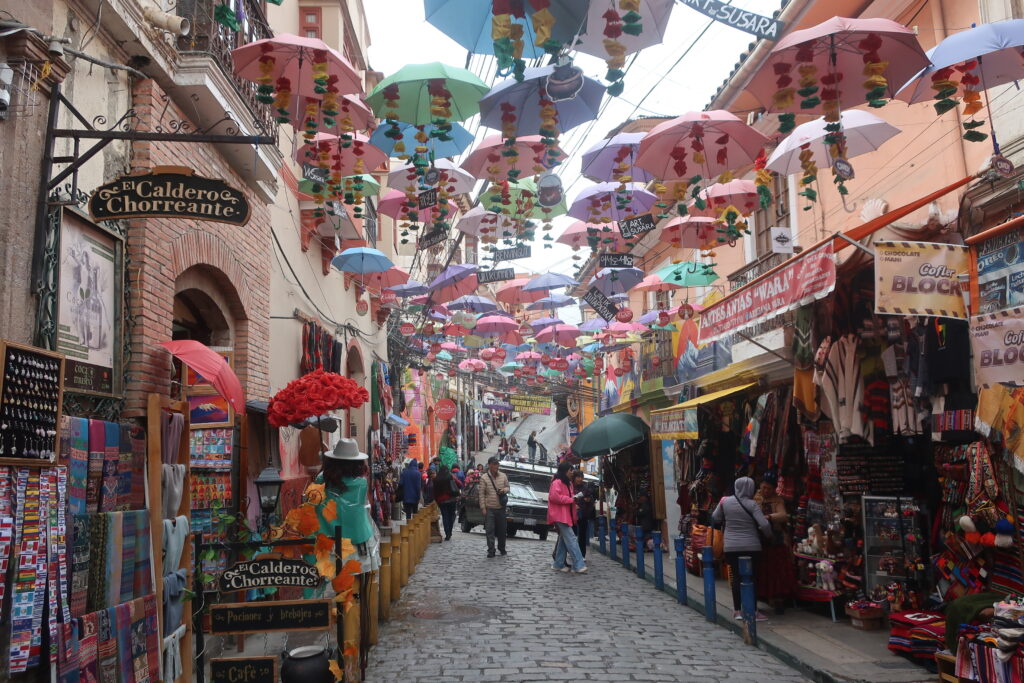
The Mercado de las Brujas has all kinds of witchy ingredients.
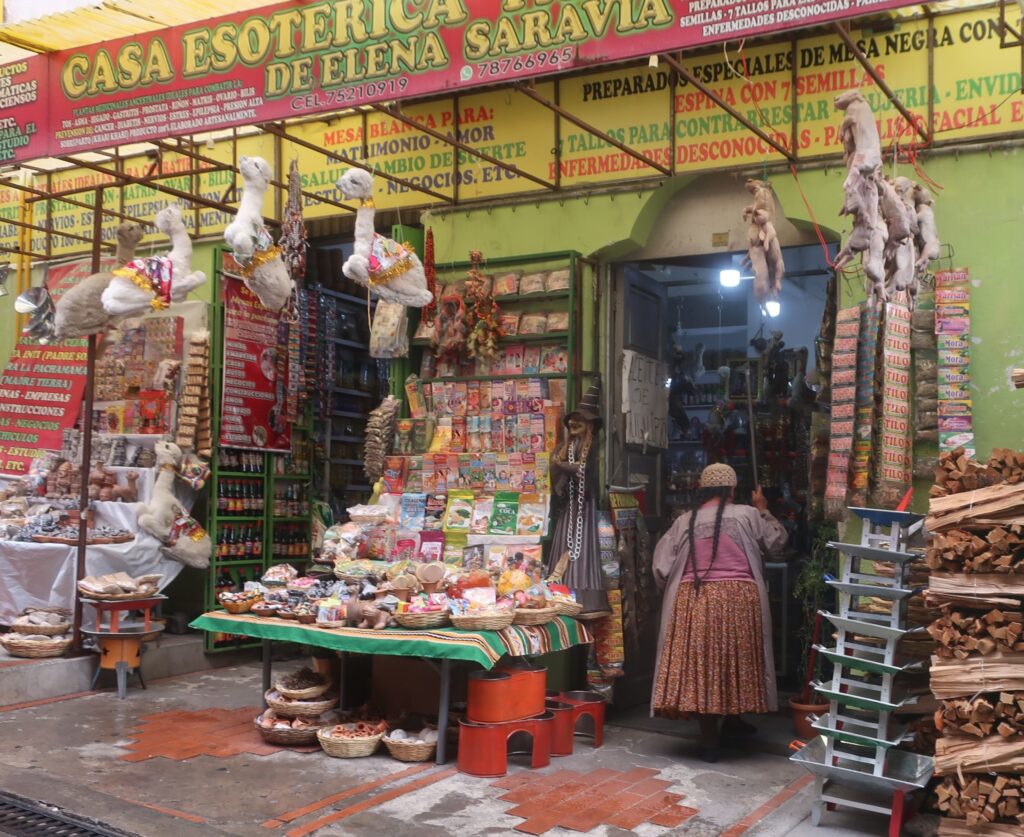
There seems to be a market on every second street. This means things can get a little congested.
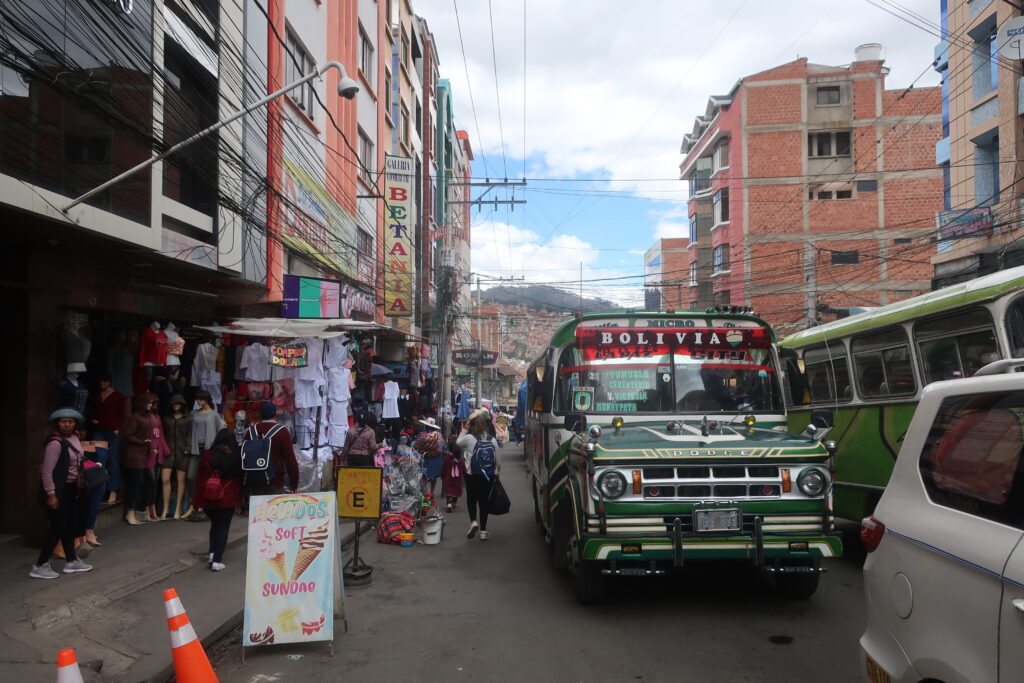
I remember these Blade Runner-ish conditions from my last visit. The population has probably doubled since then.
Indigenous women in Bolivia seem to be strangely, um, rotund.
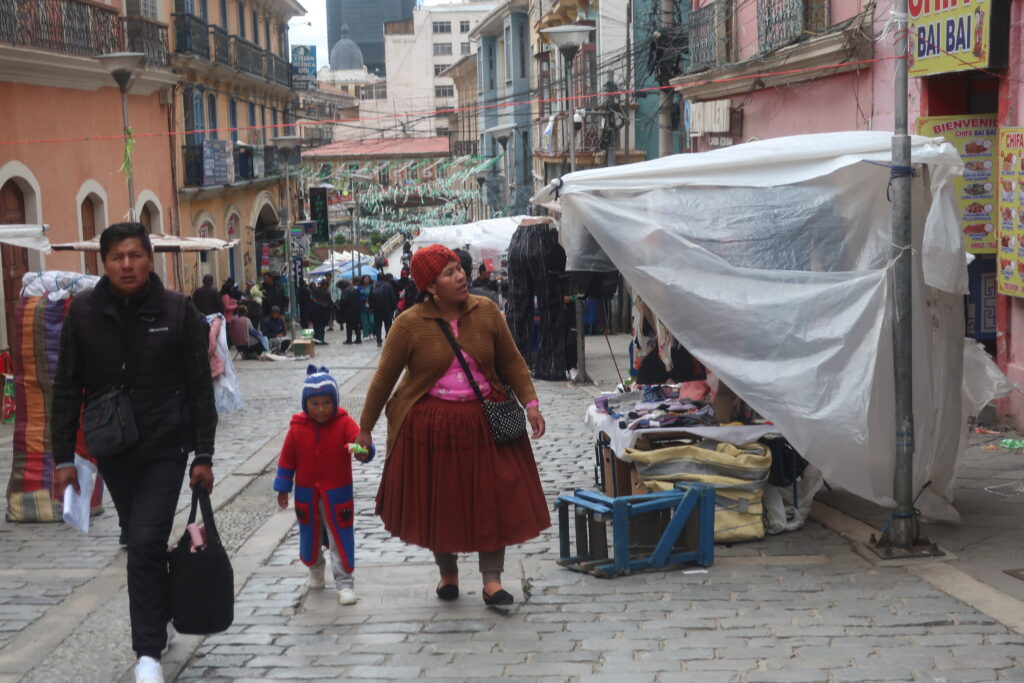
We think that some kind of hoop device is worn under the skirt.
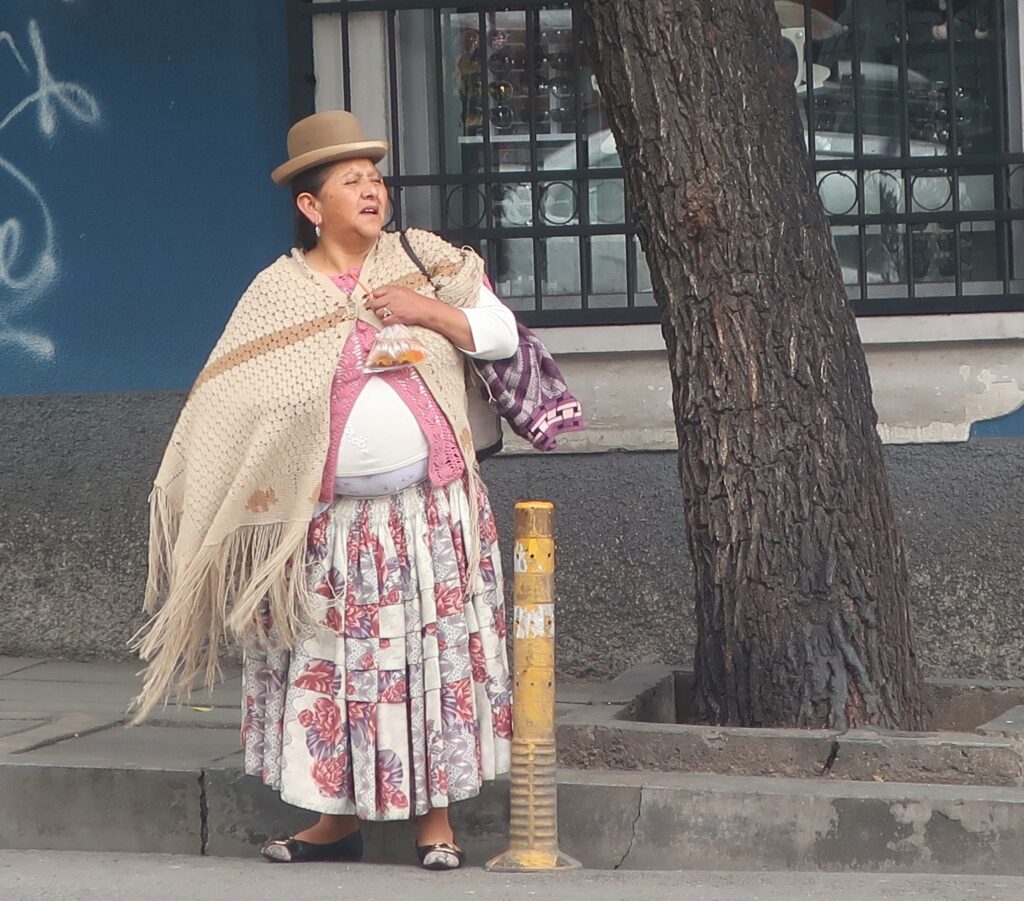
The demonym for someone from La Paz is ‘Paceño’. (We learn this after buying a local beer of that name.)
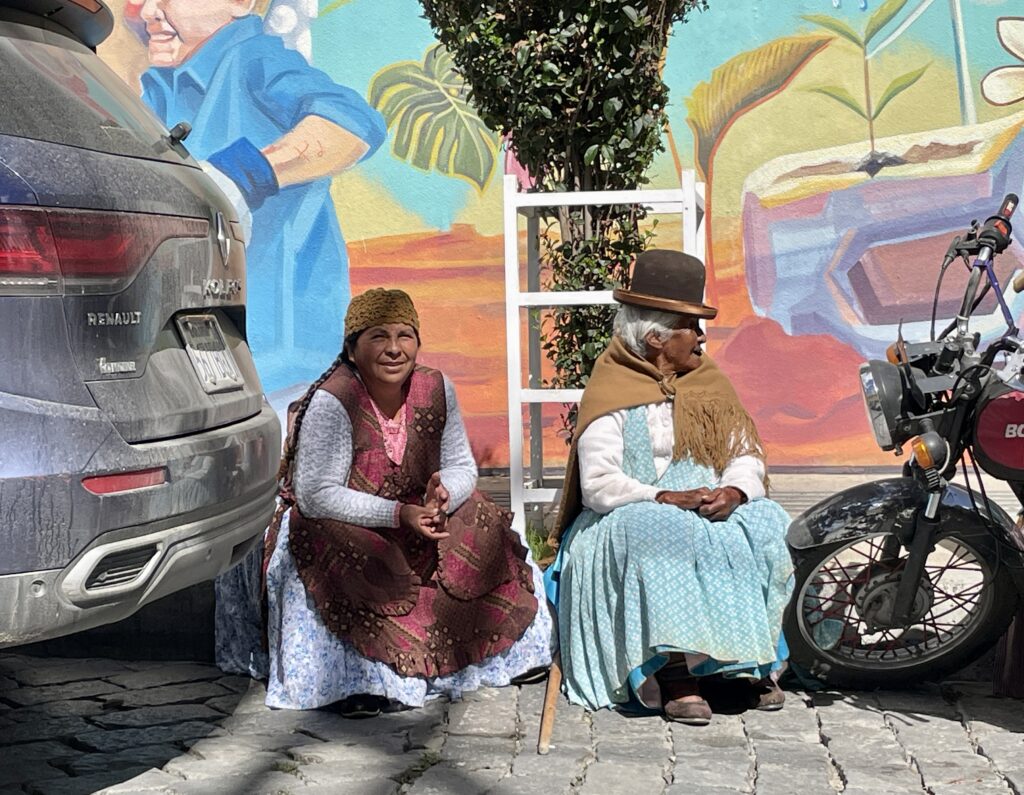
People sell handicrafts on every street corner.
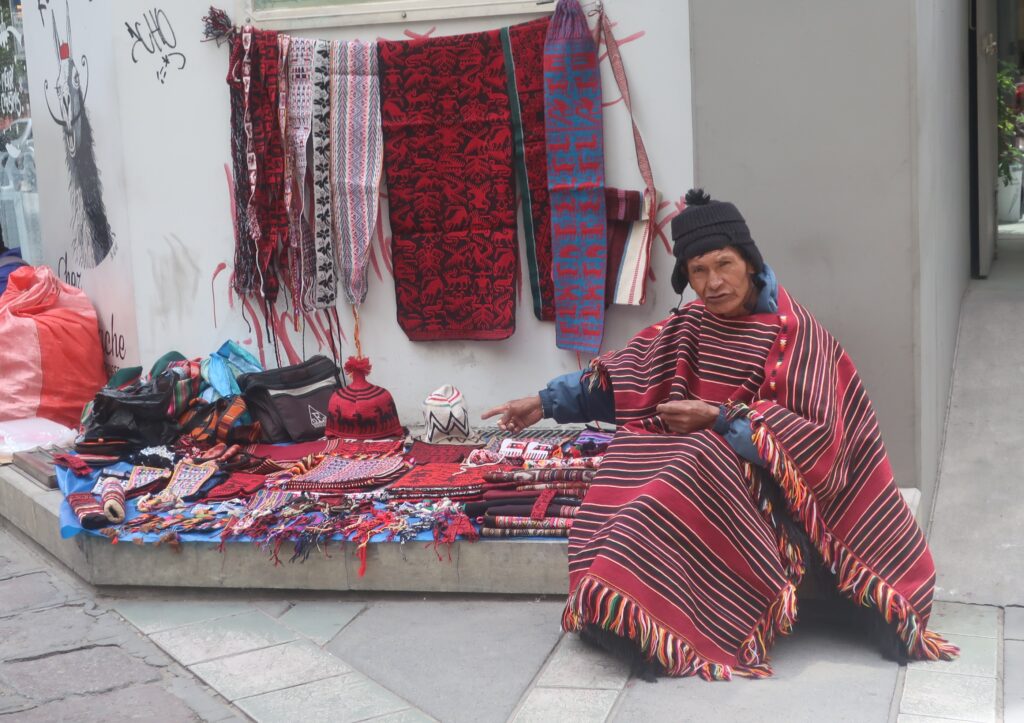
The day arrives for our tour to Tiahuanaco. This was one of the remarkable pre-Incan (let alone pre-Columbian) civilizations that sprouted up on the continent.
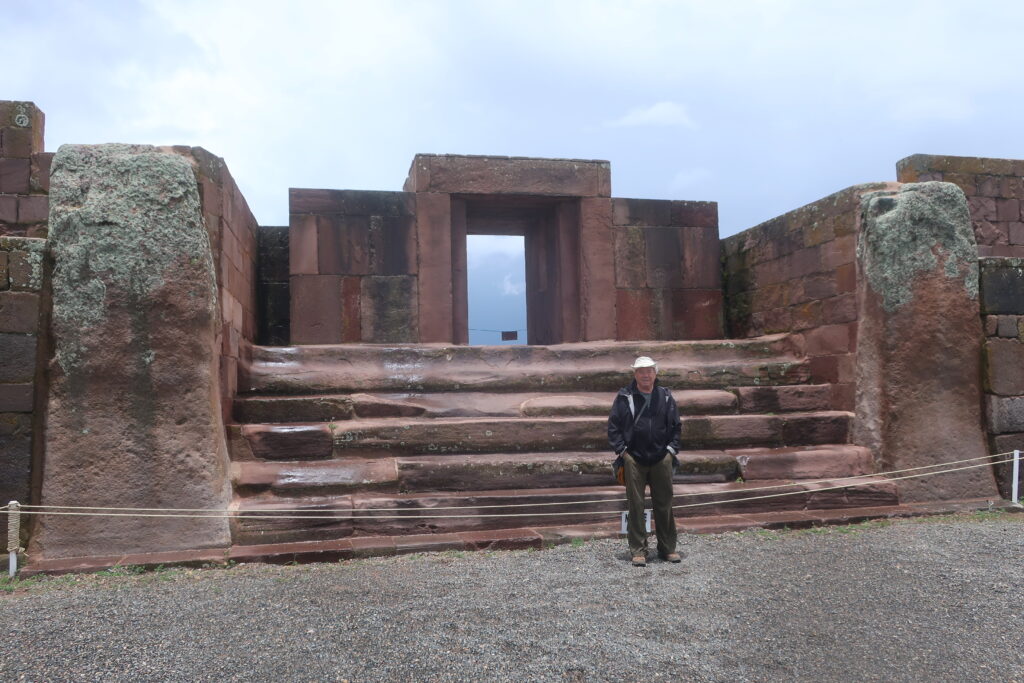
This gate was used by Evo Morales at his inauguration. Bolivia’s first Indigenous president, Morales led the country from 2006 to 2019 and was extremely popular until he tried to bypass the constitution and seek – surprise! – a fourth term.
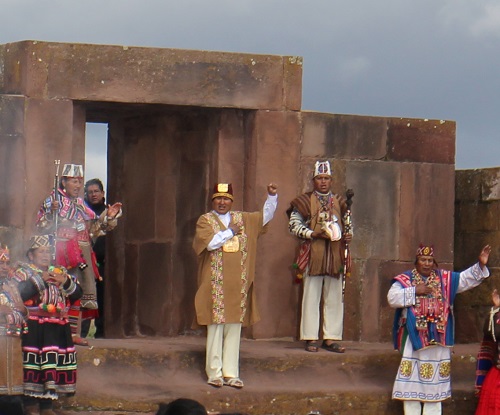
As usual for politicians everywhere, the rot sets in after a certain amount of time in office. Now he’s famous for impregnating underage girls and building himself a luxurious presidential palace atop a skyscraper in La Paz.
Back to Tiahuanaco: in the small onsite museum, we see a statue of the Decapitator Deity.
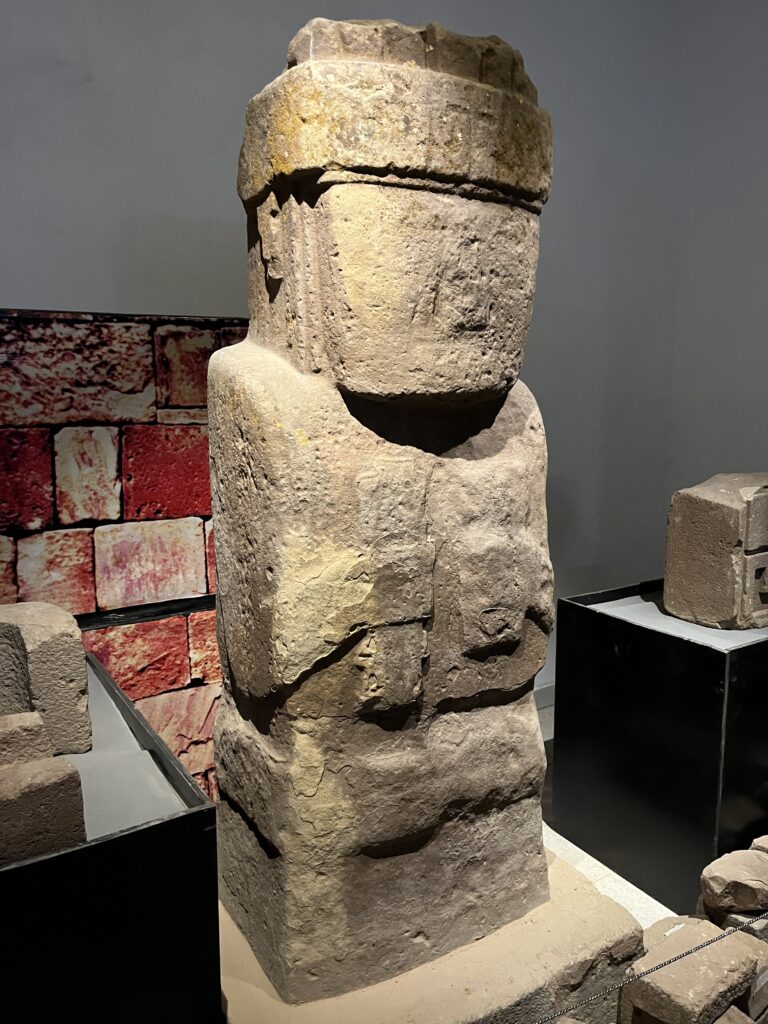
We were amused to learn about this Tiahuanacan deity in the Archeological Museum in La Paz. He is usually shown carrying around the severed heads of his victims.
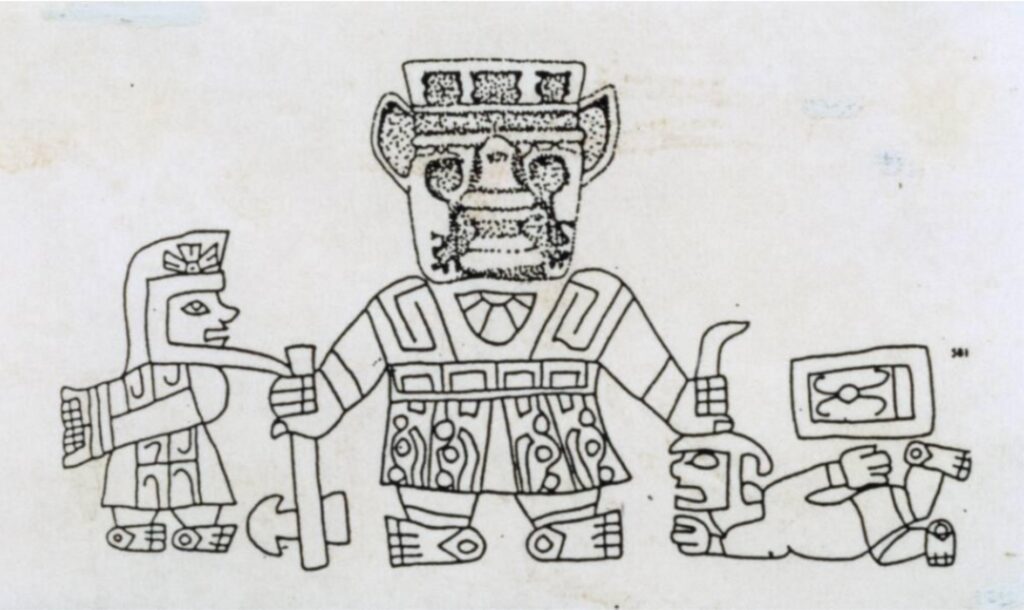
The name reminds us of either a WWE wrestler or the next Schwarzenegger movie.
Some parts of Tiahuanaco have been restored, with mixed results.
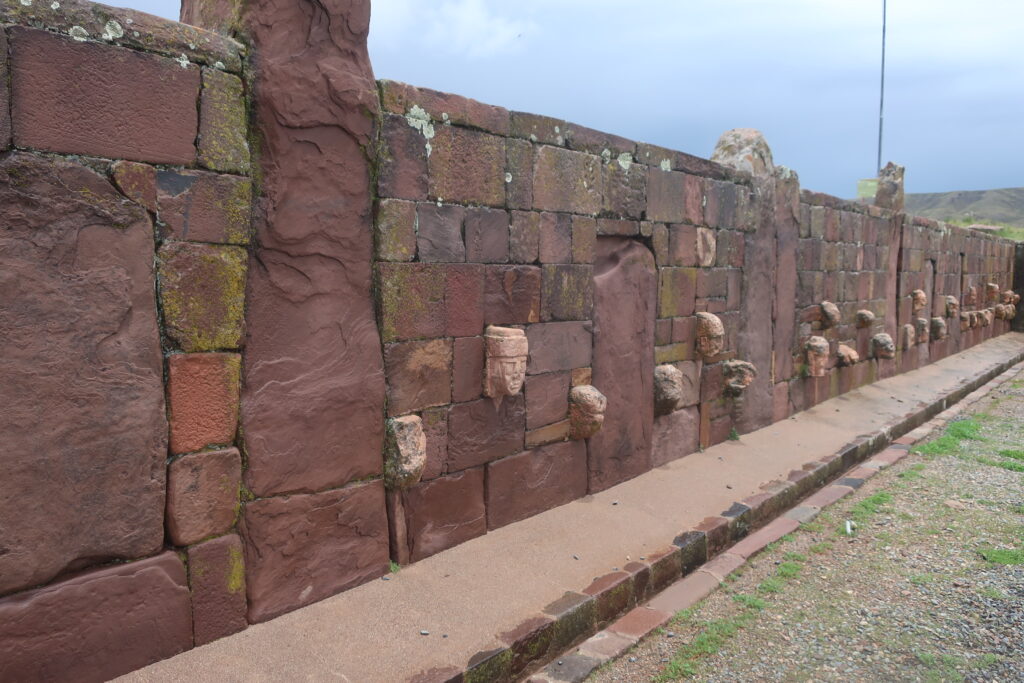
It’s a cold, rainy day when we visit, but we make the best of it.
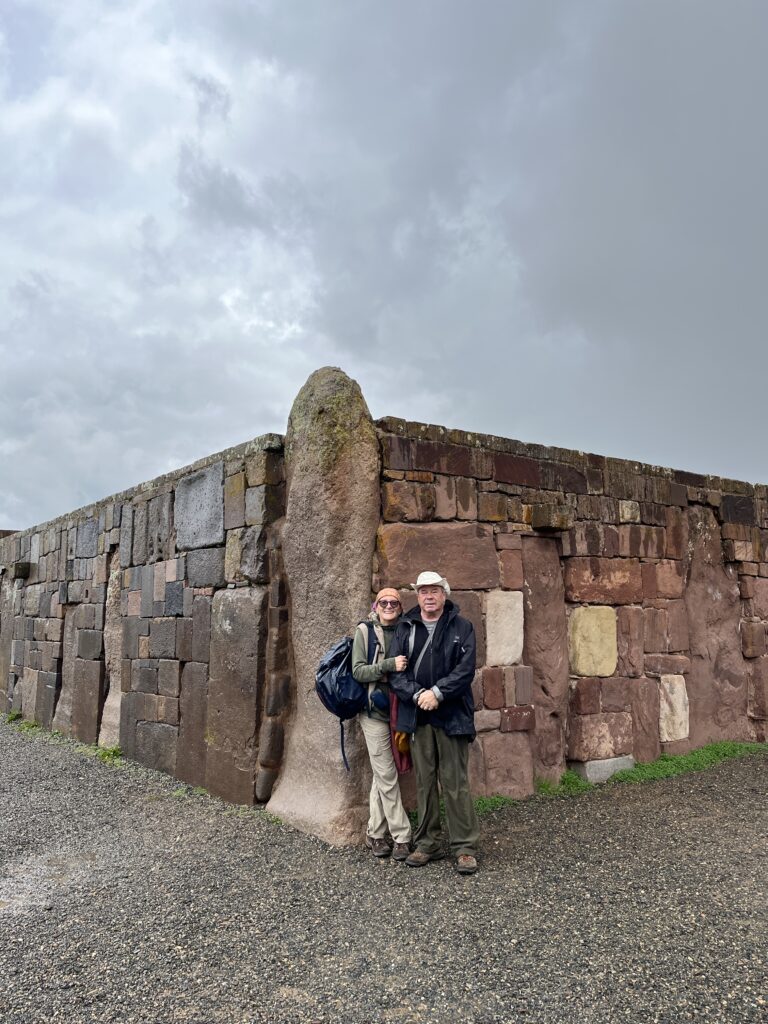
When we finally get to the Puerta del Sol, it’s a bit disappointing to see how small it is. I thought it was Arc de Triomph-sized (see photo of the Puerta above). It doesn’t help when we are pummeled by a punishing hailstorm in the few minutes we have in which to view it.
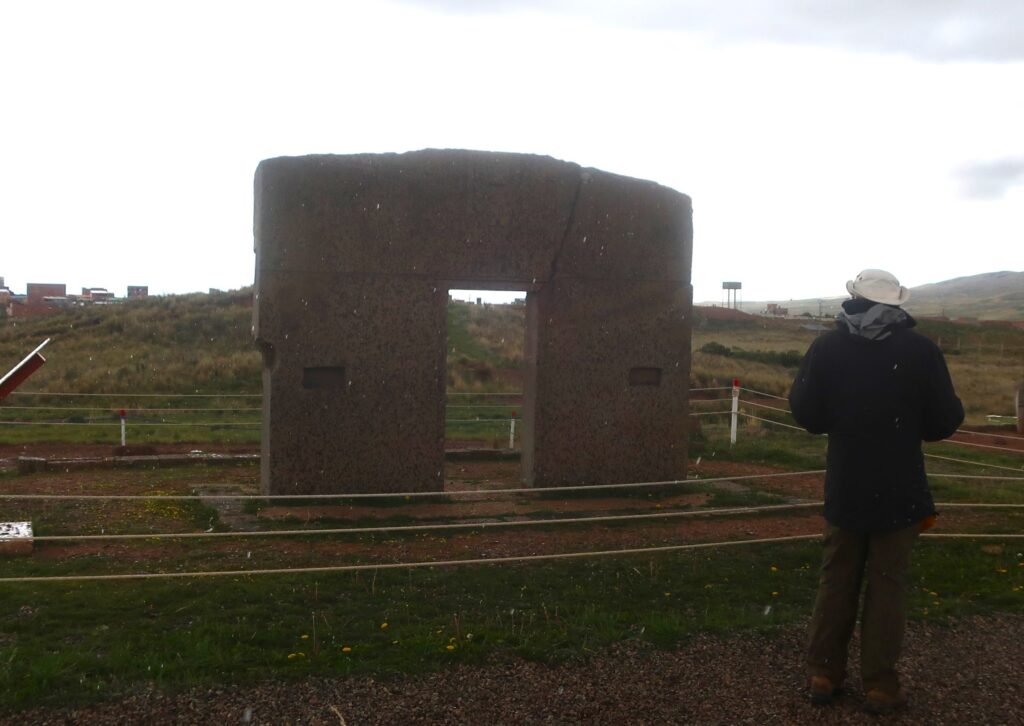
Lake Titicaca is nearby. In olden days, it came up to the city itself.
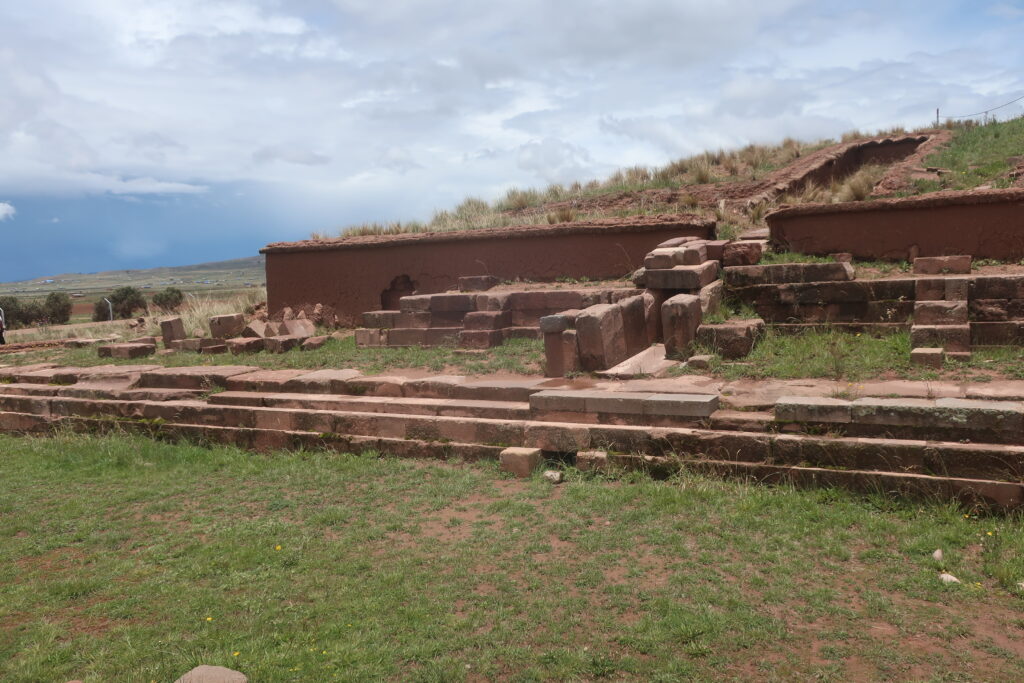
Sight or Insight of the Day
One major improvement in La Paz since I was last here: the wonderful teleférico network that crisscrosses the city.
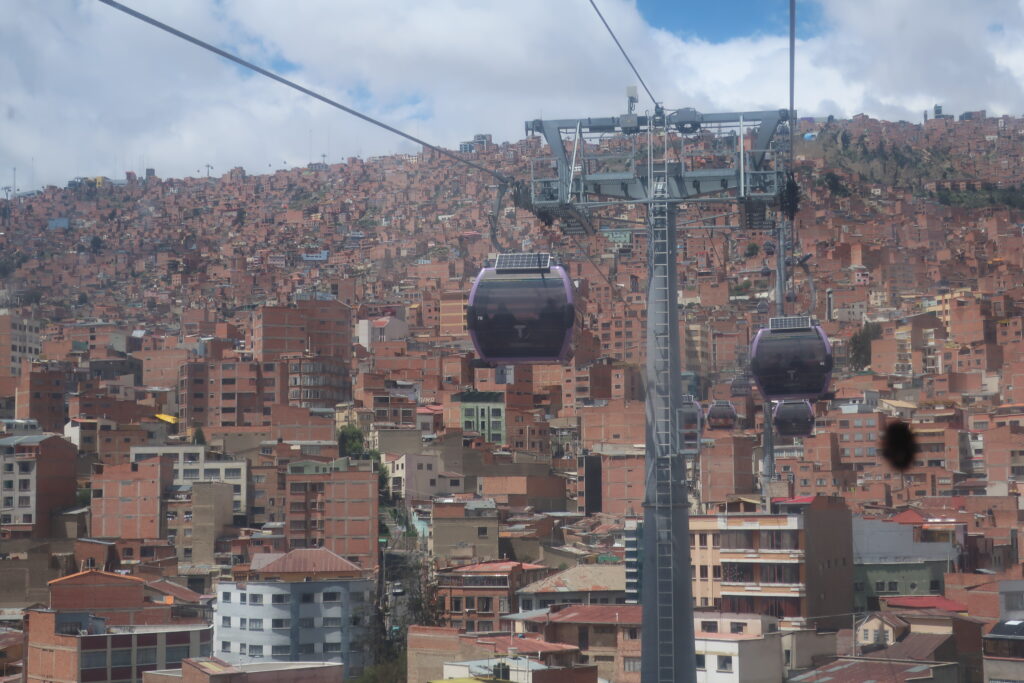
Produced by a hybrid Austrian-Swiss company (not surprising, since those two countries seem to have a duopoly on the global market for ski lifts and cable cars), it’s the ideal way to avoid the chaos of terrestrial travel in La Paz.
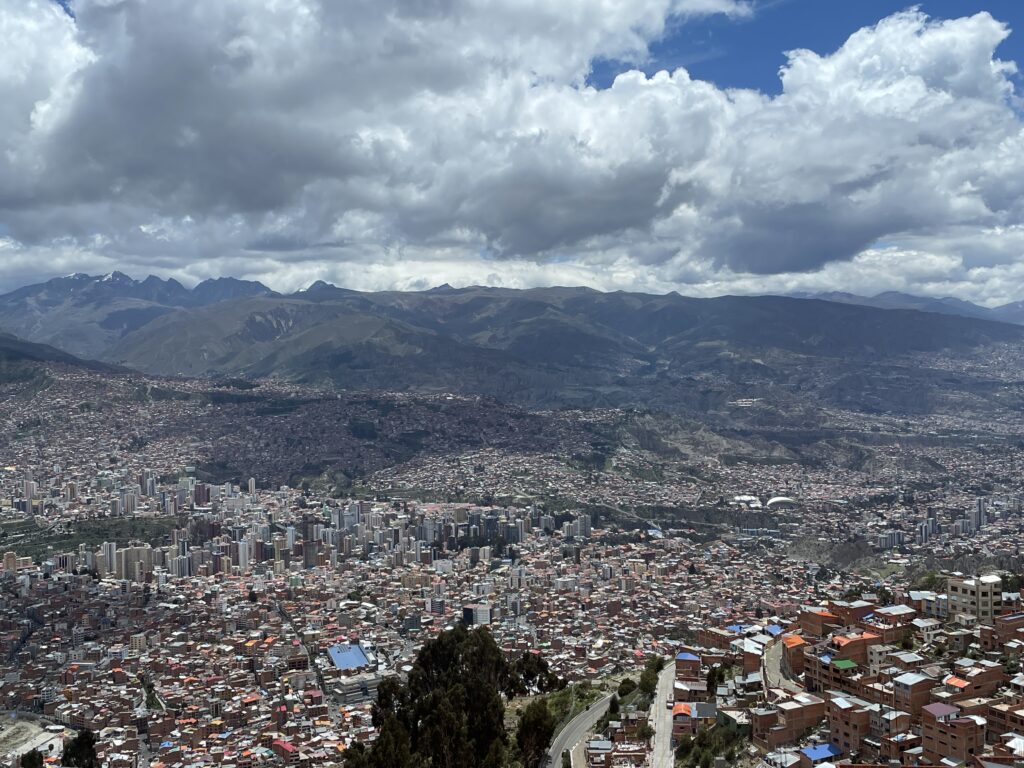
It goes almost everywhere. It is safe, clean, comfortable, efficient, and quiet.
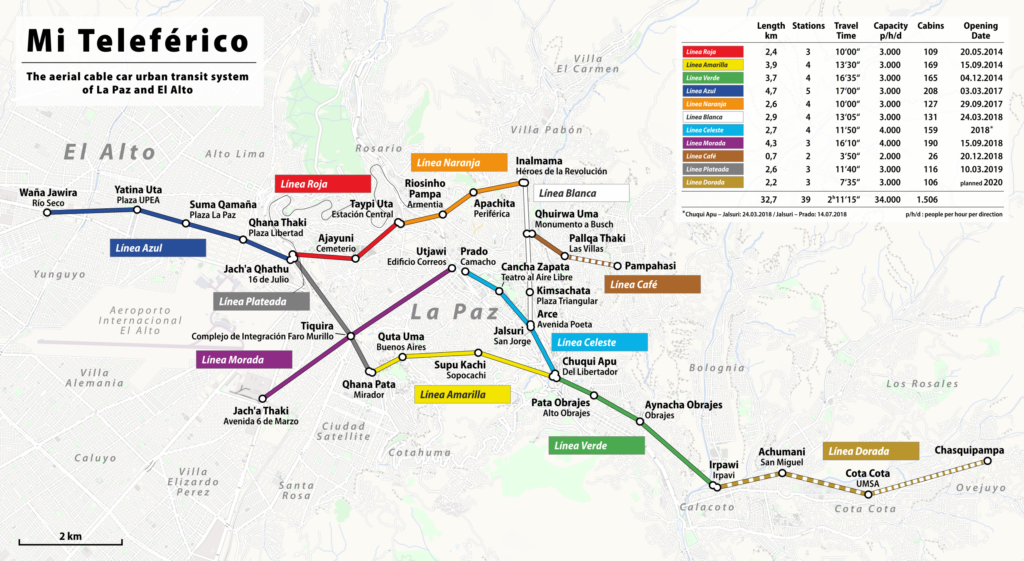
La Paz is in a sort of crater – a valley, really – so it’s a city of steep hills. You get a great view of the surrounding mountains from the rim.
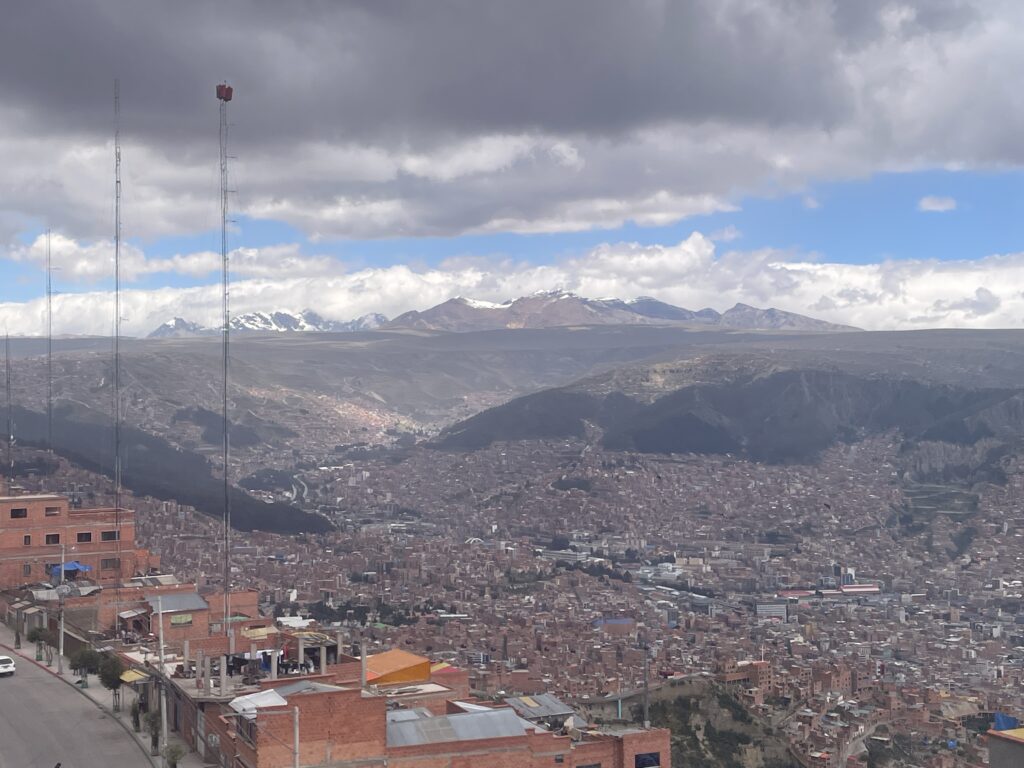
You also get a bird’s-eye view of the street life below.
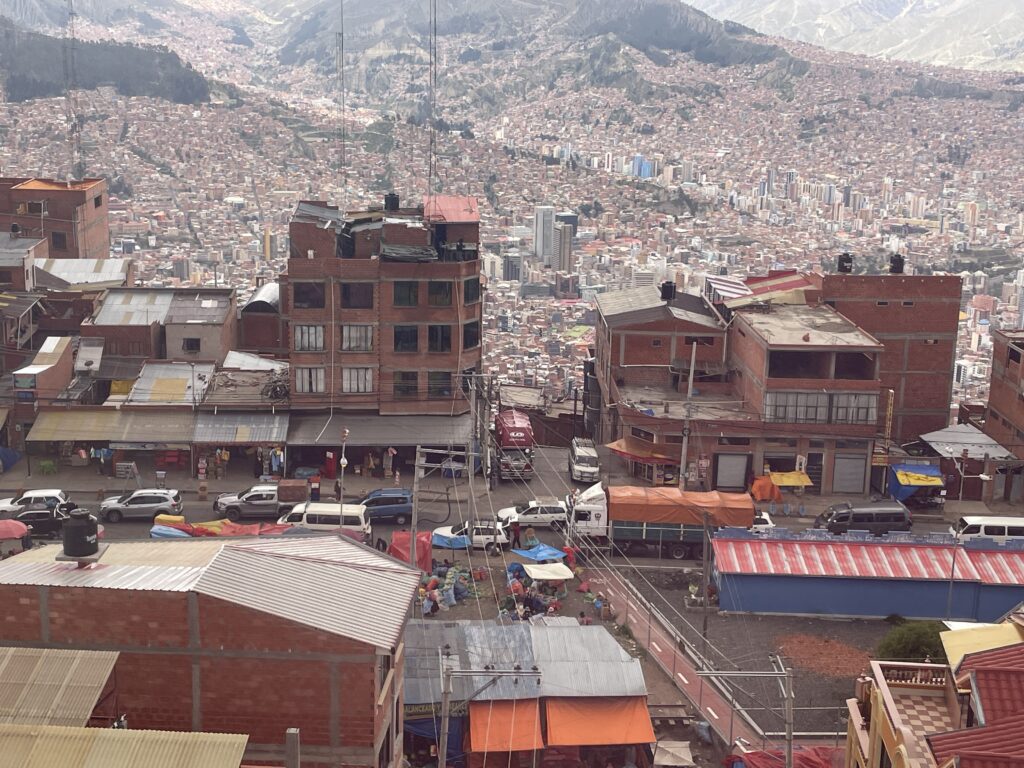
The system is quite new – it opened in 2014. It’s probably the most modern thing in Bolivia.
